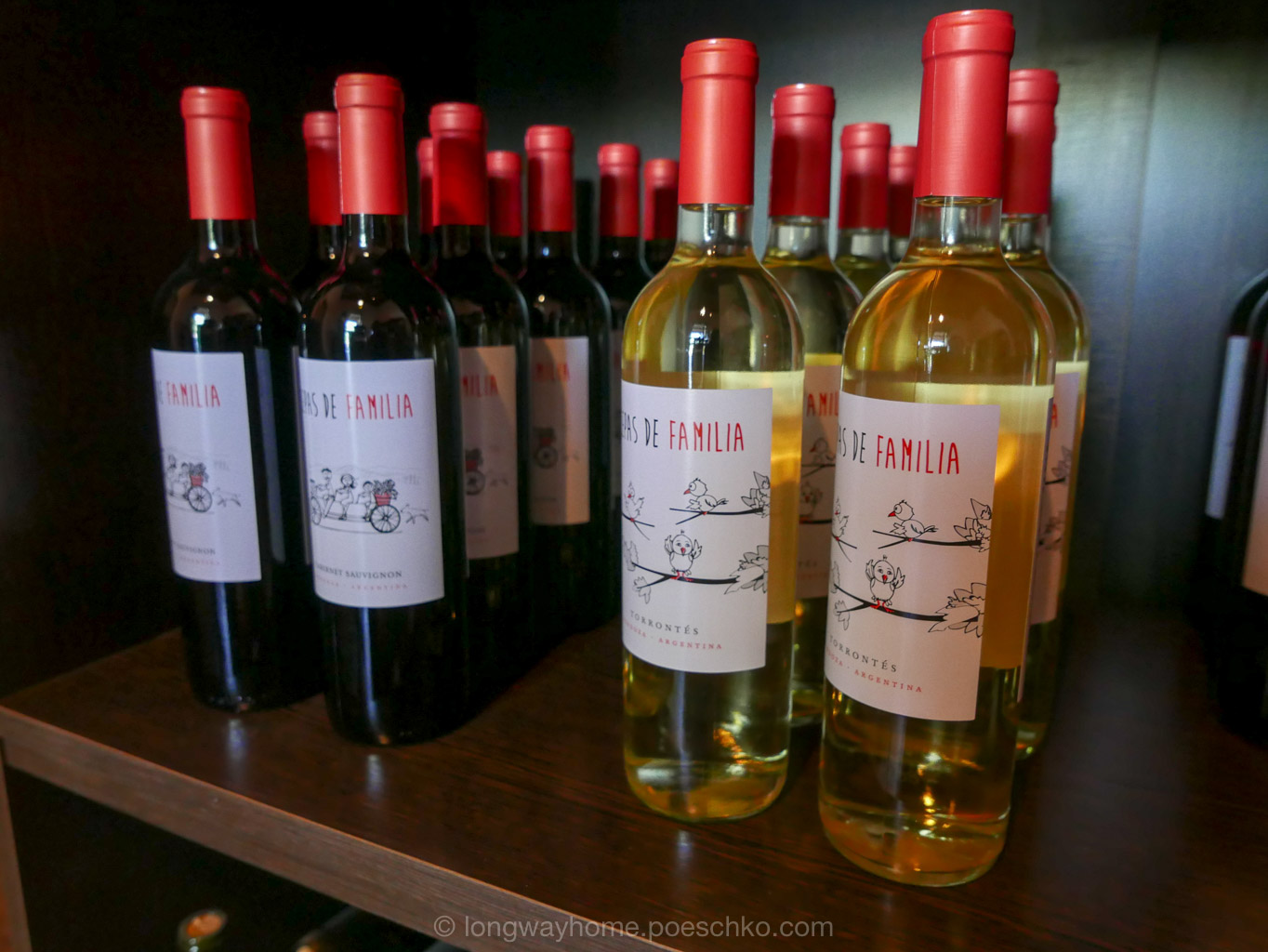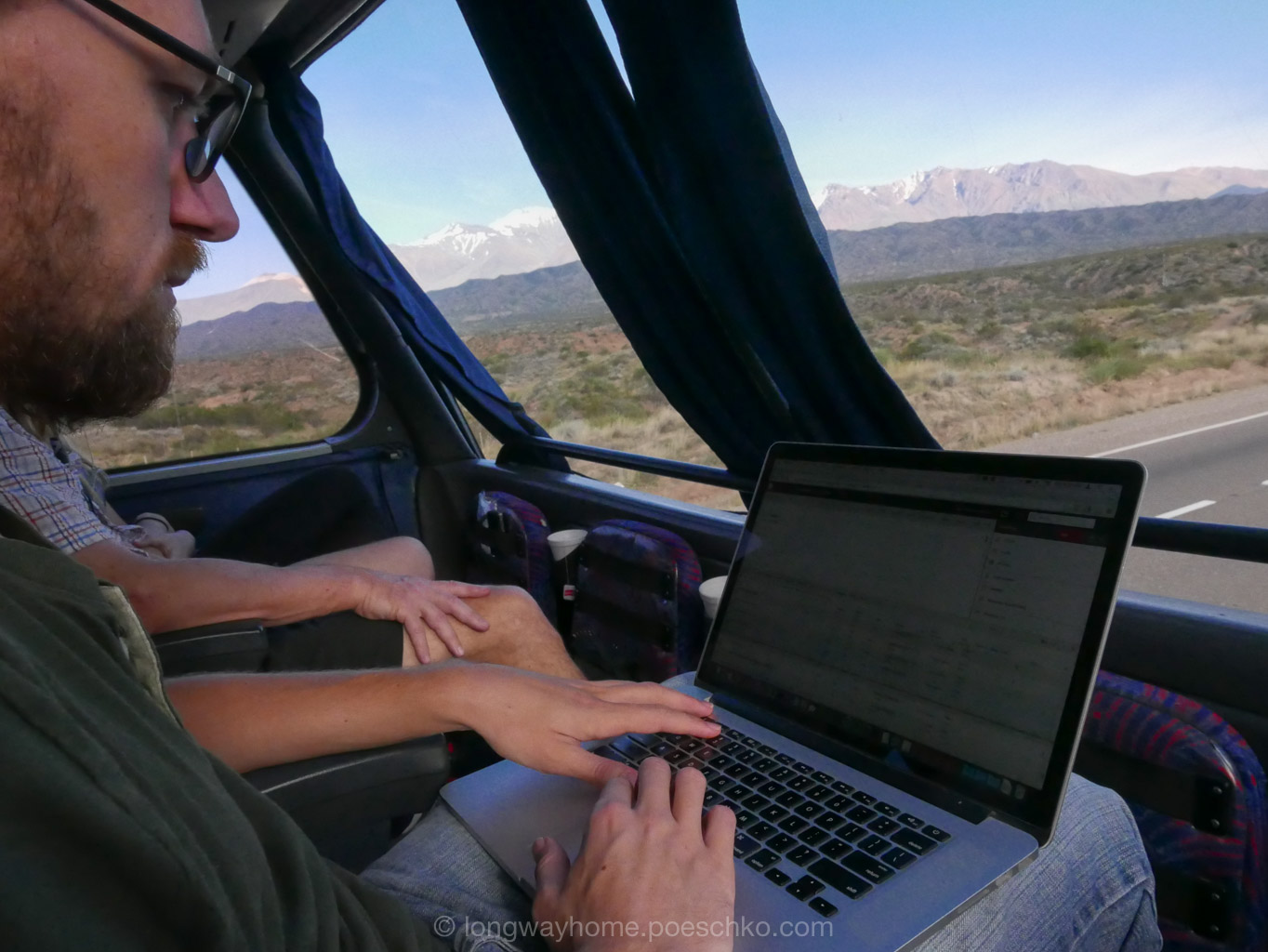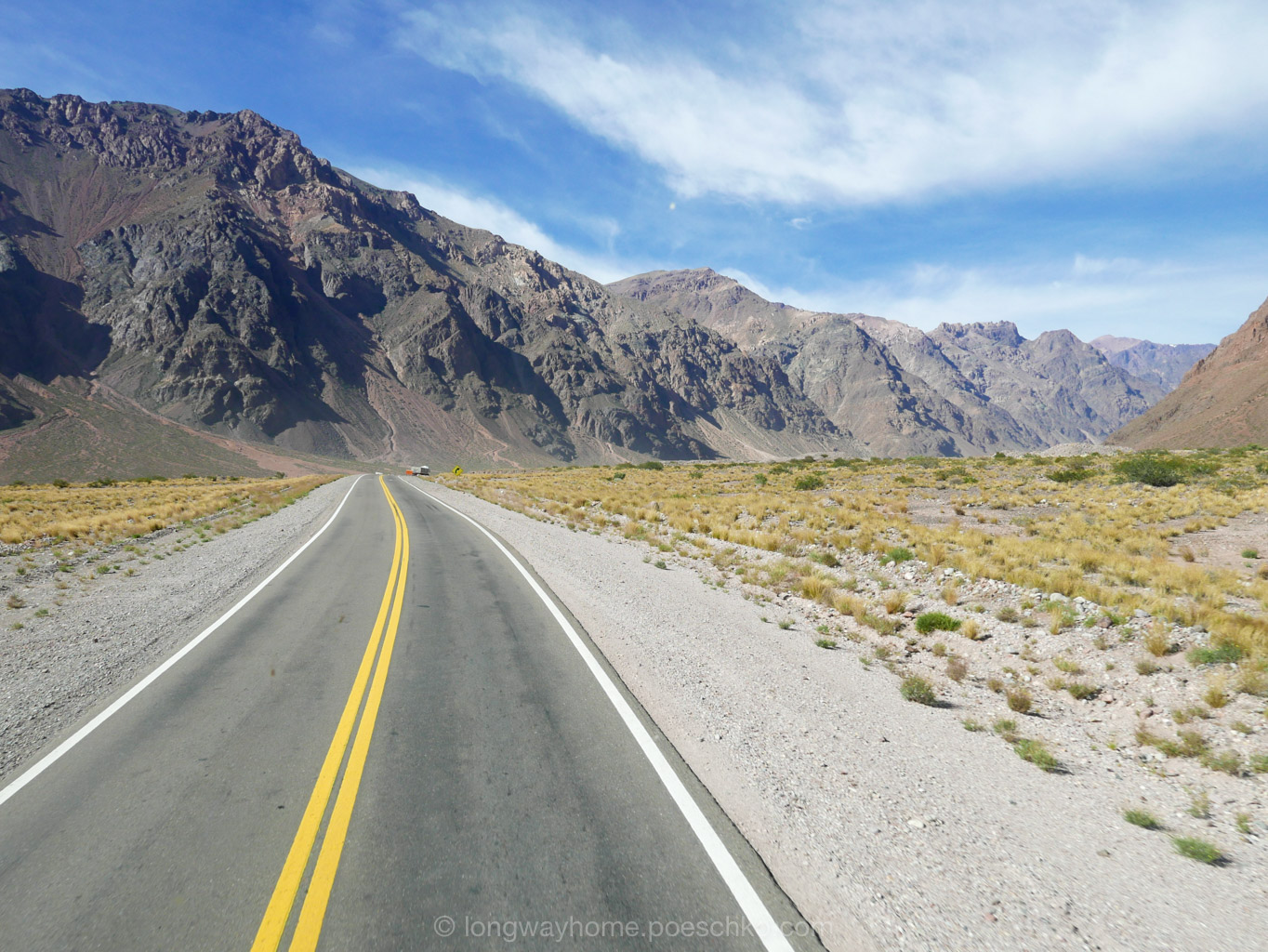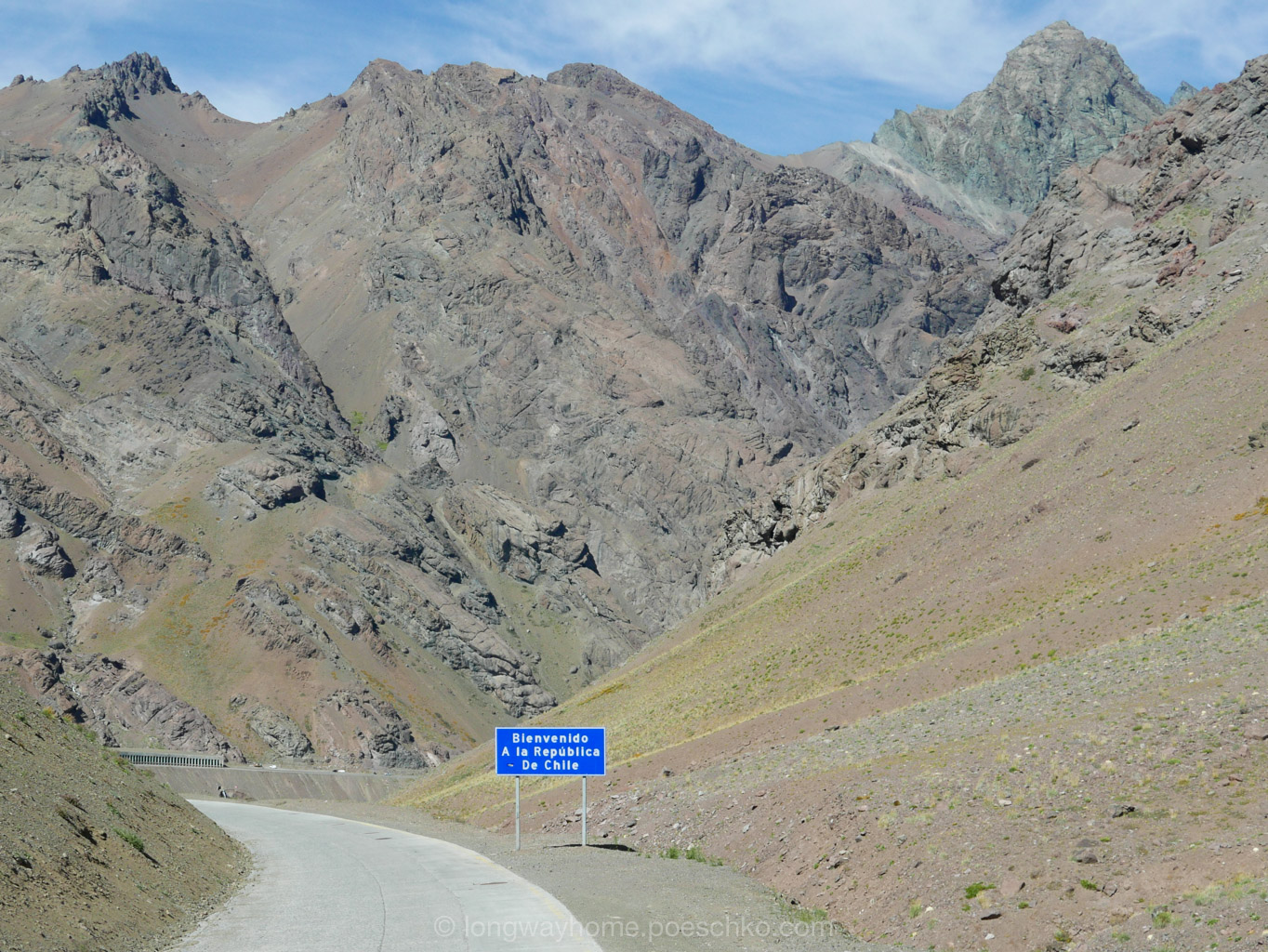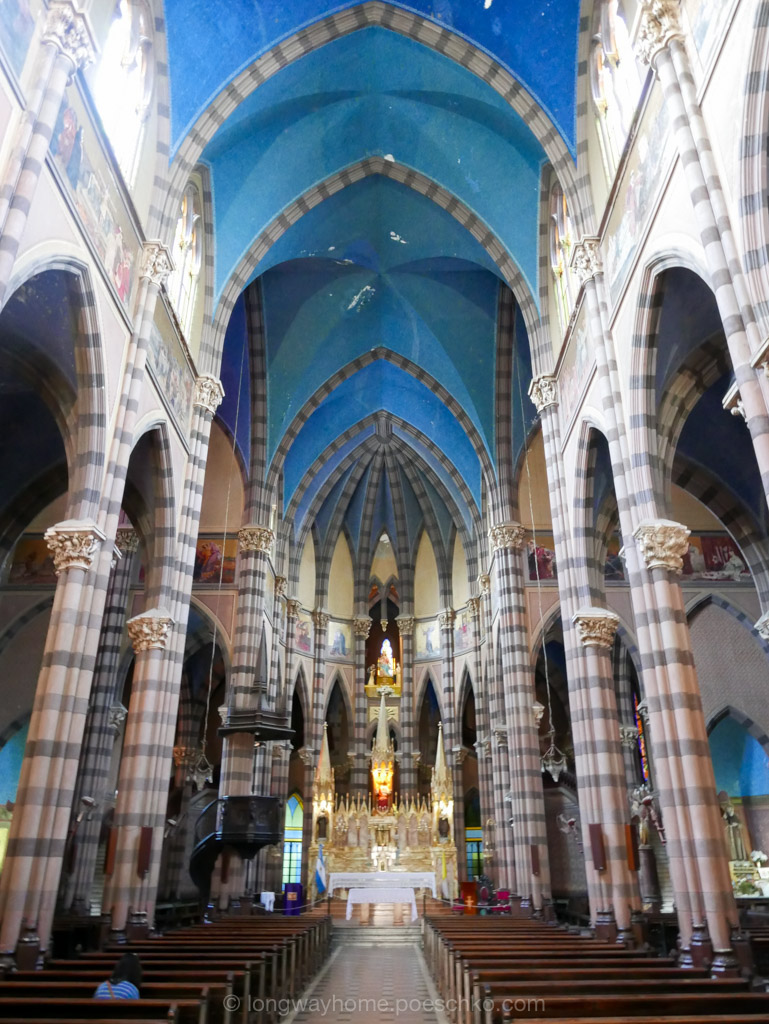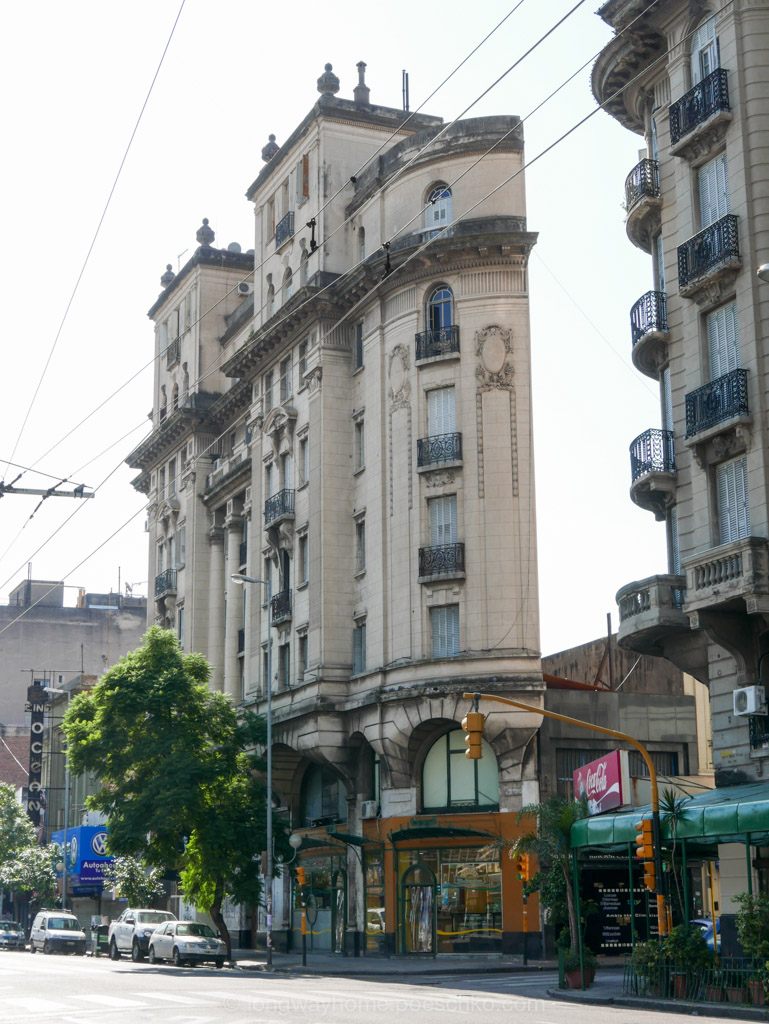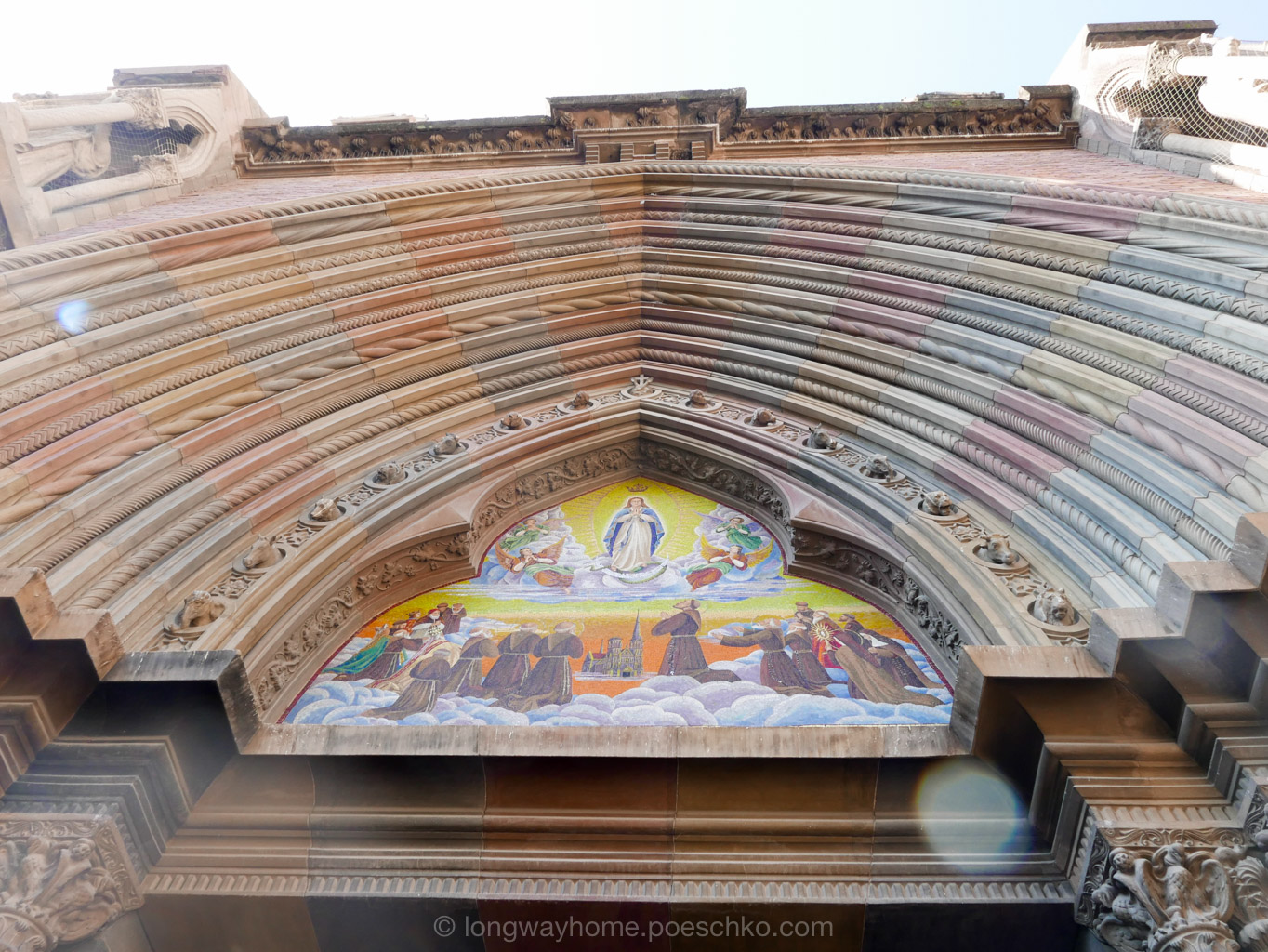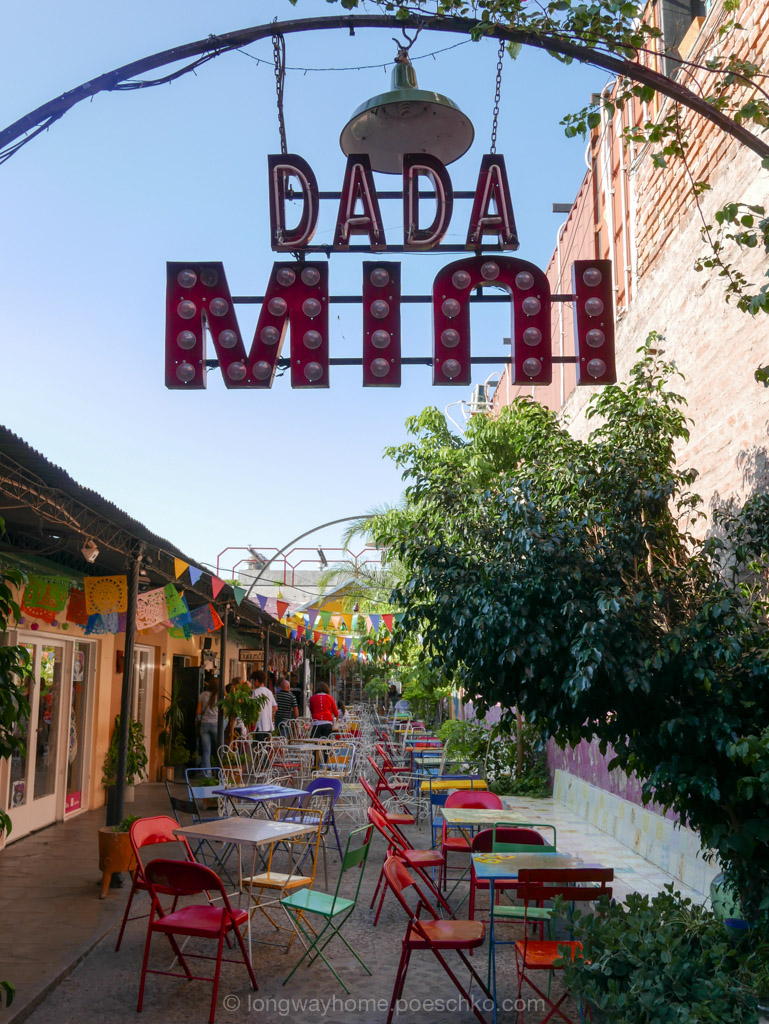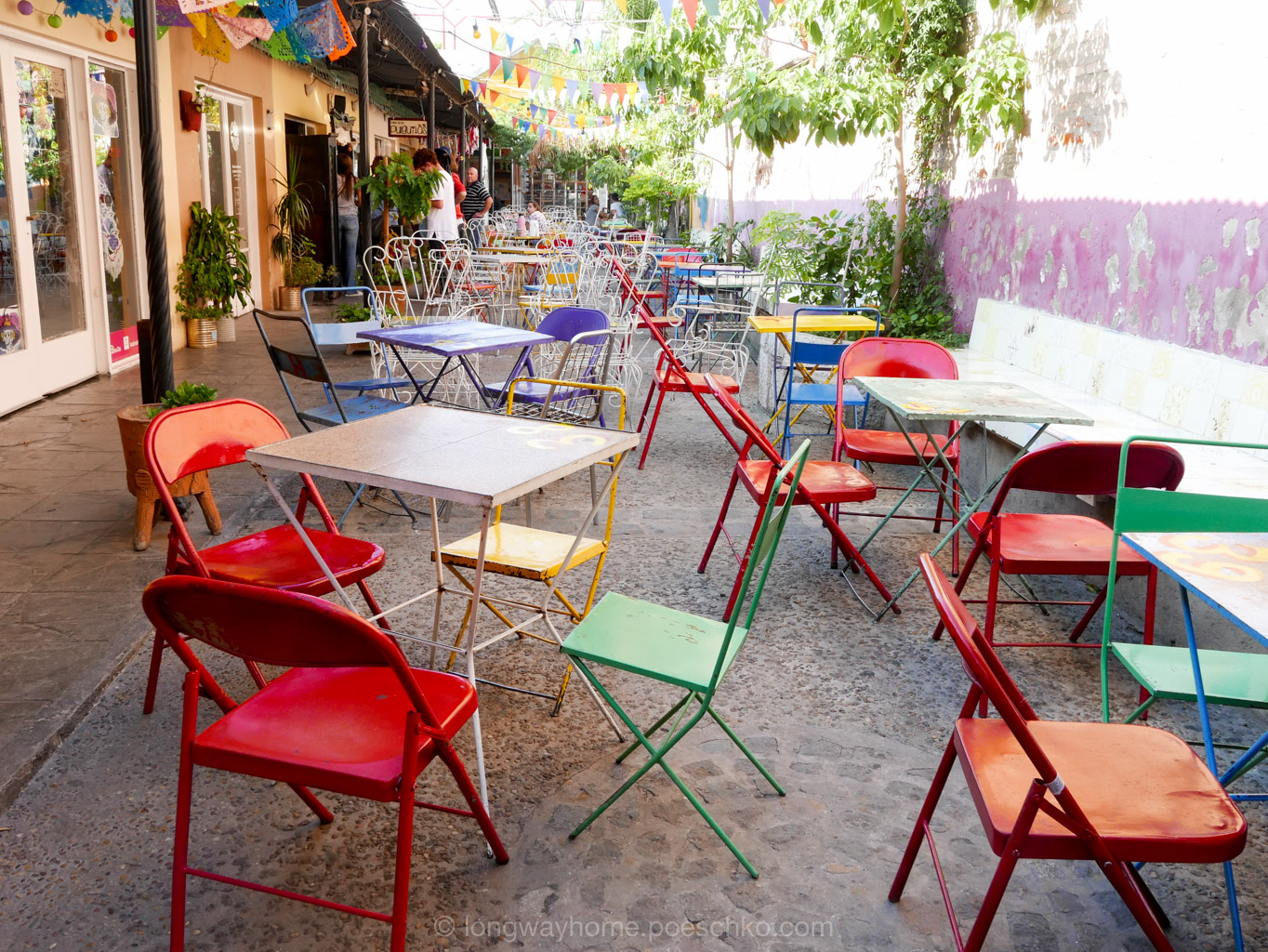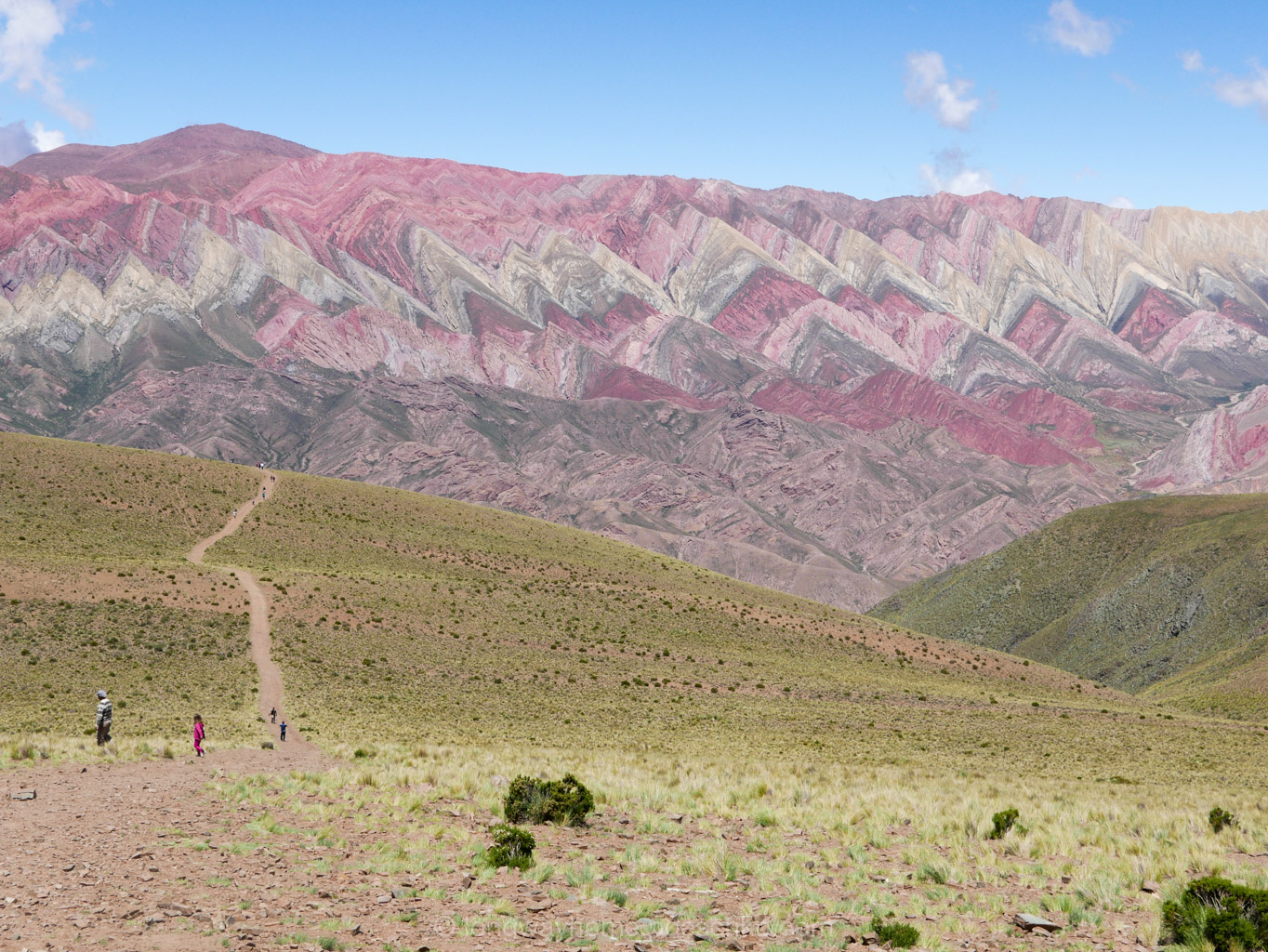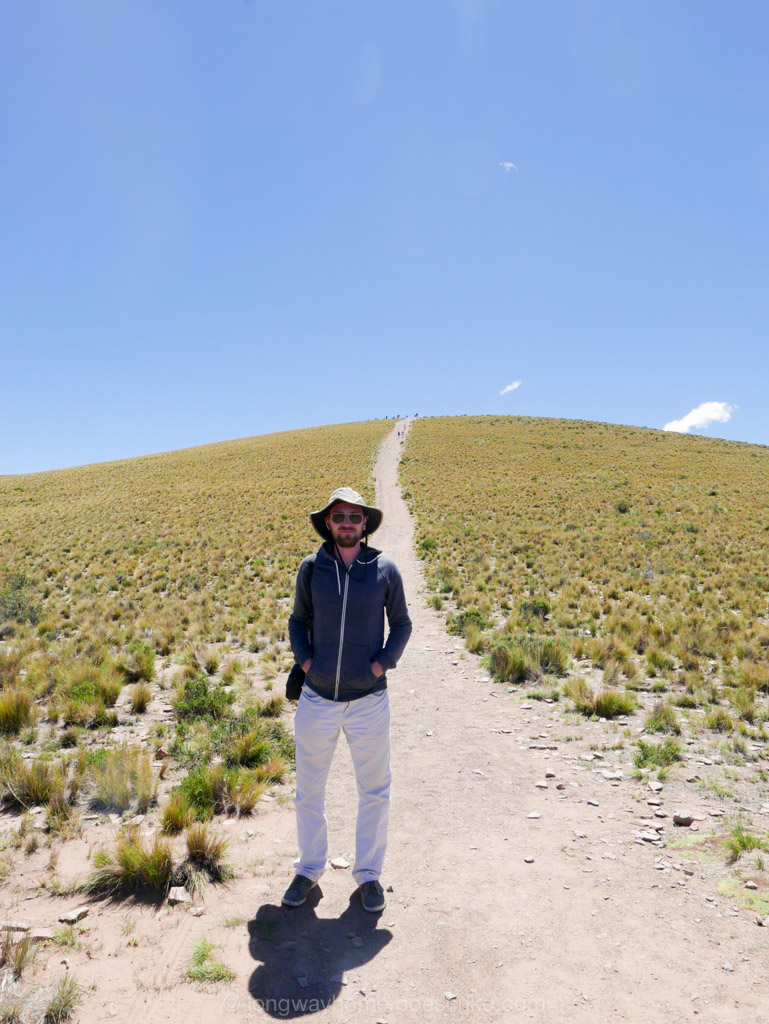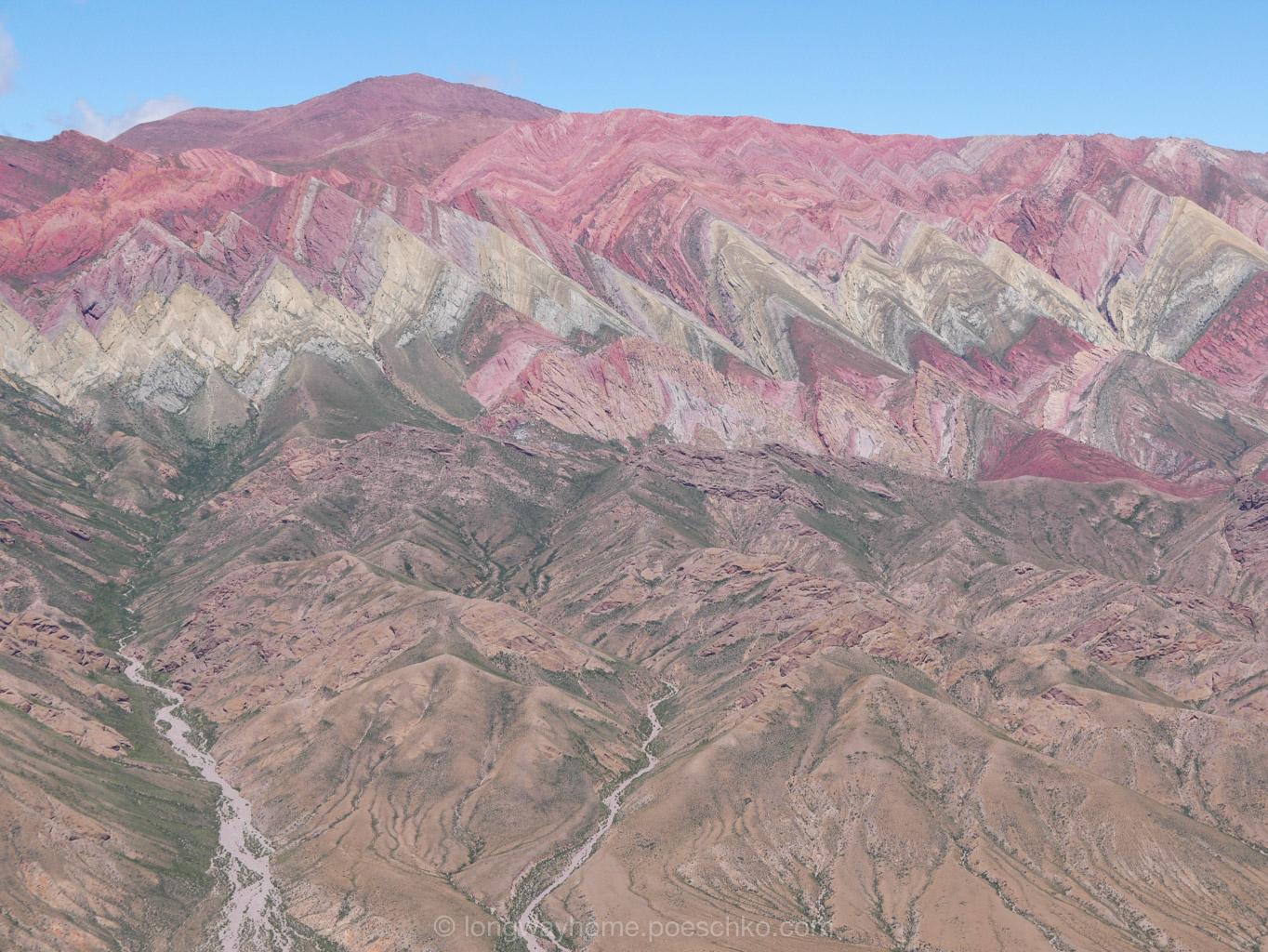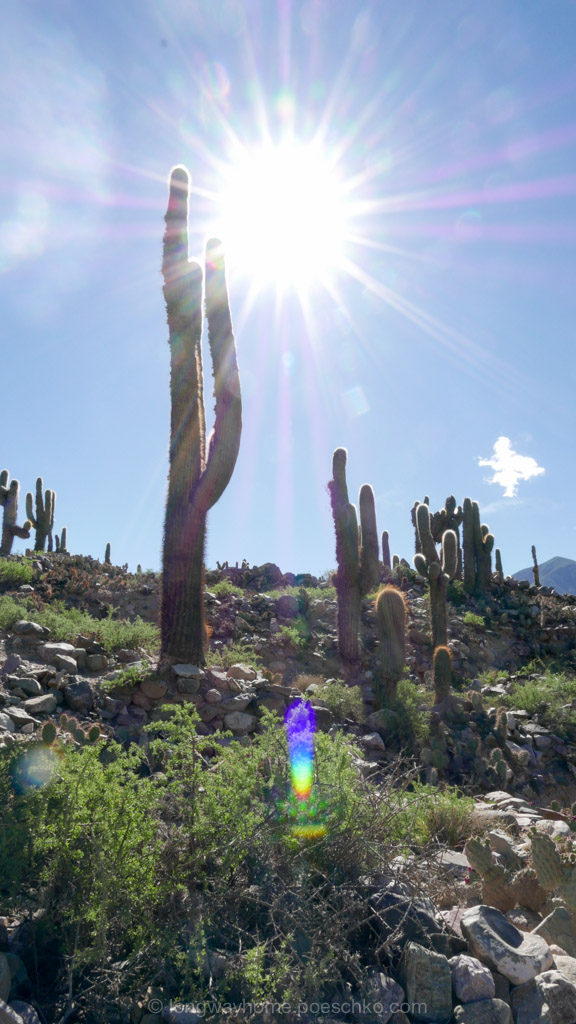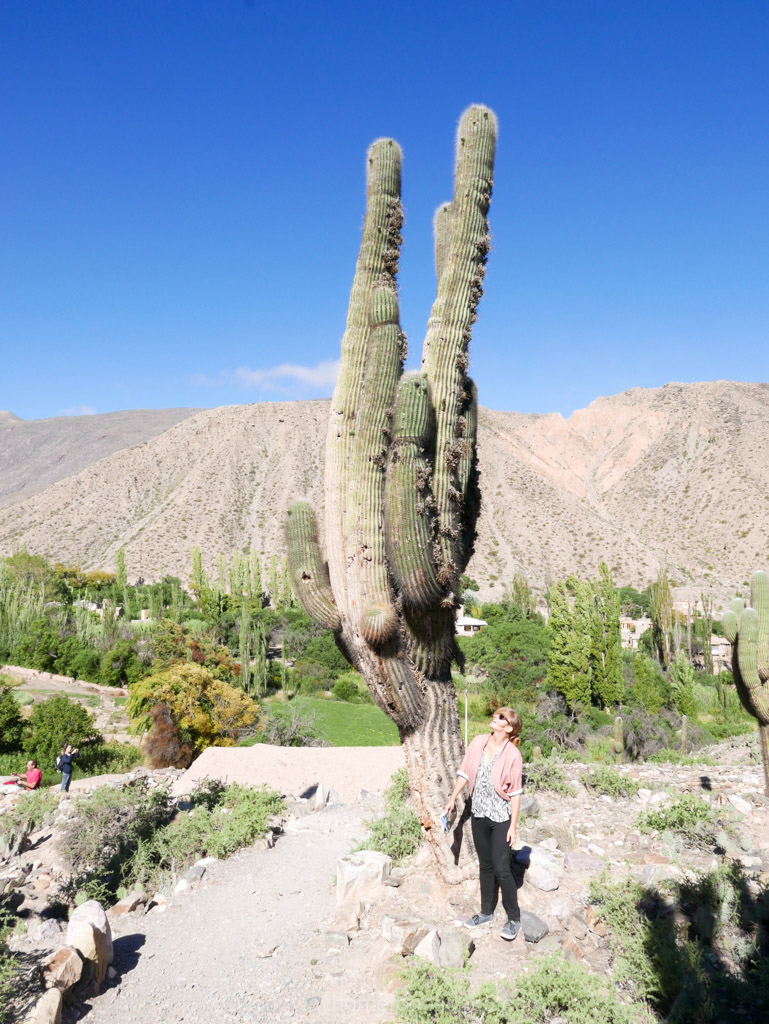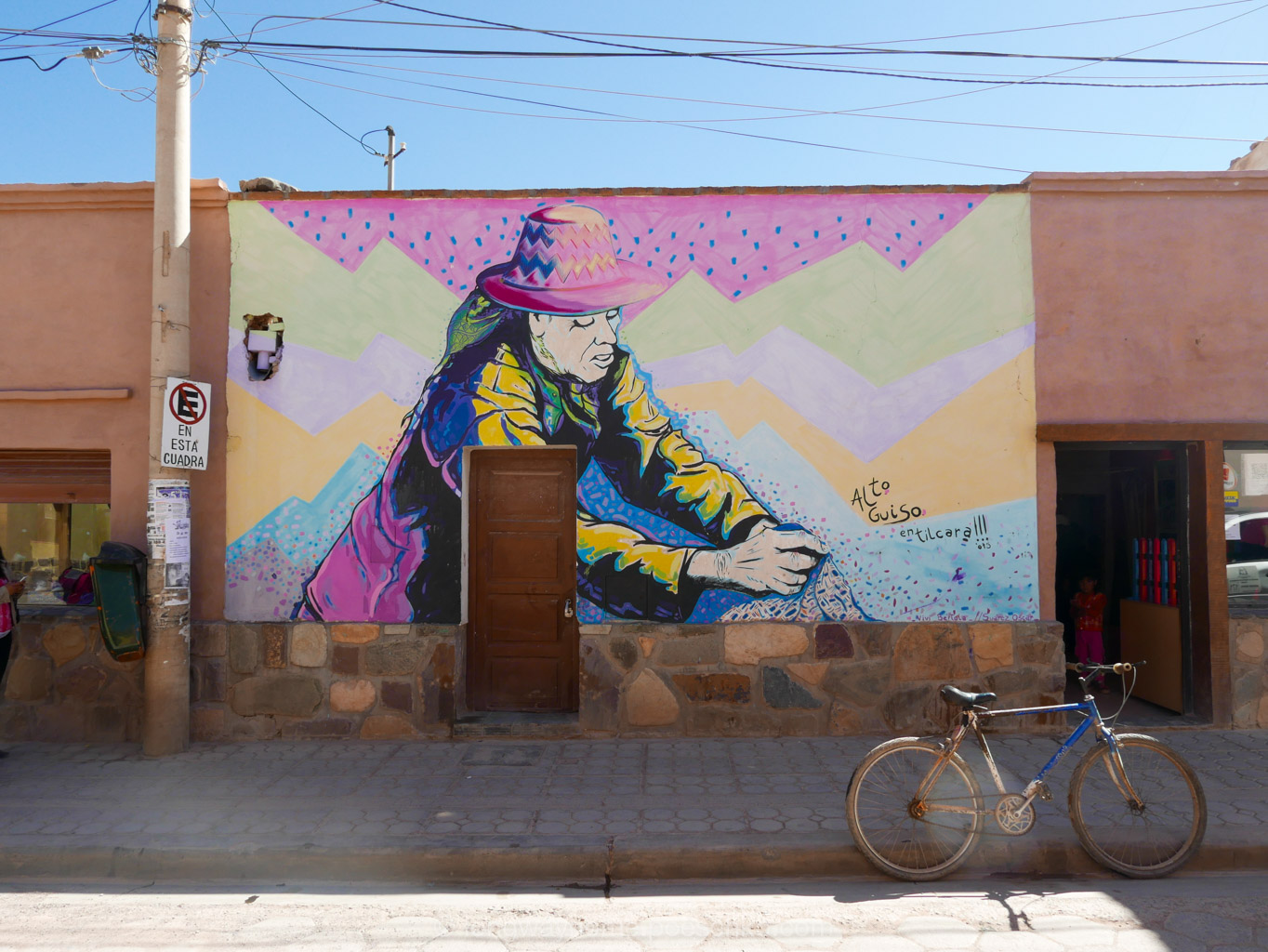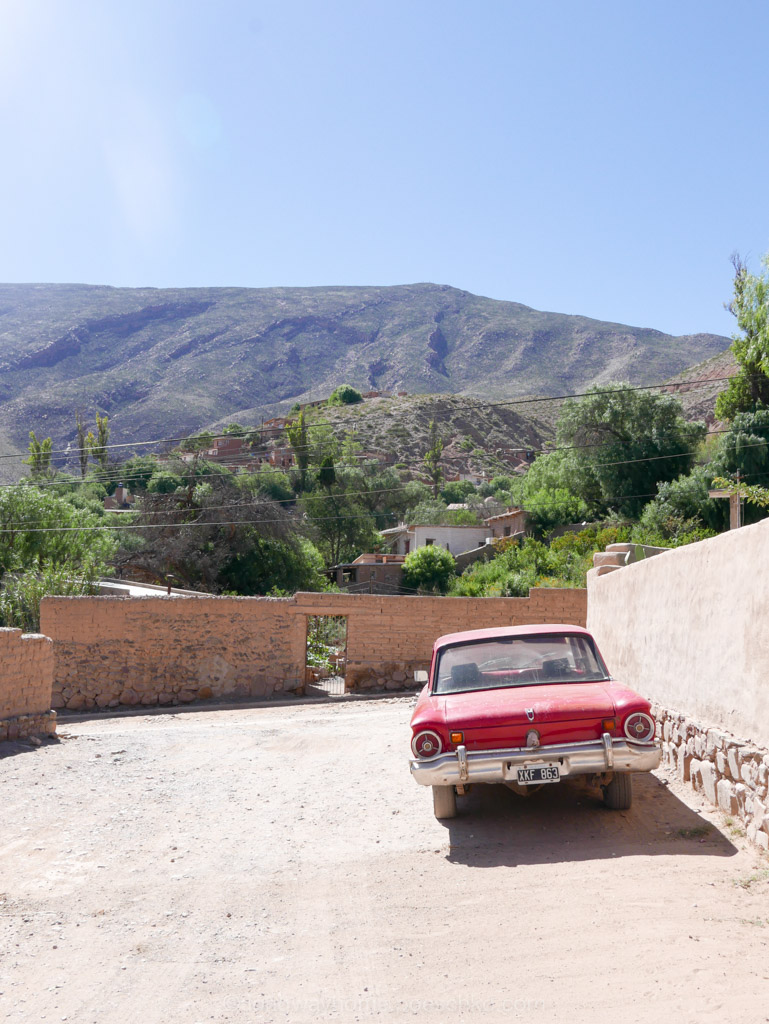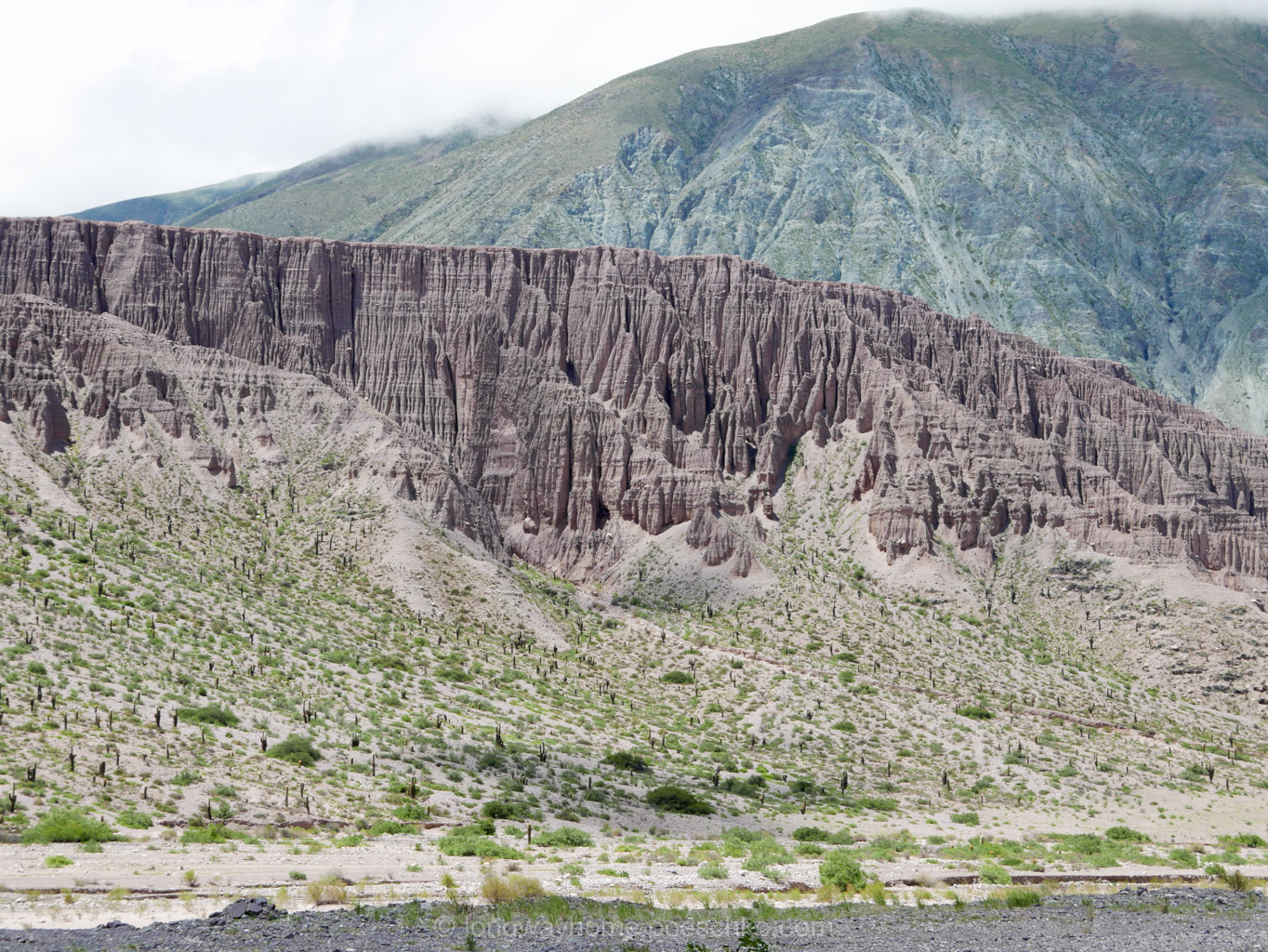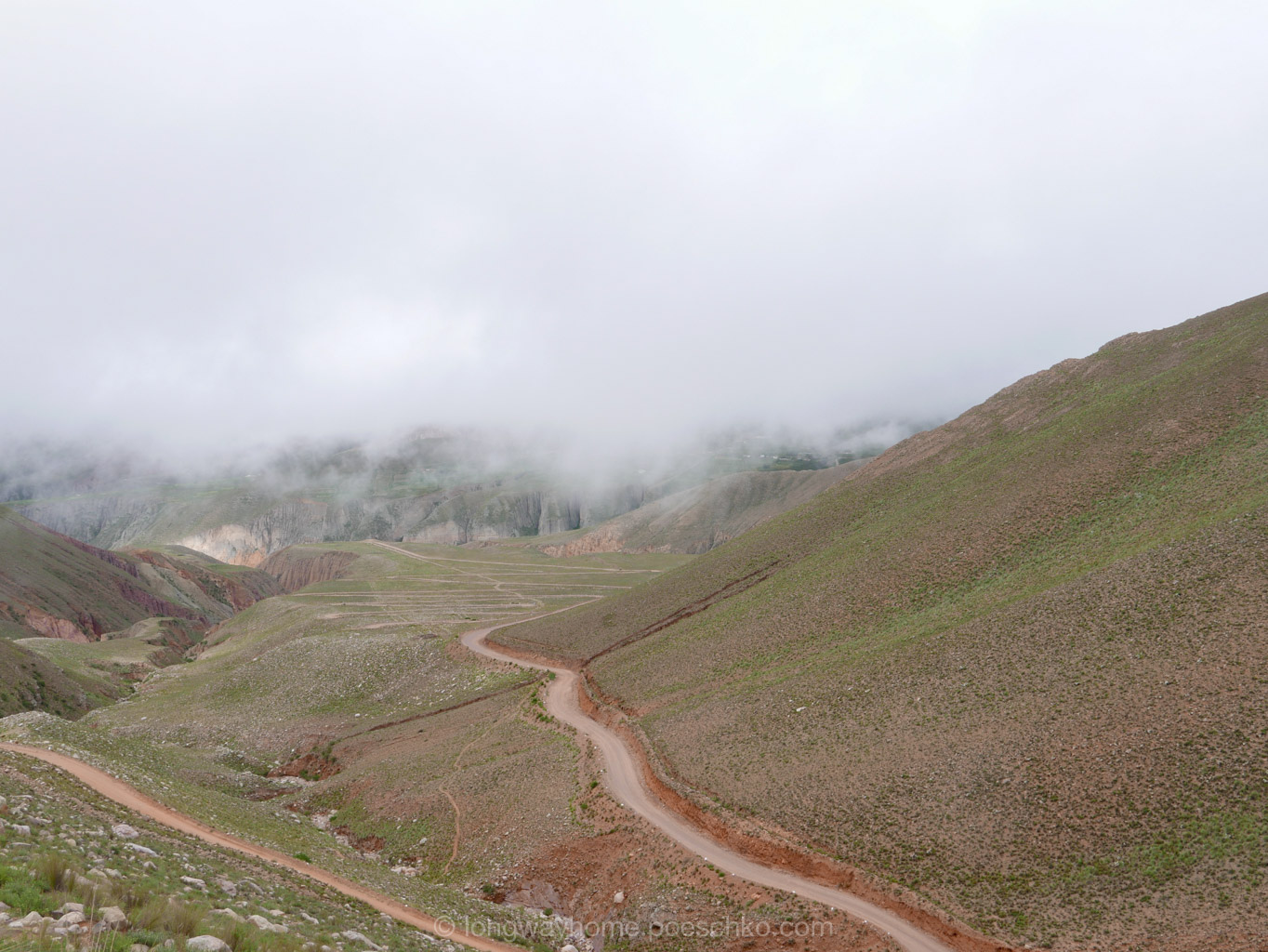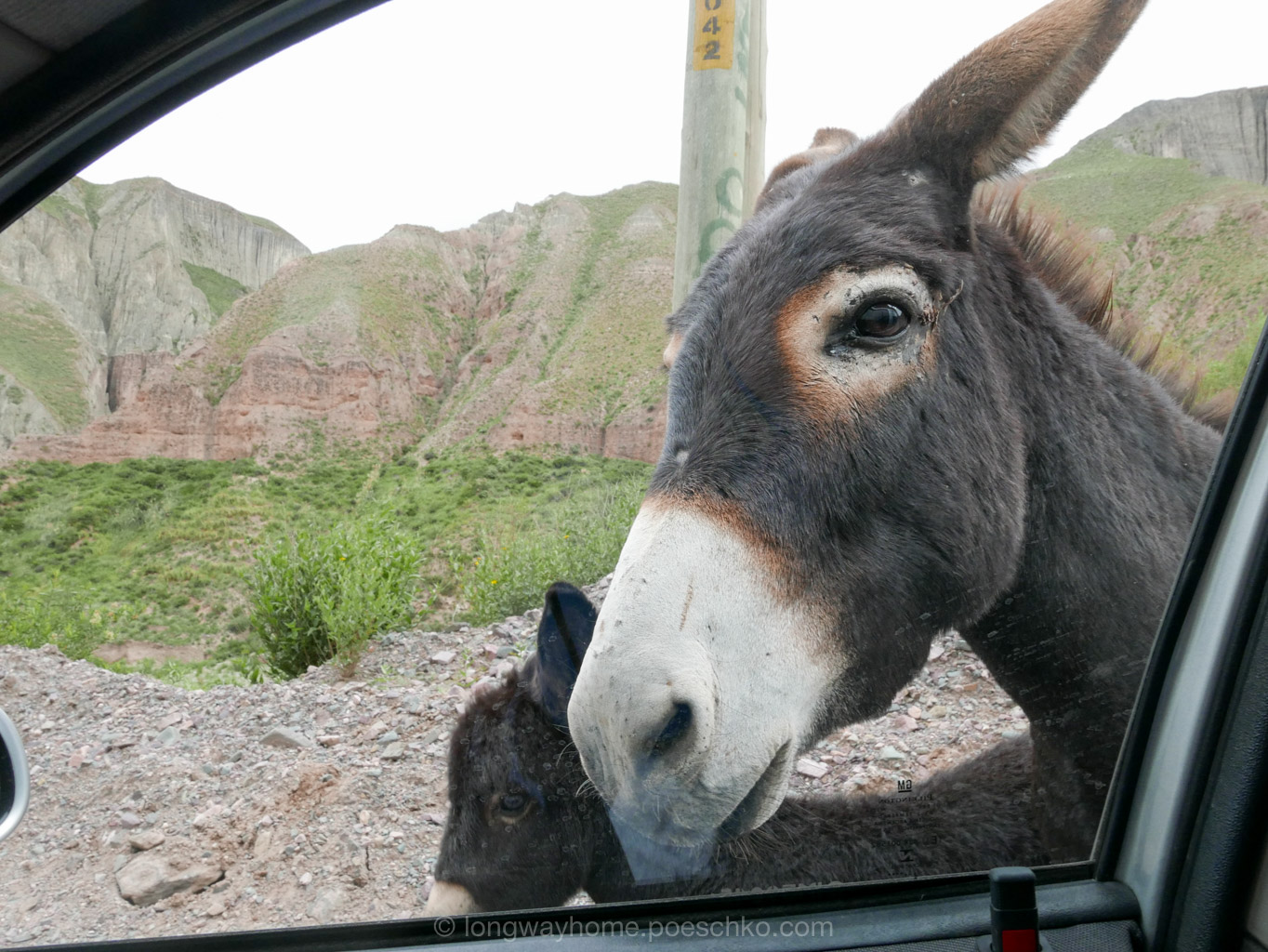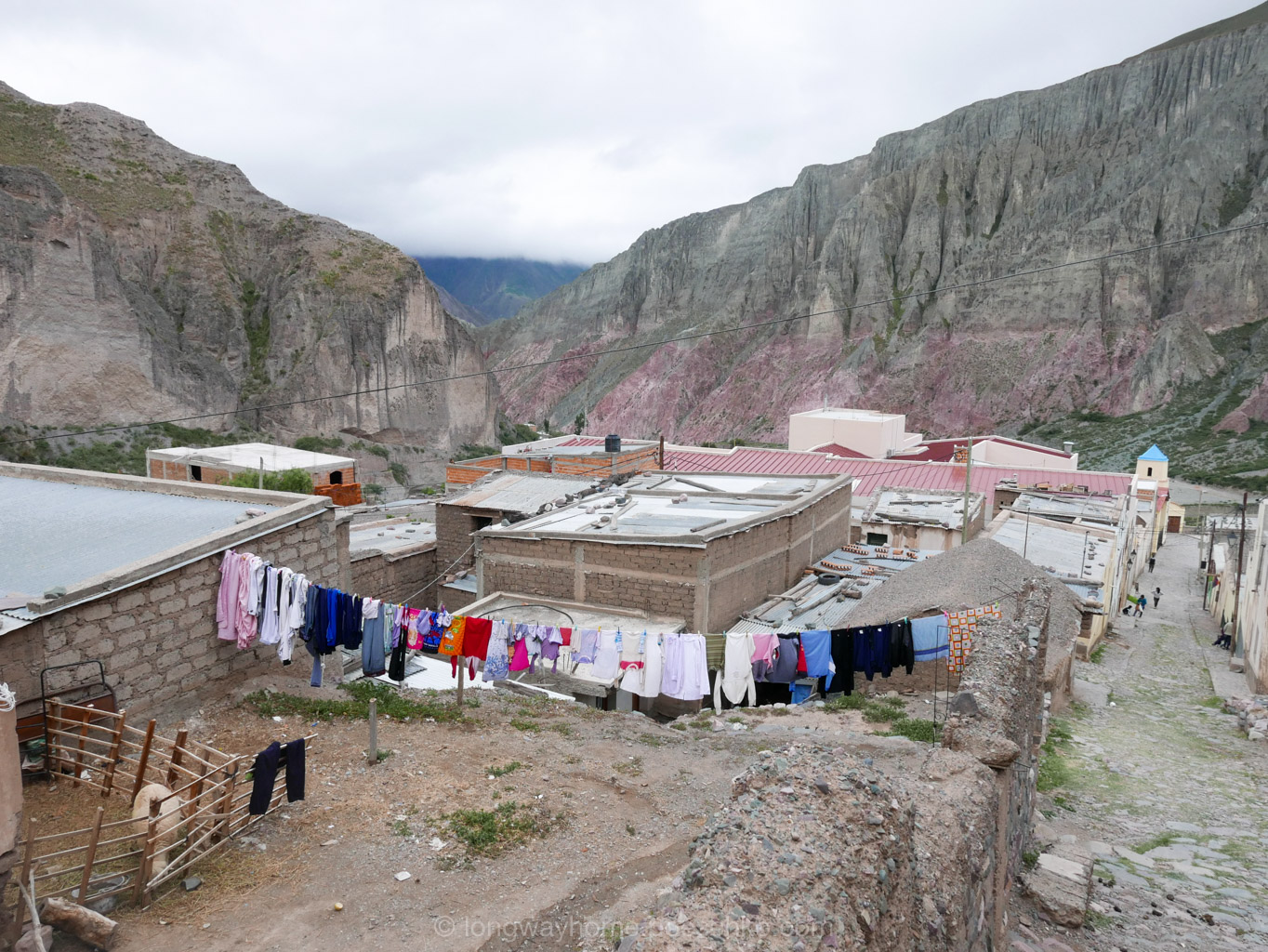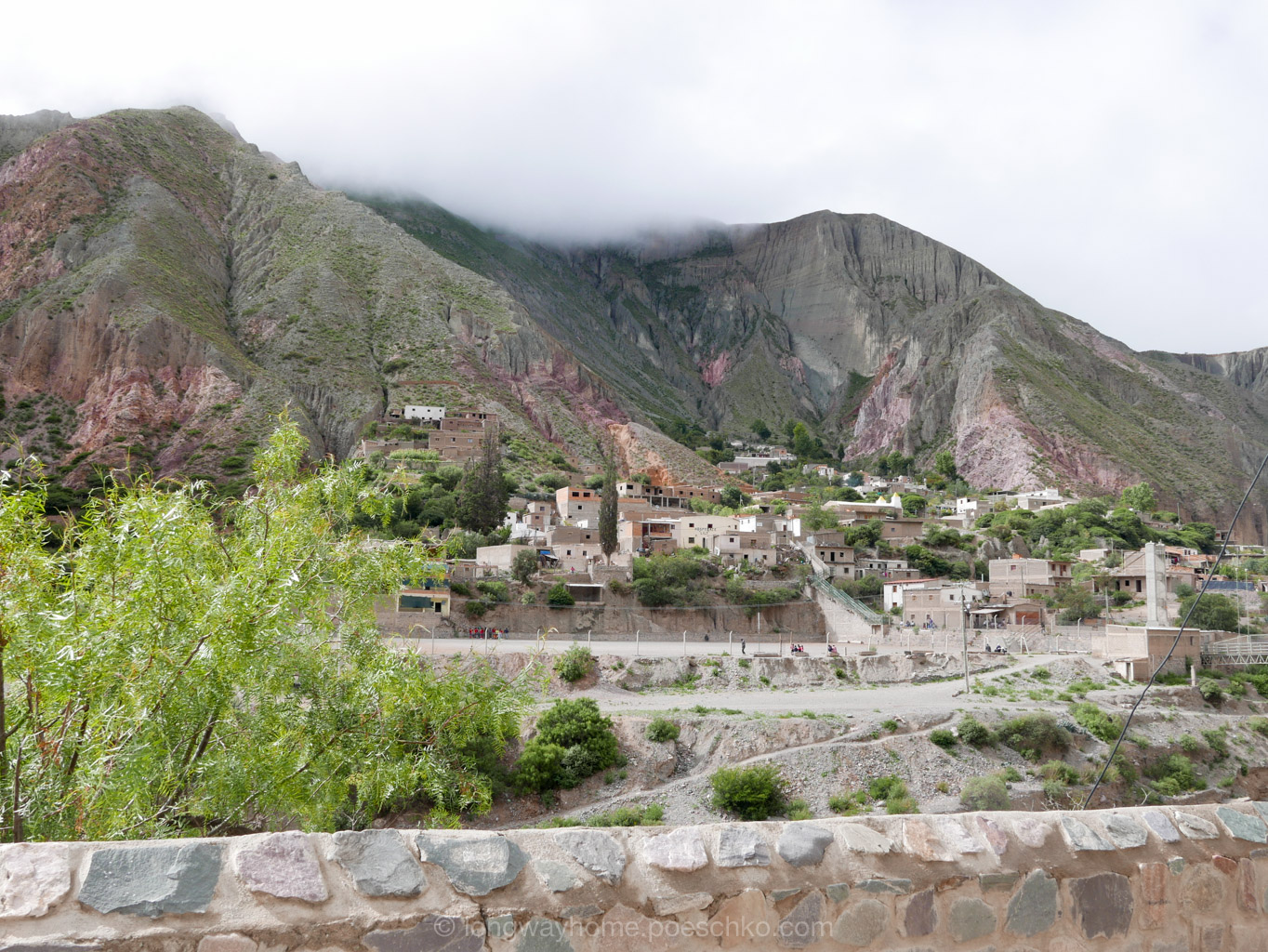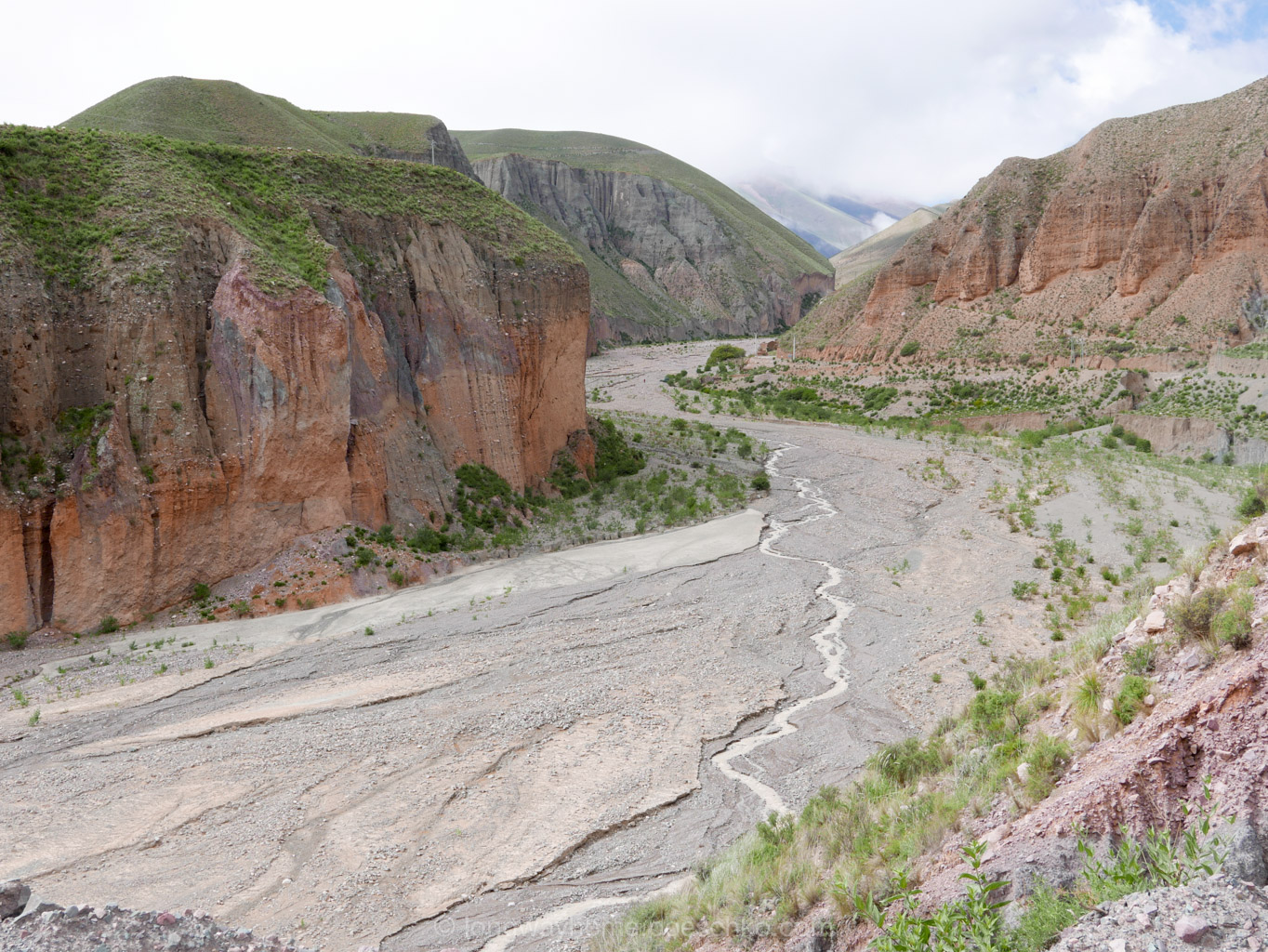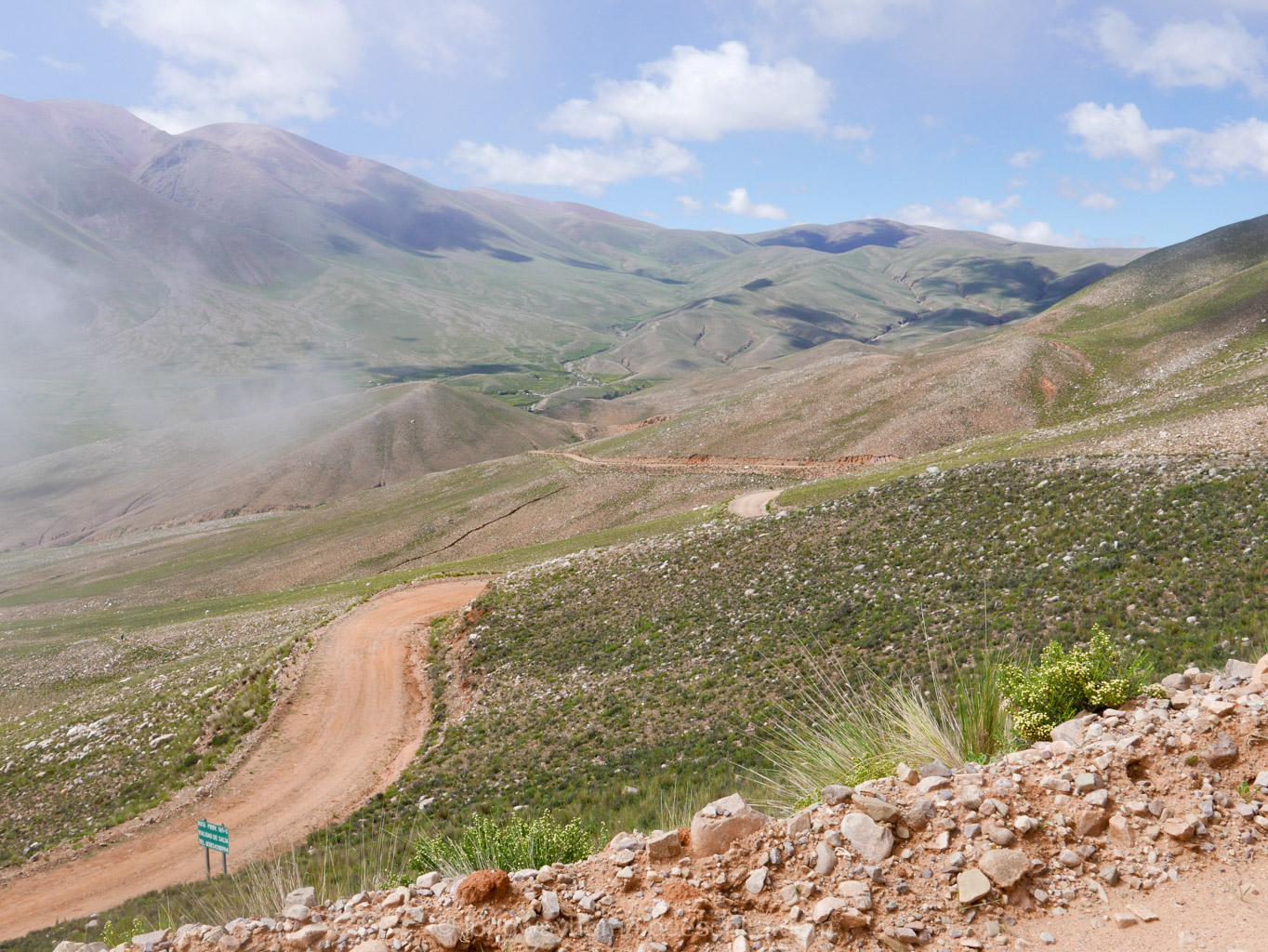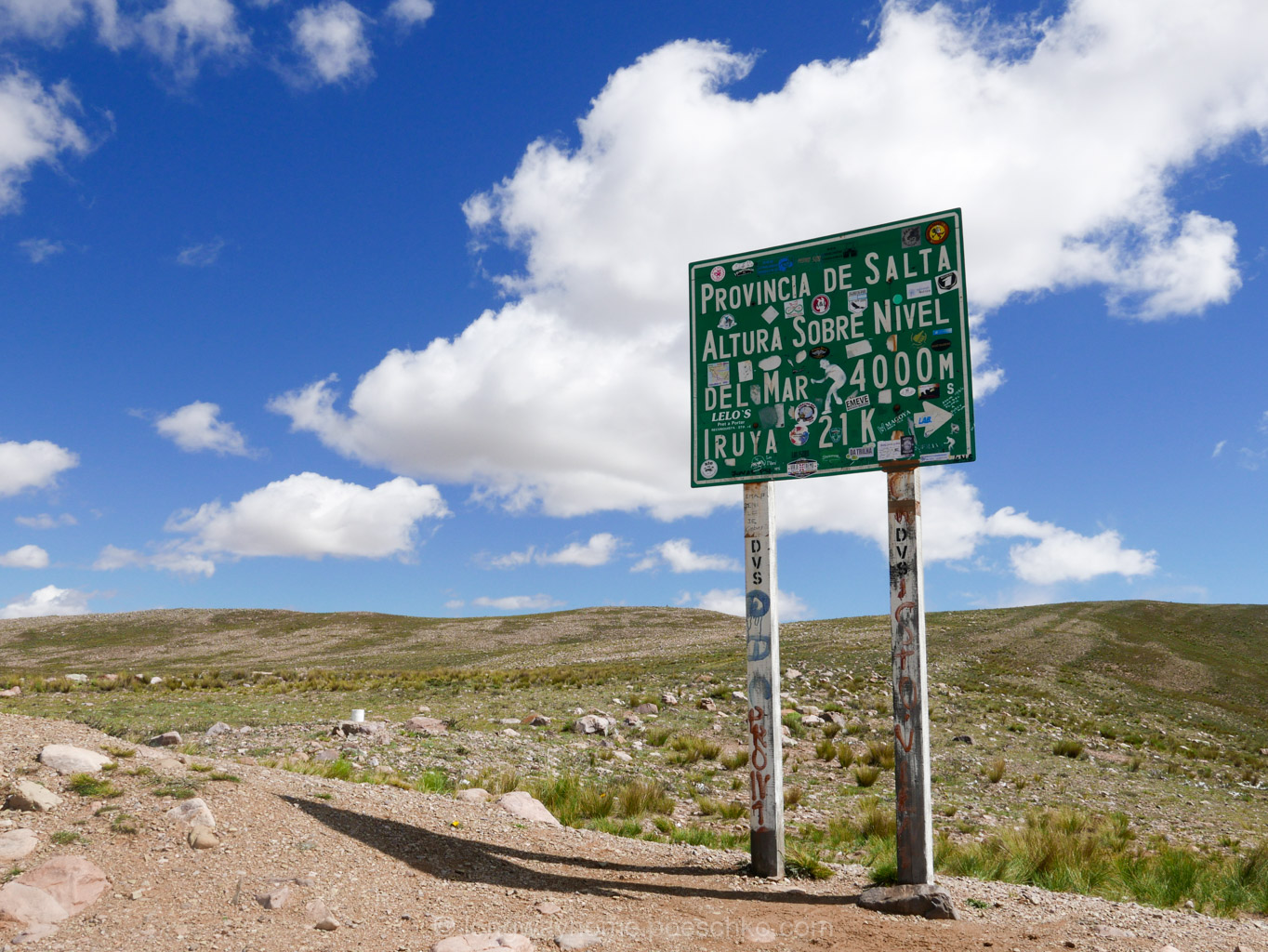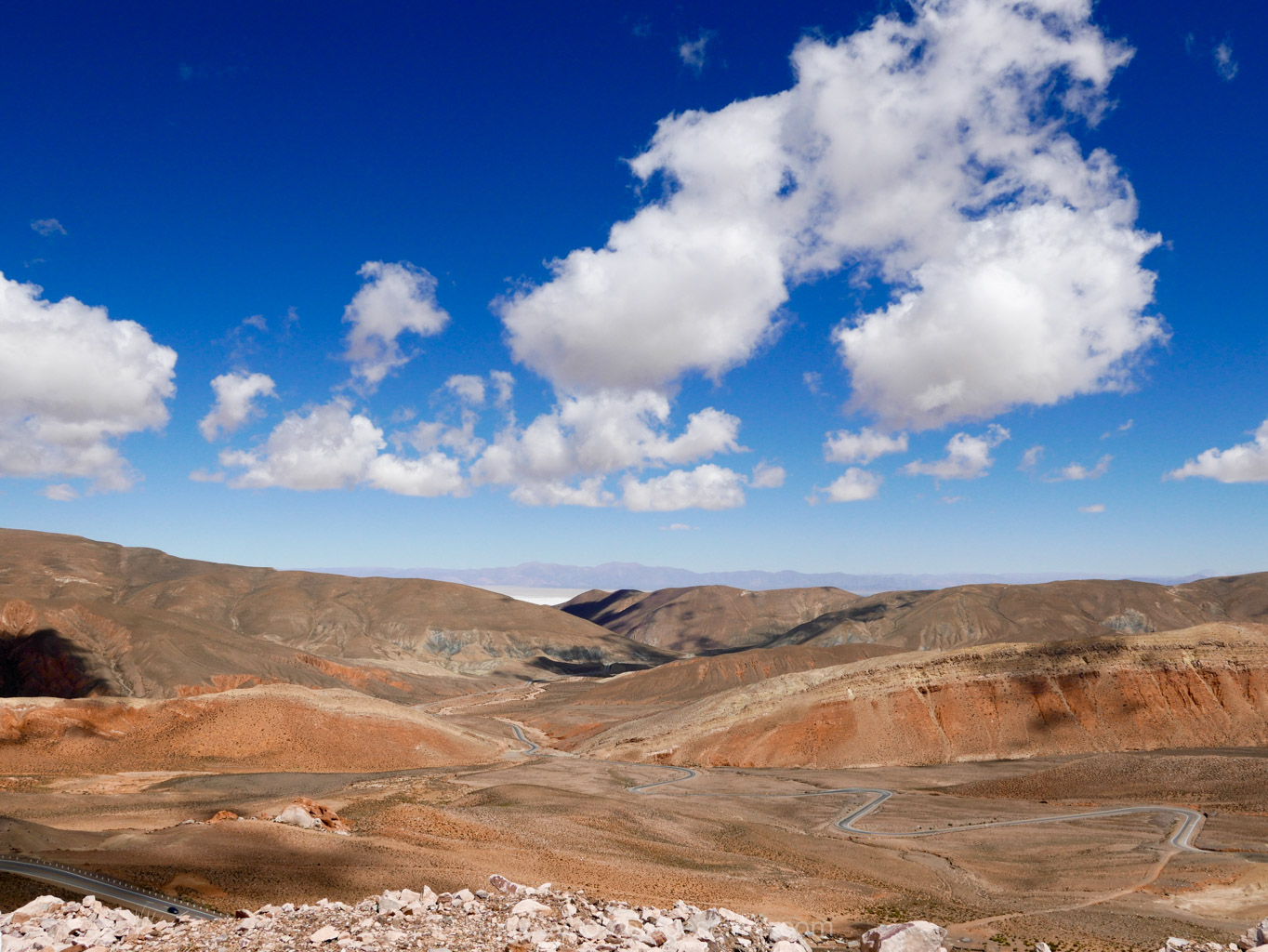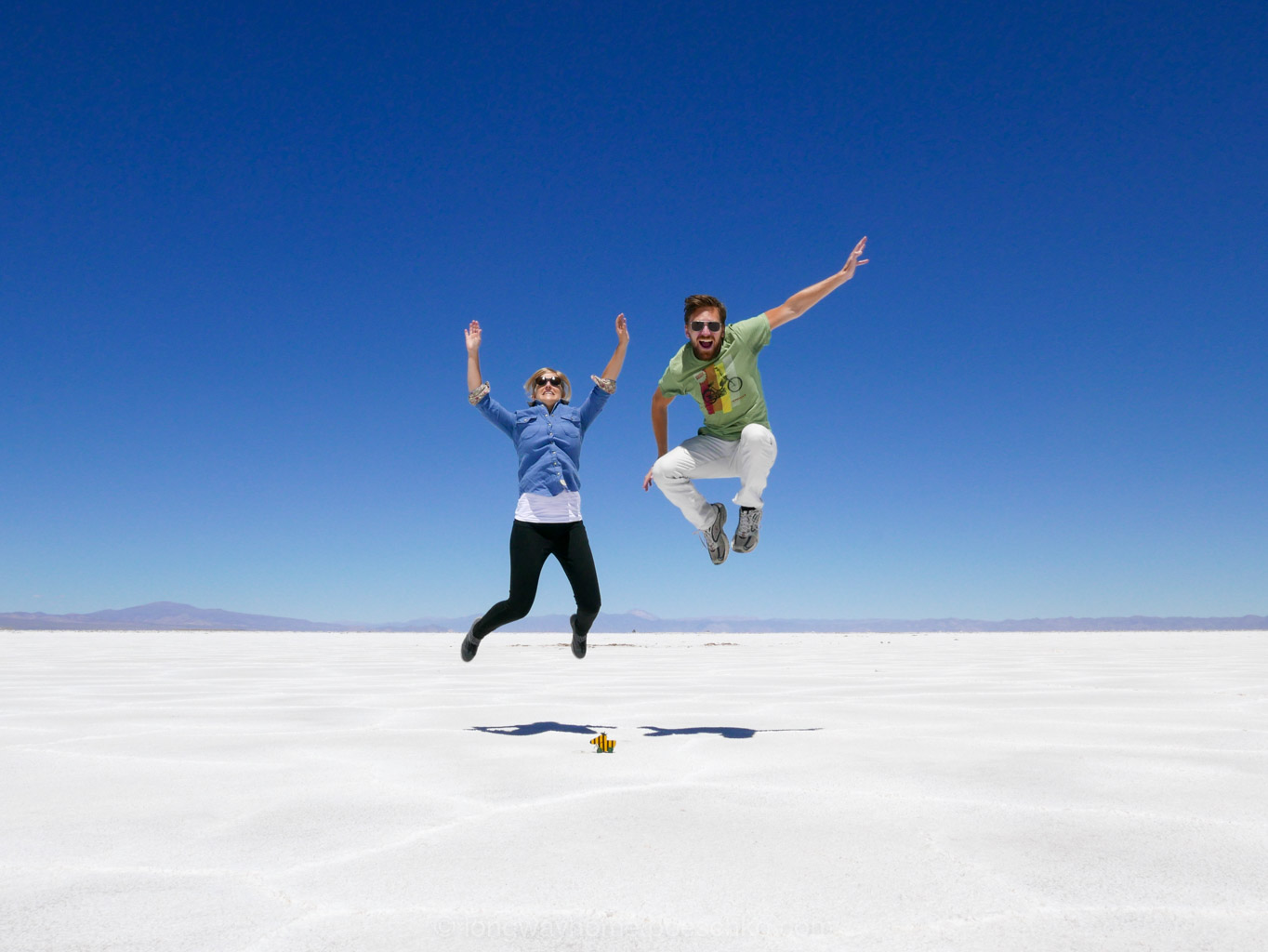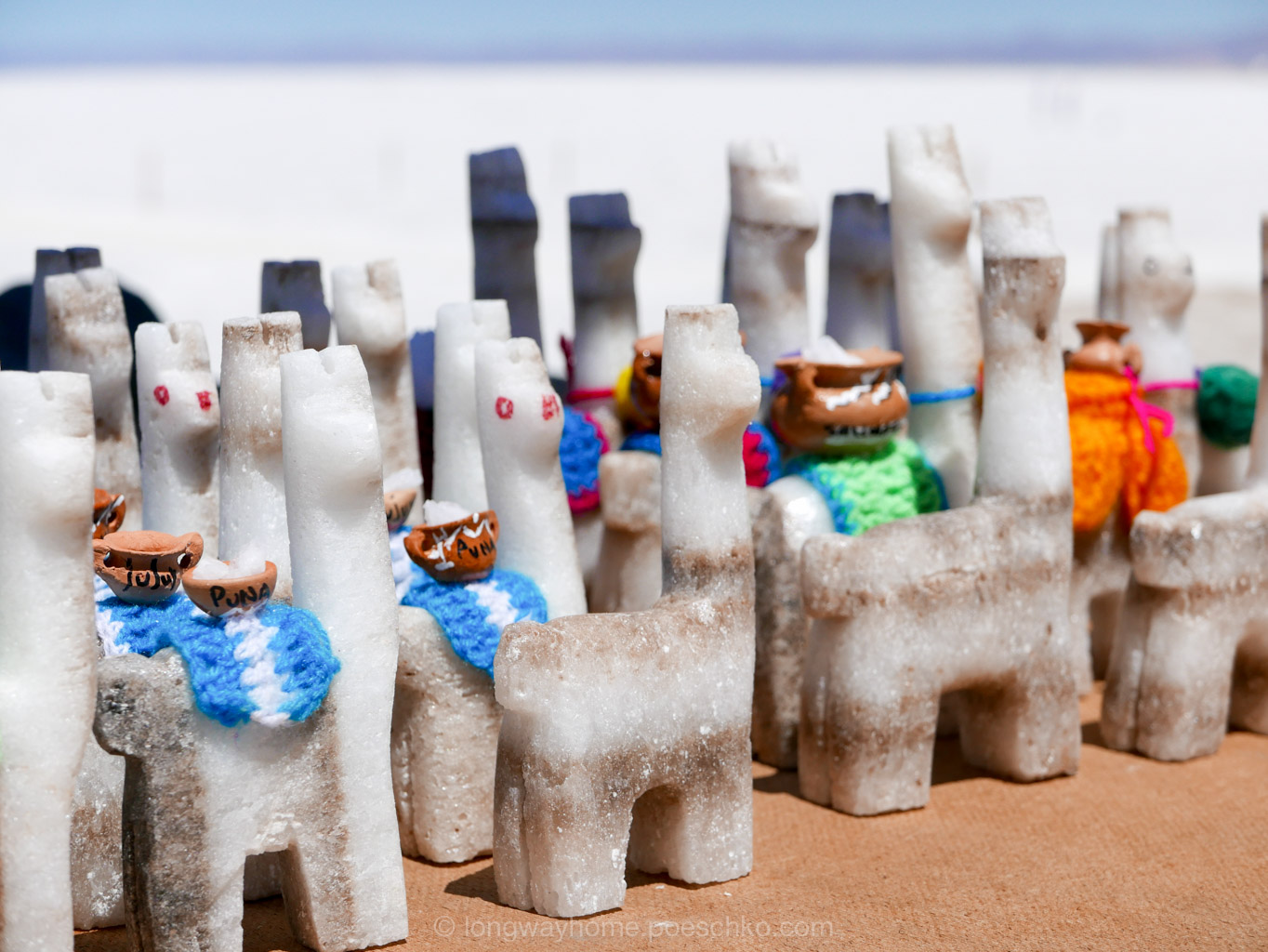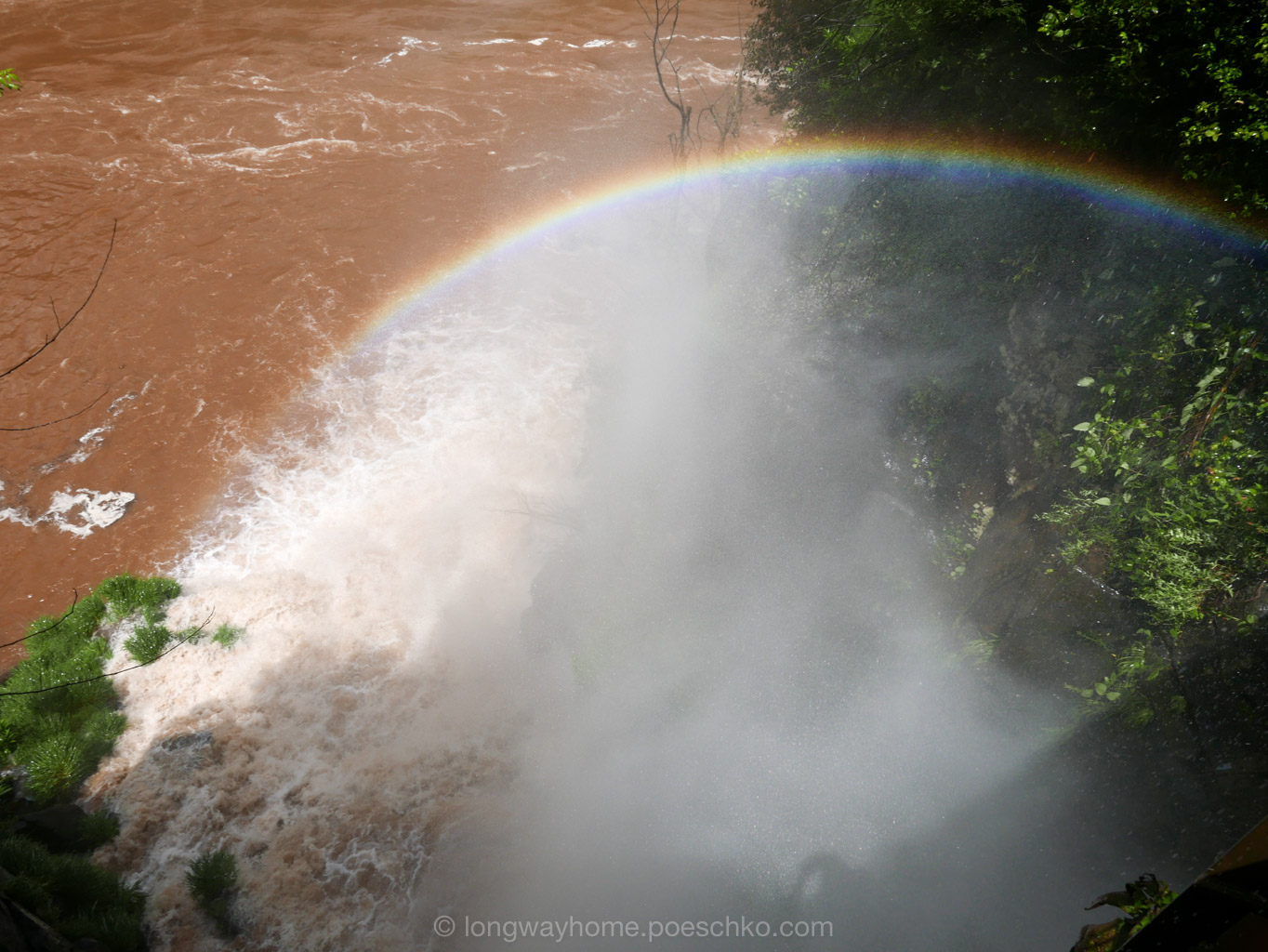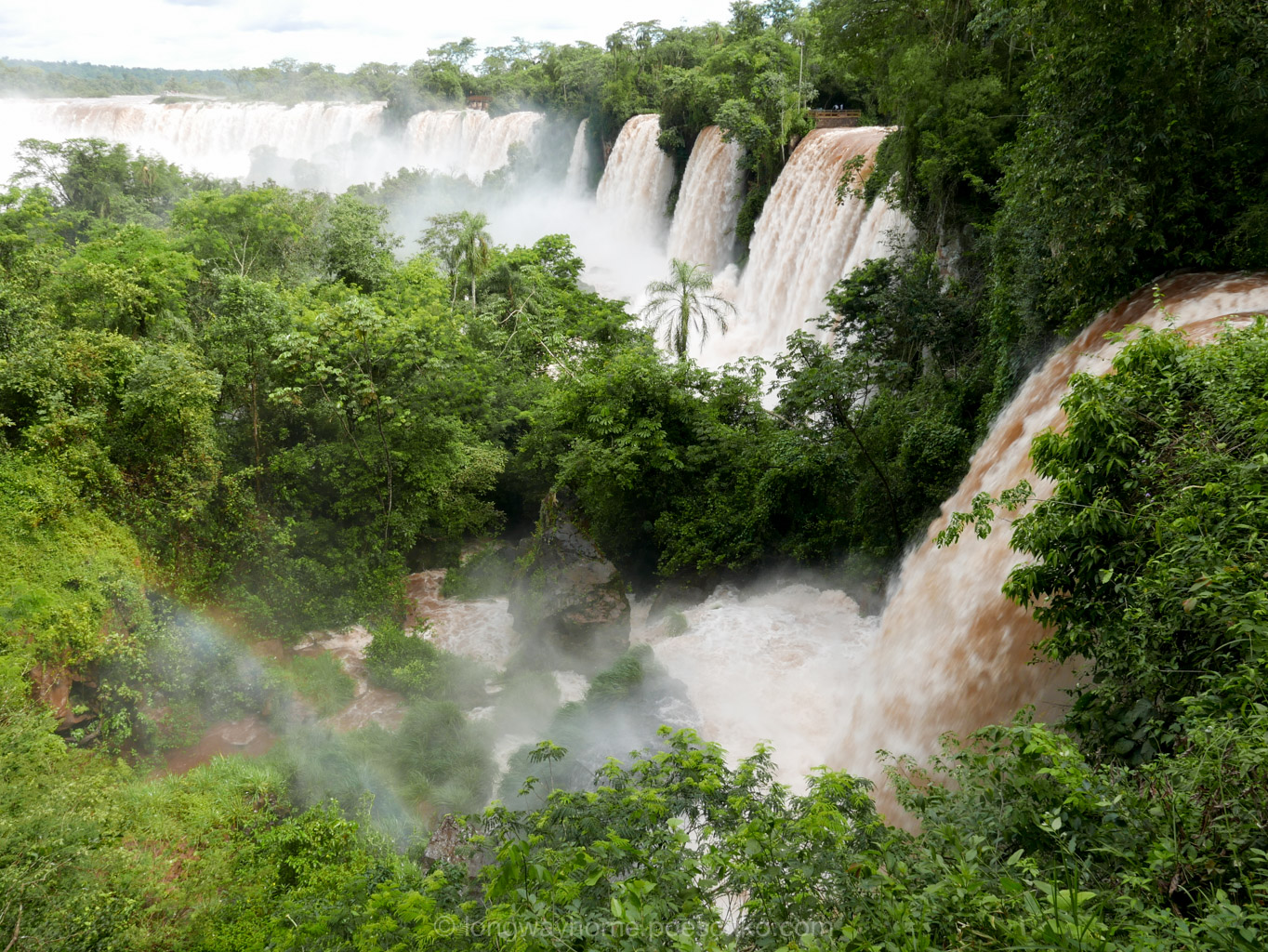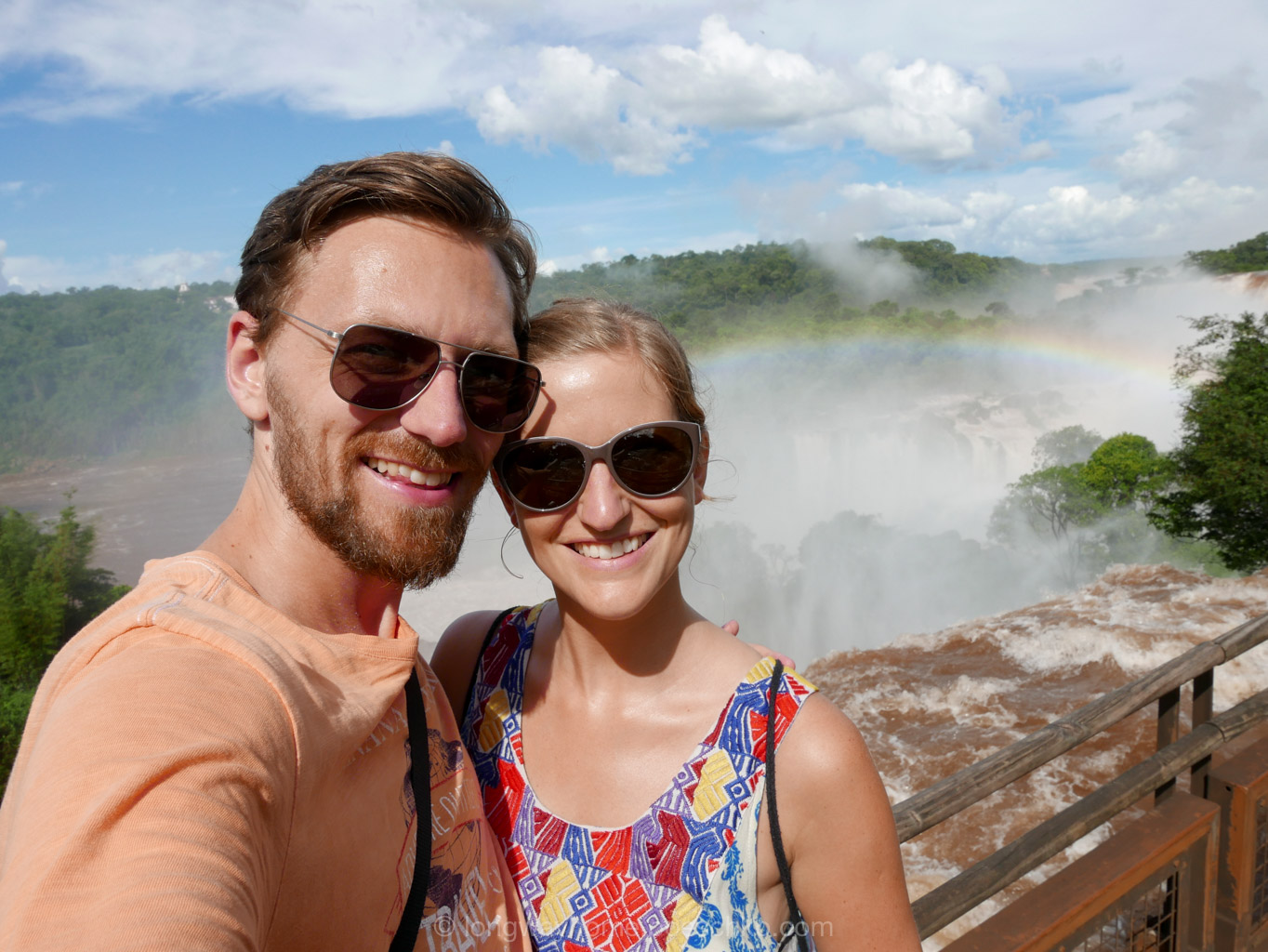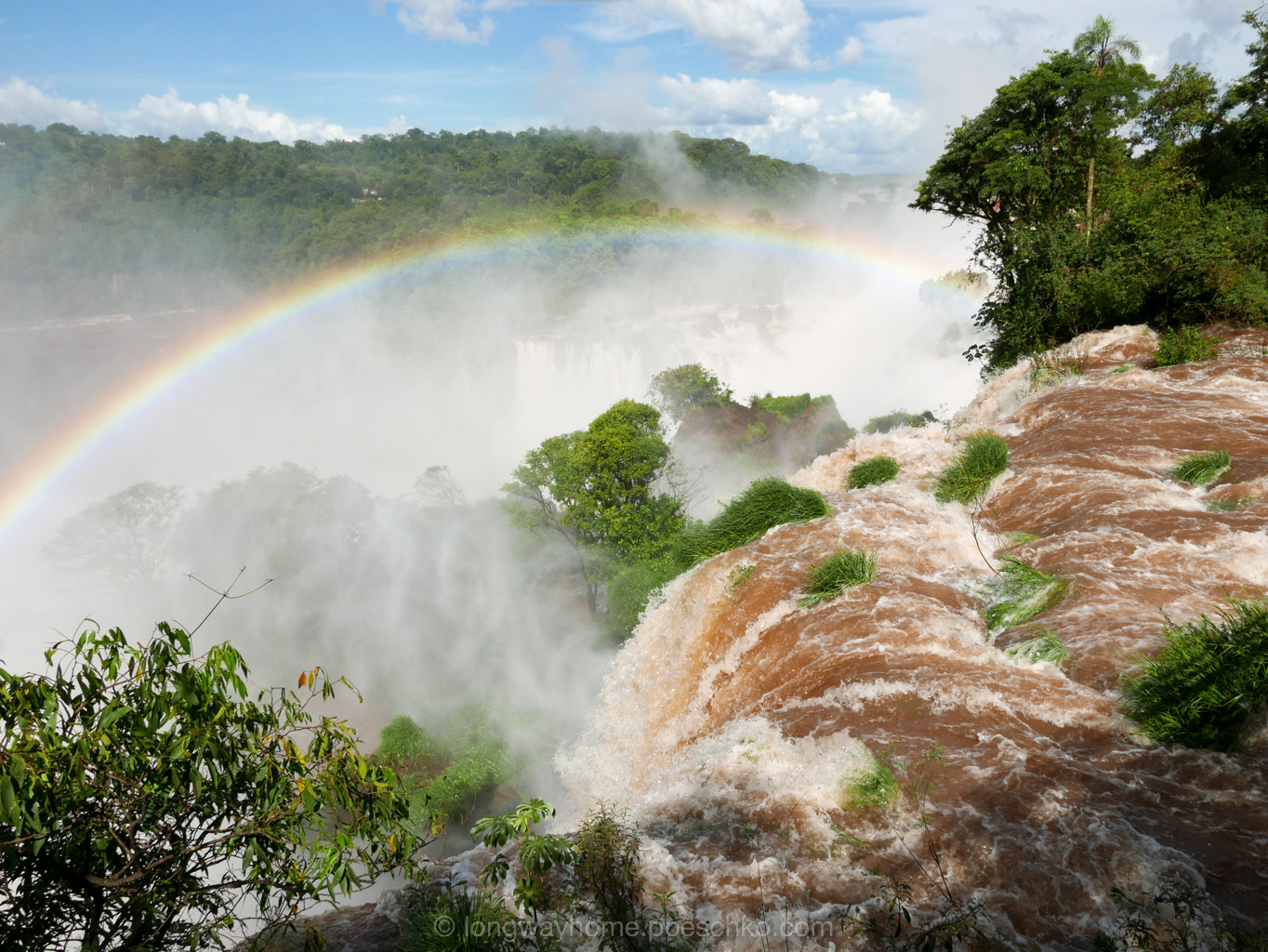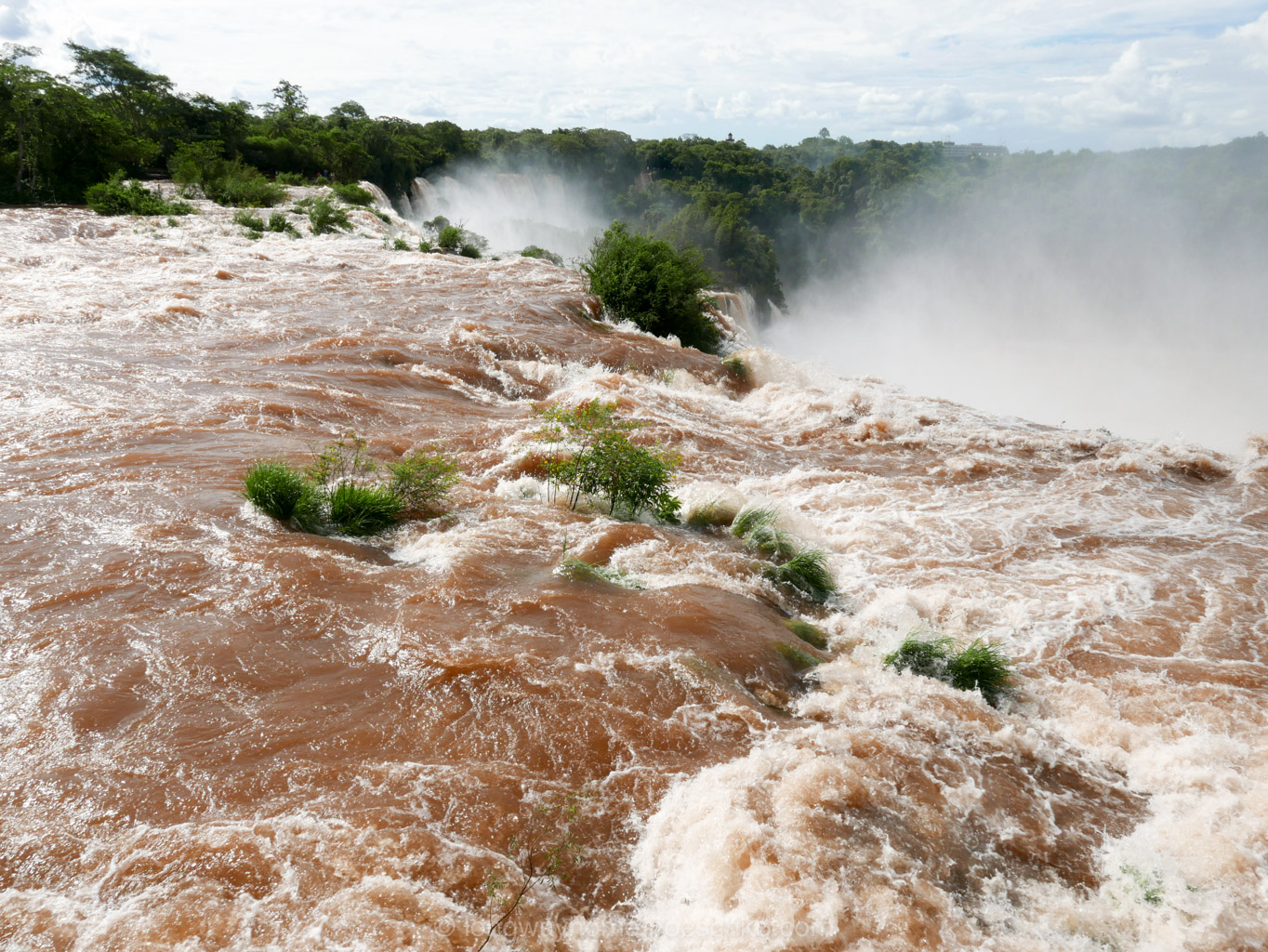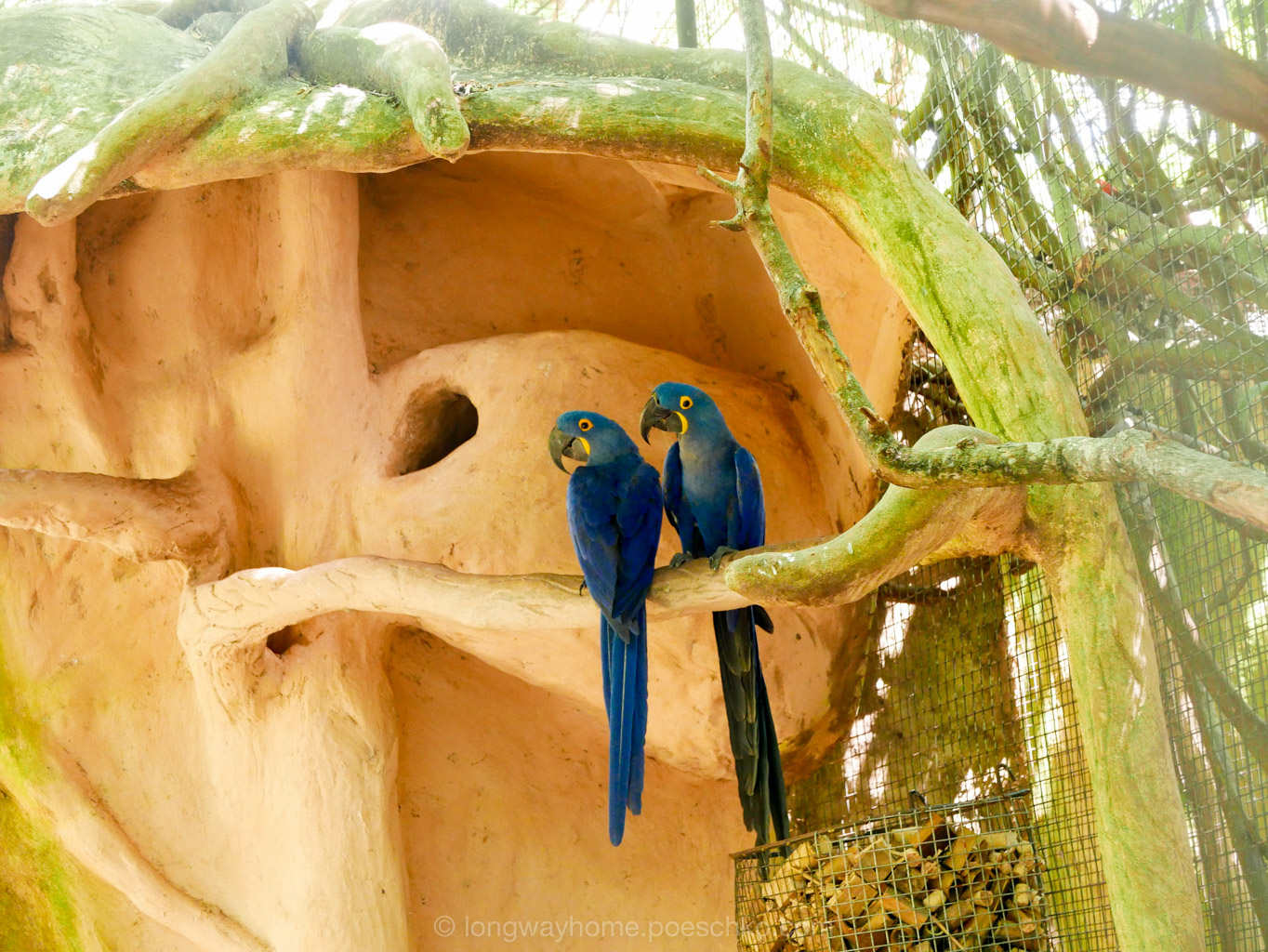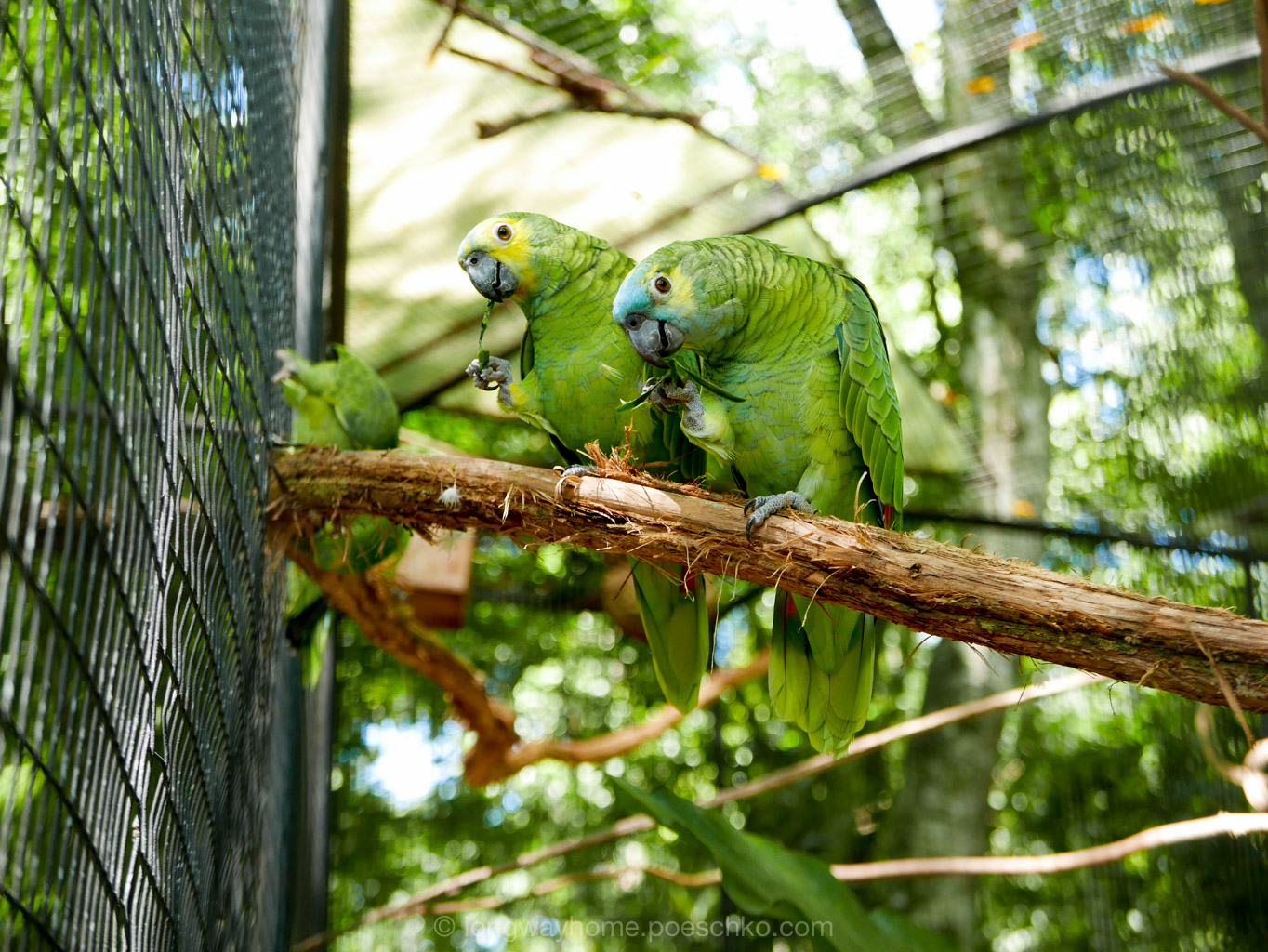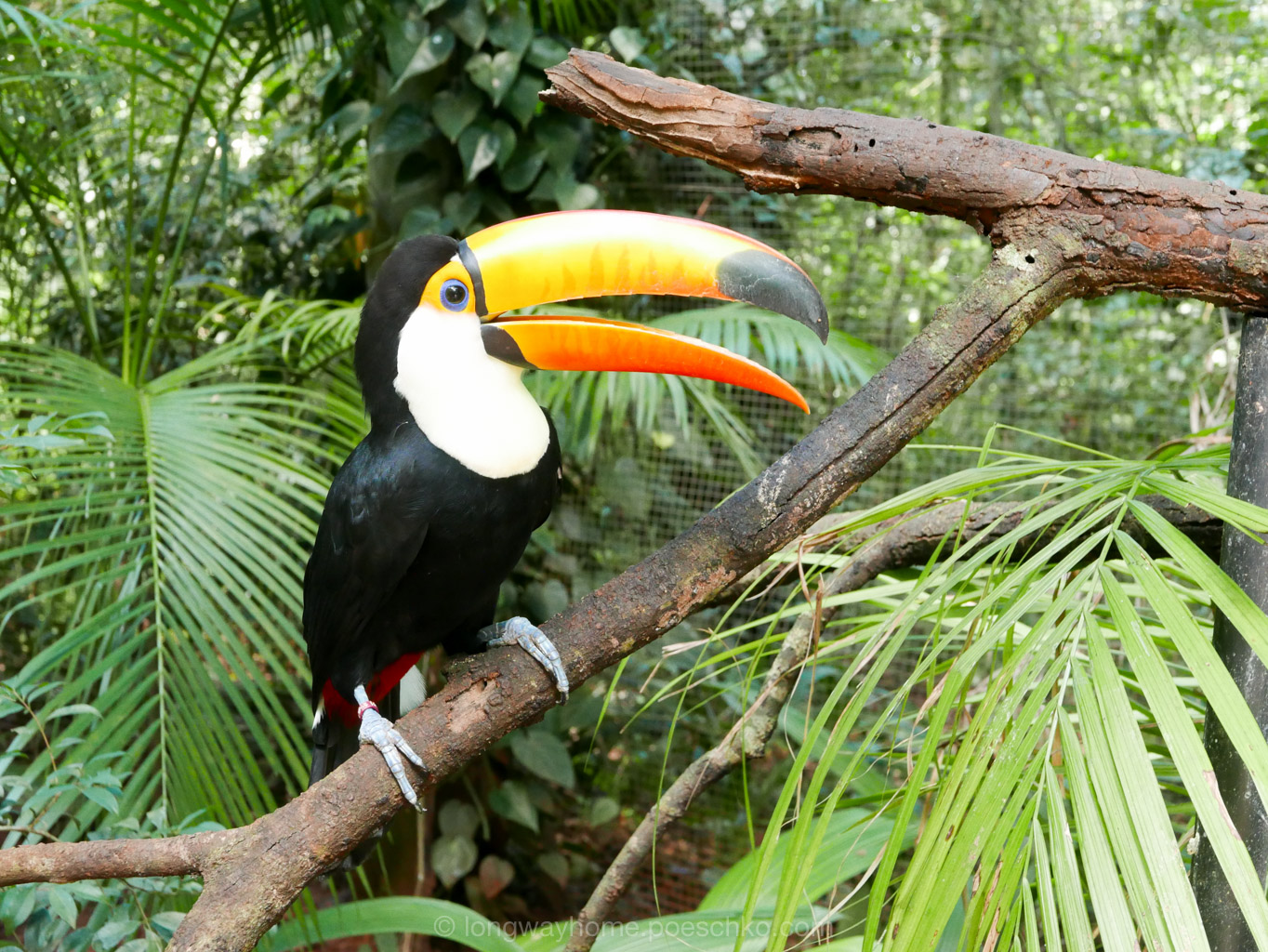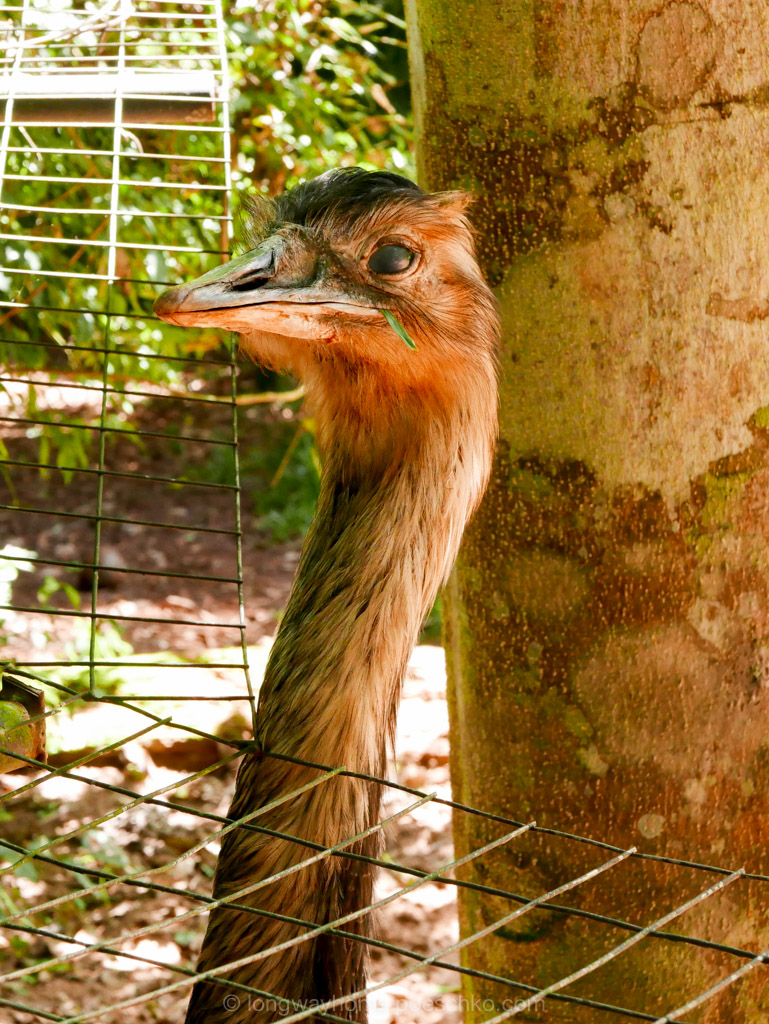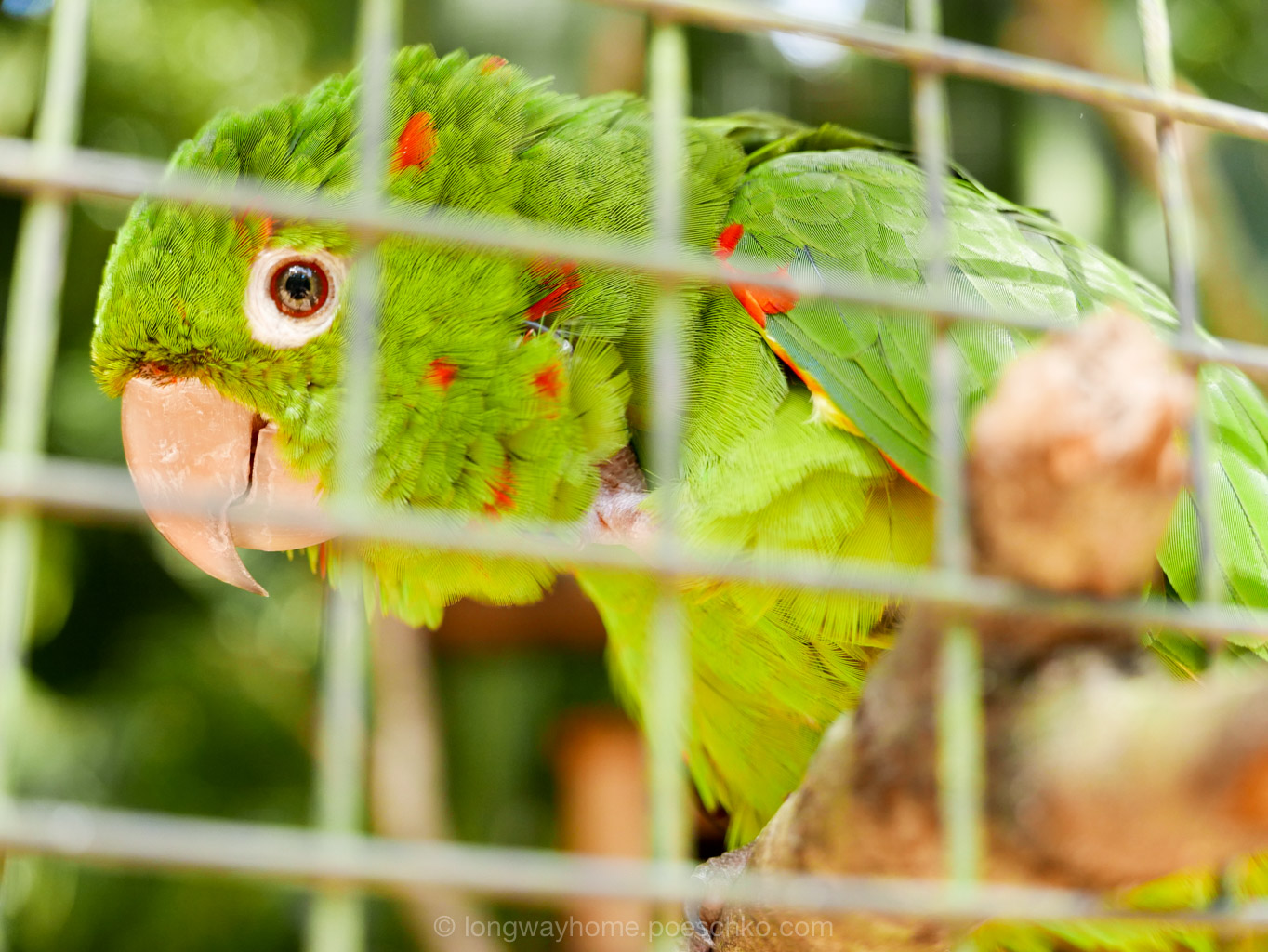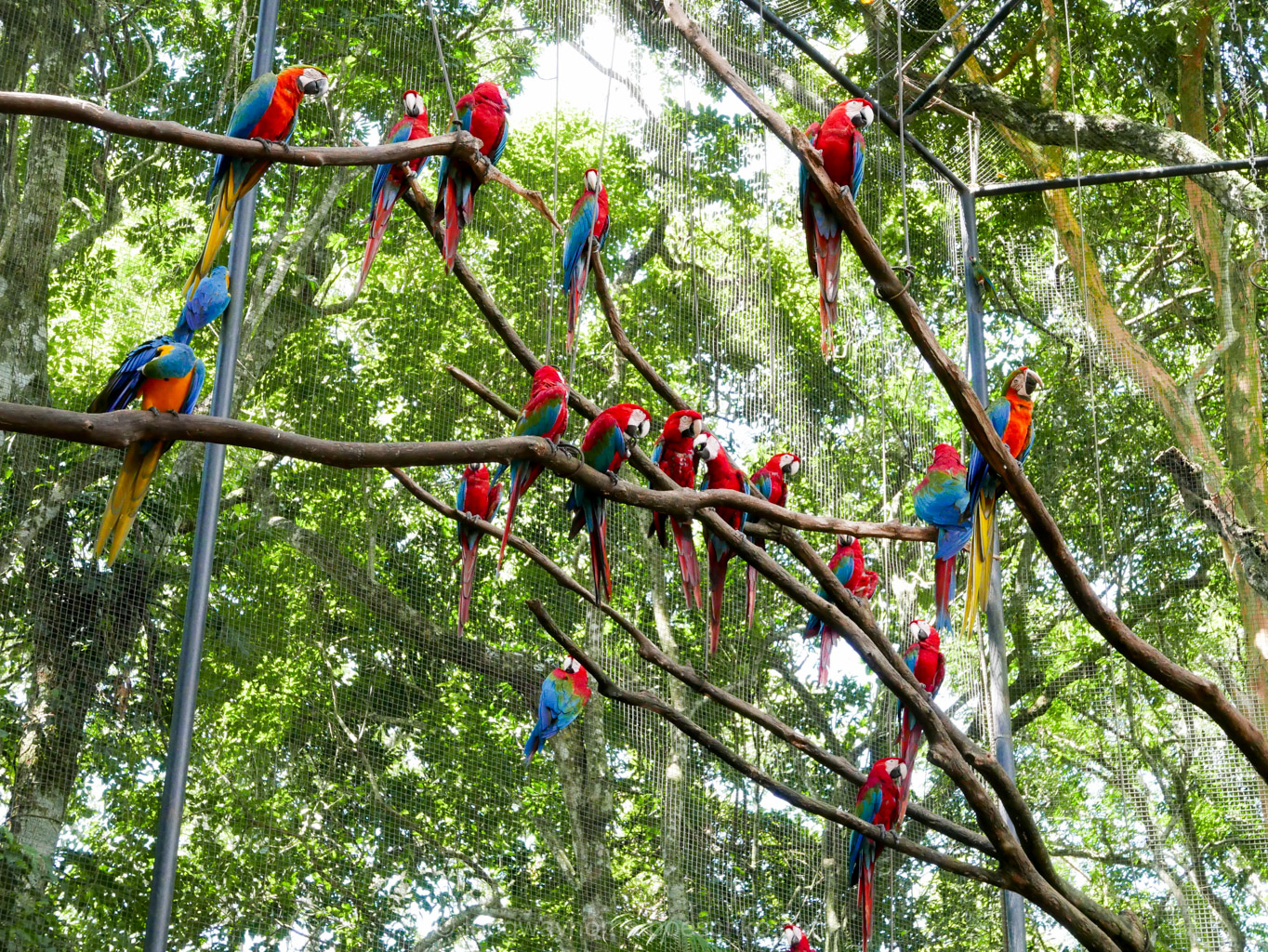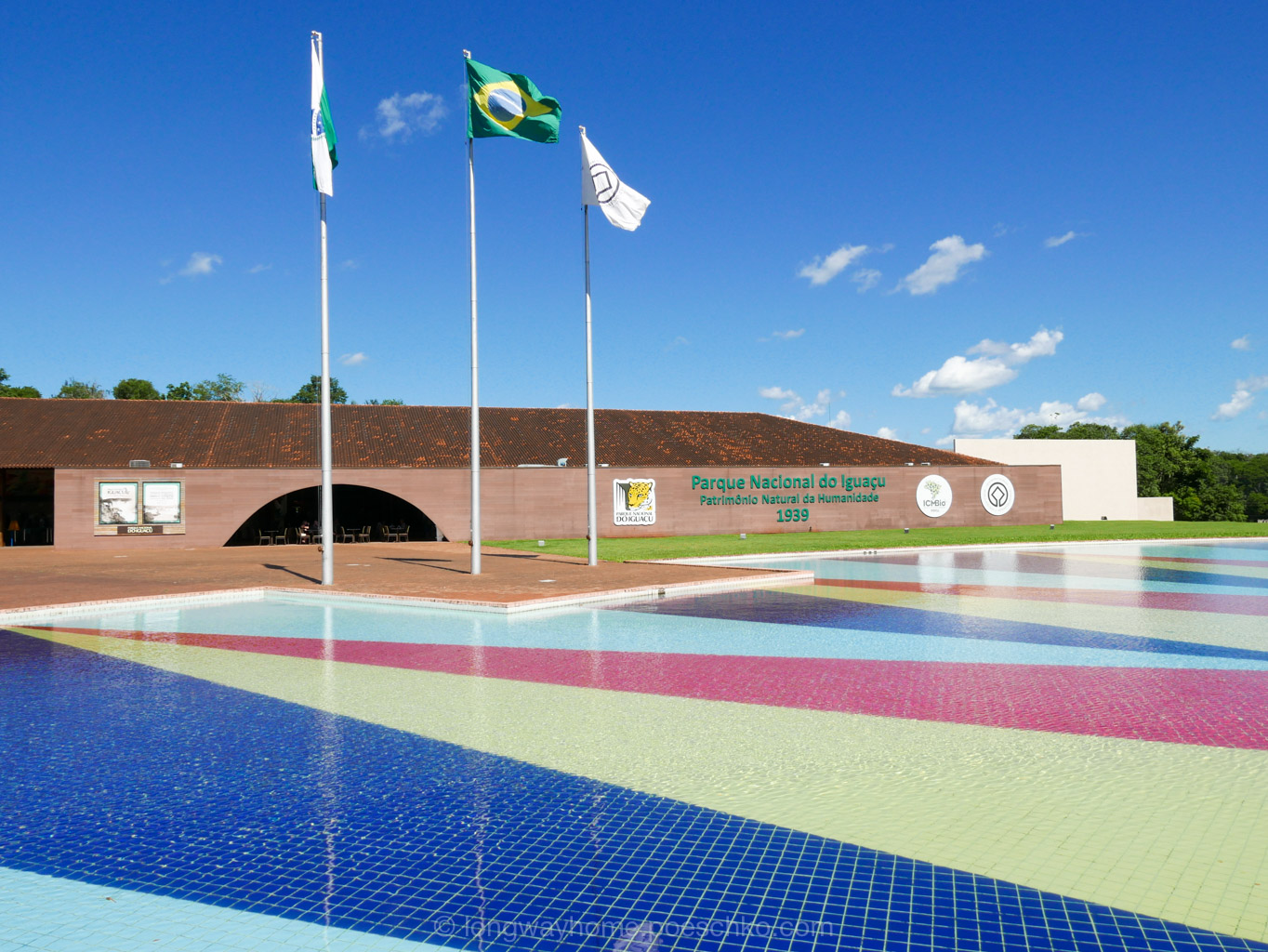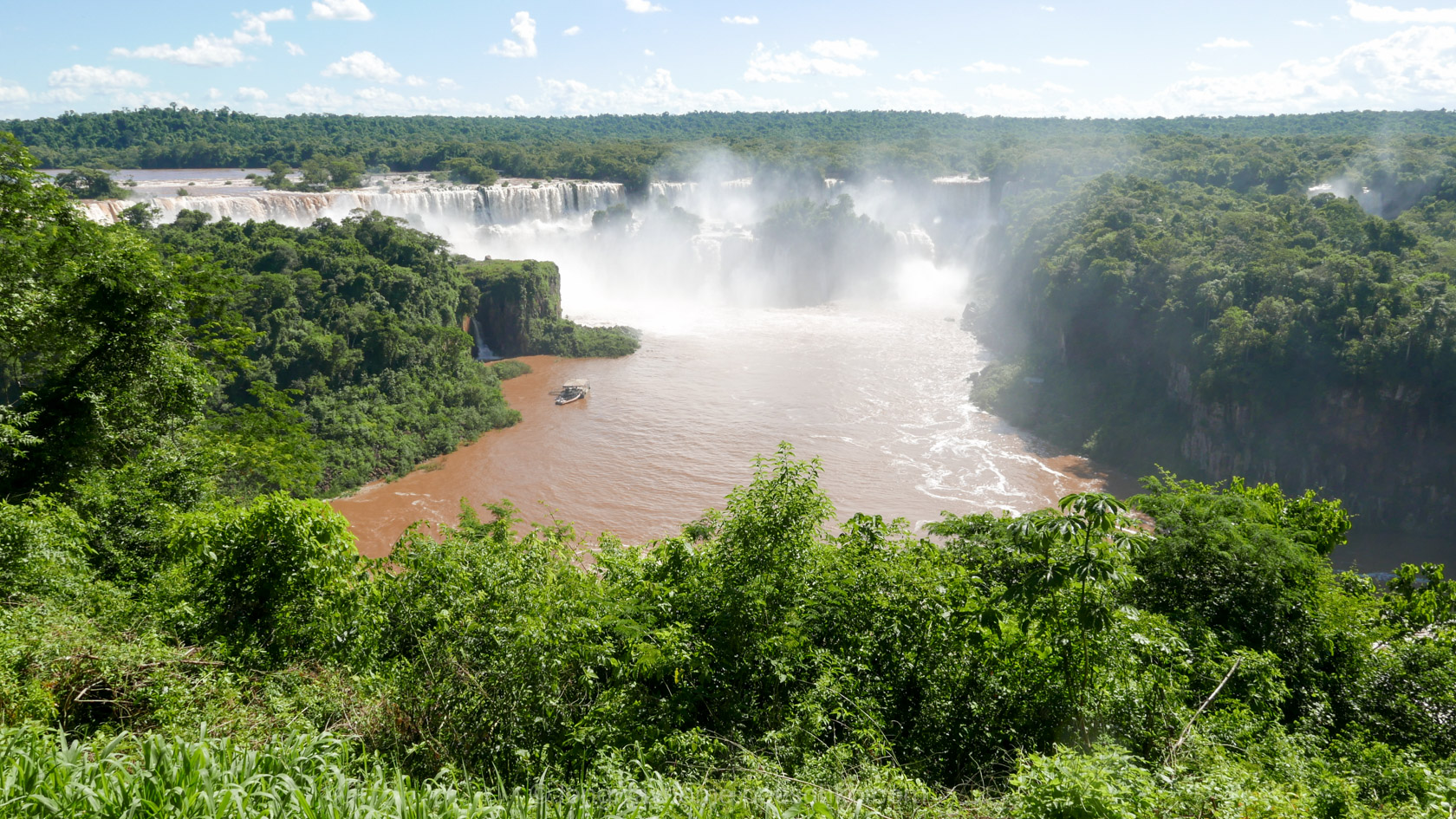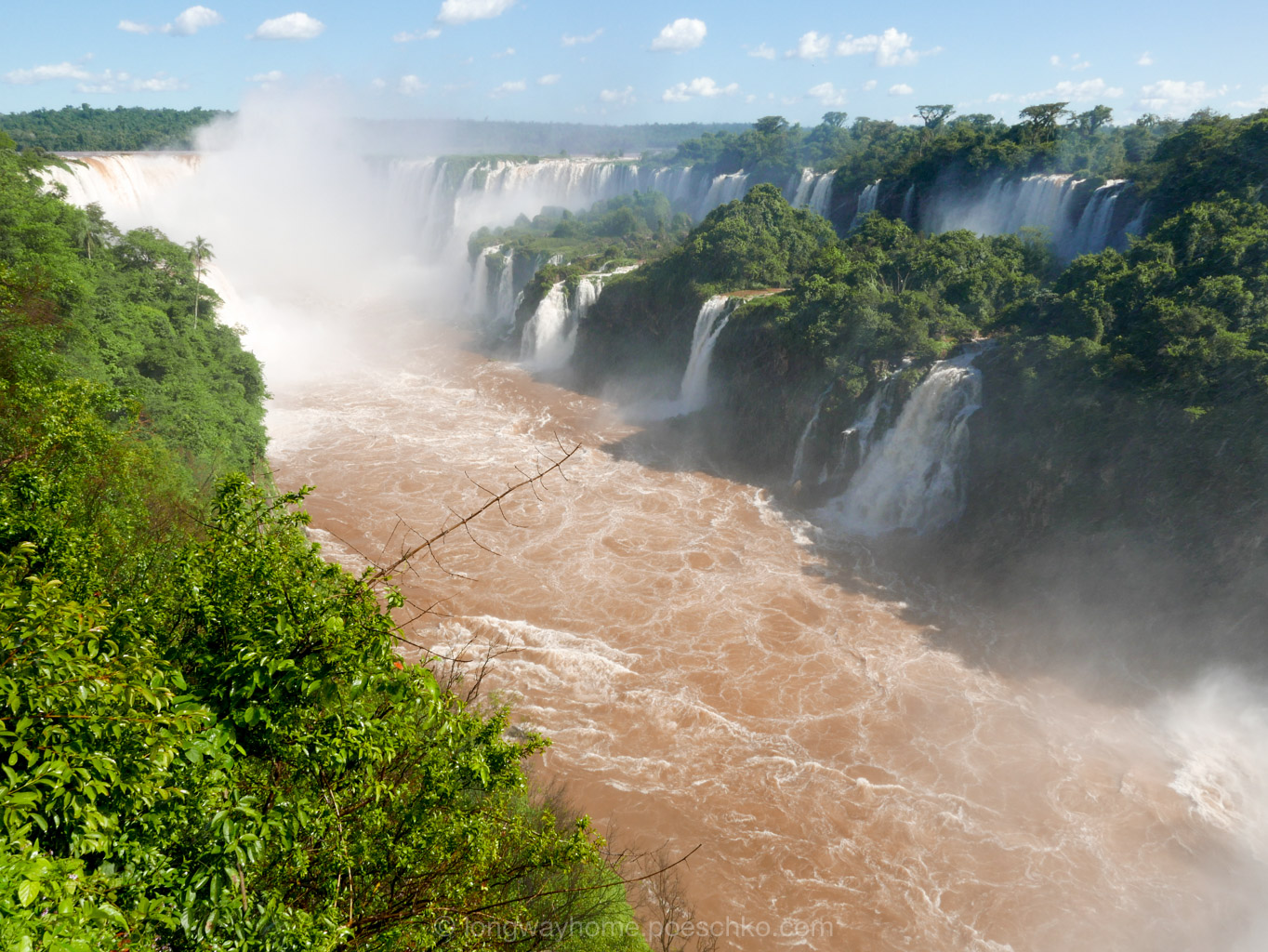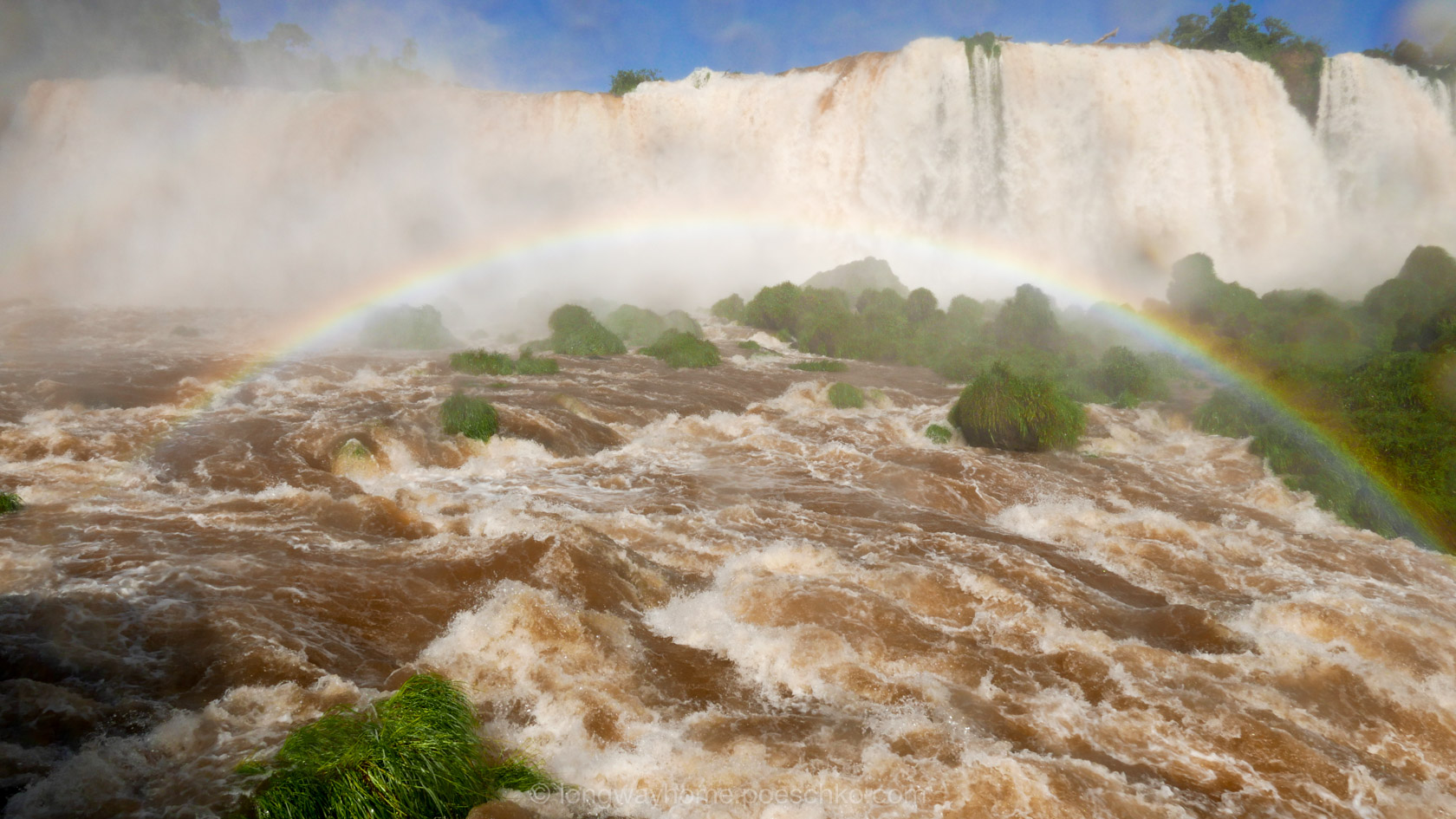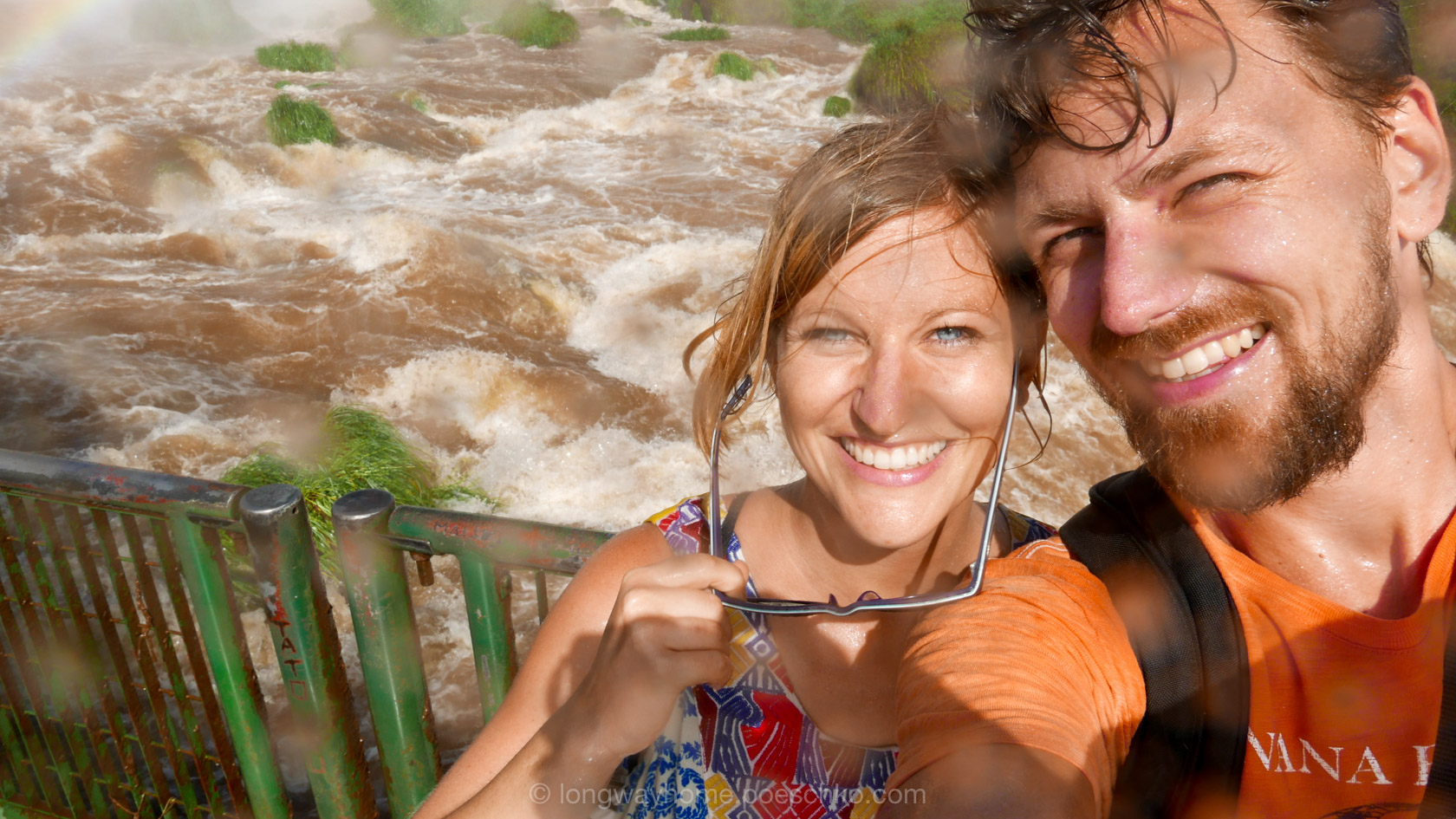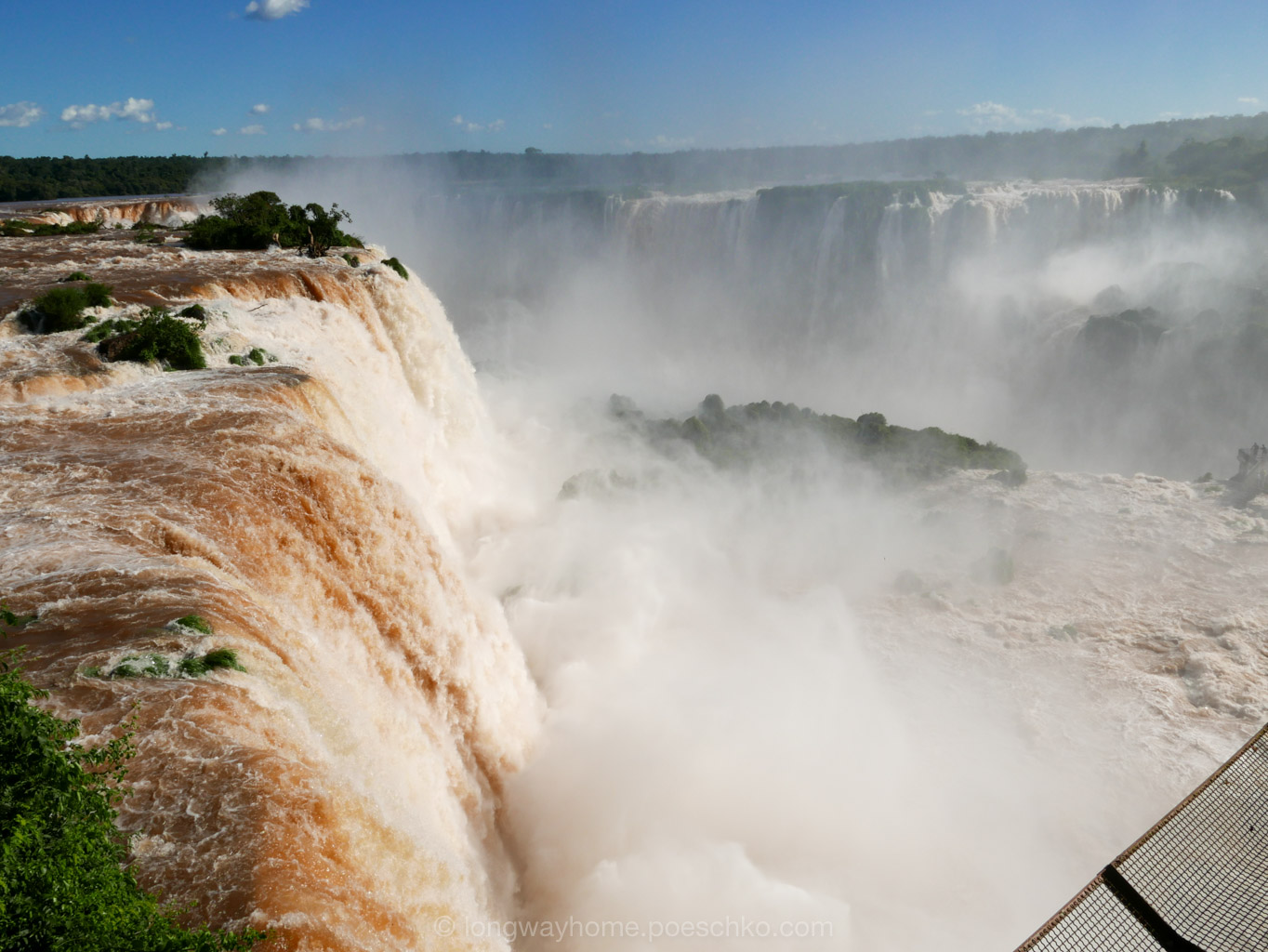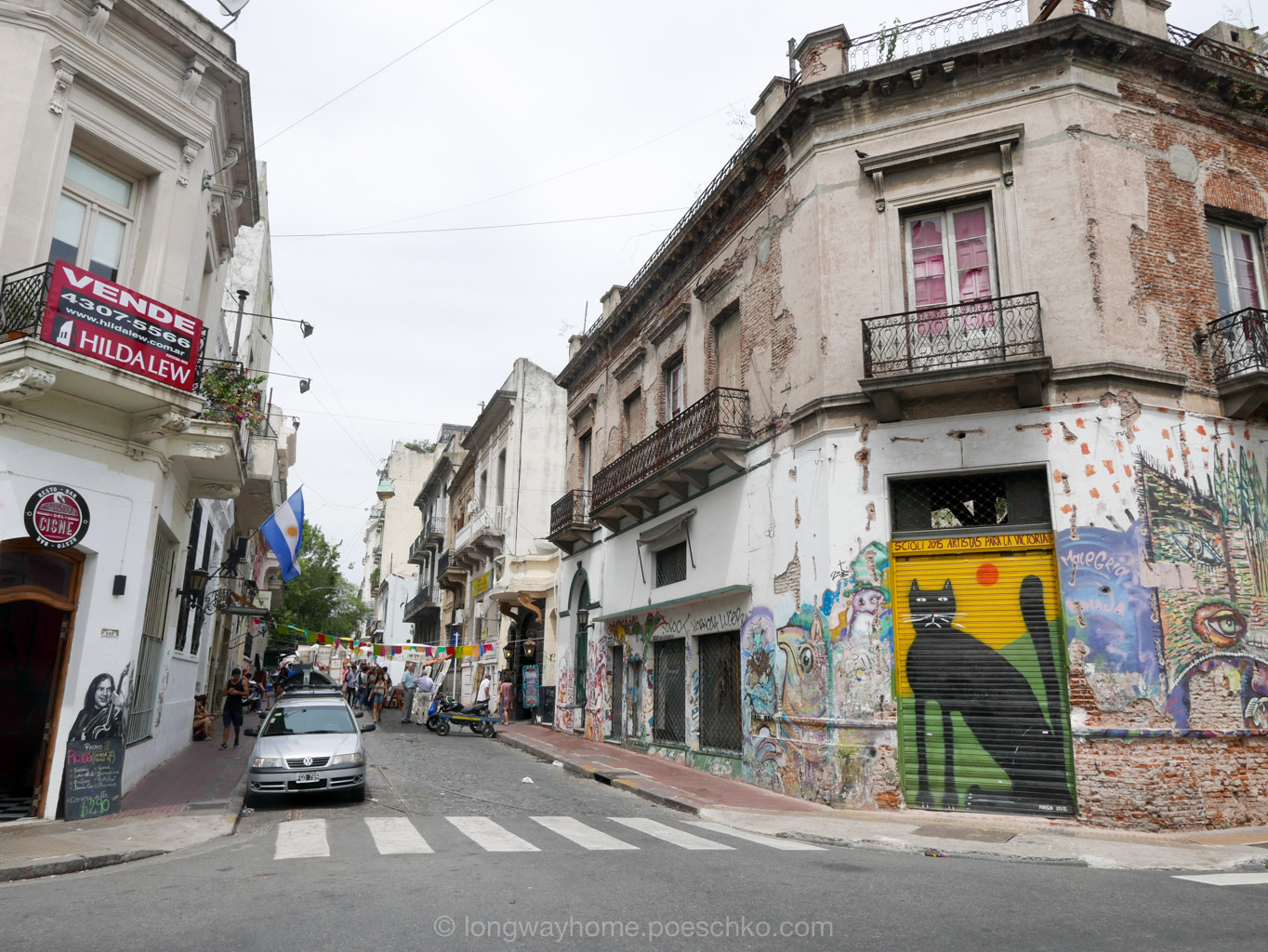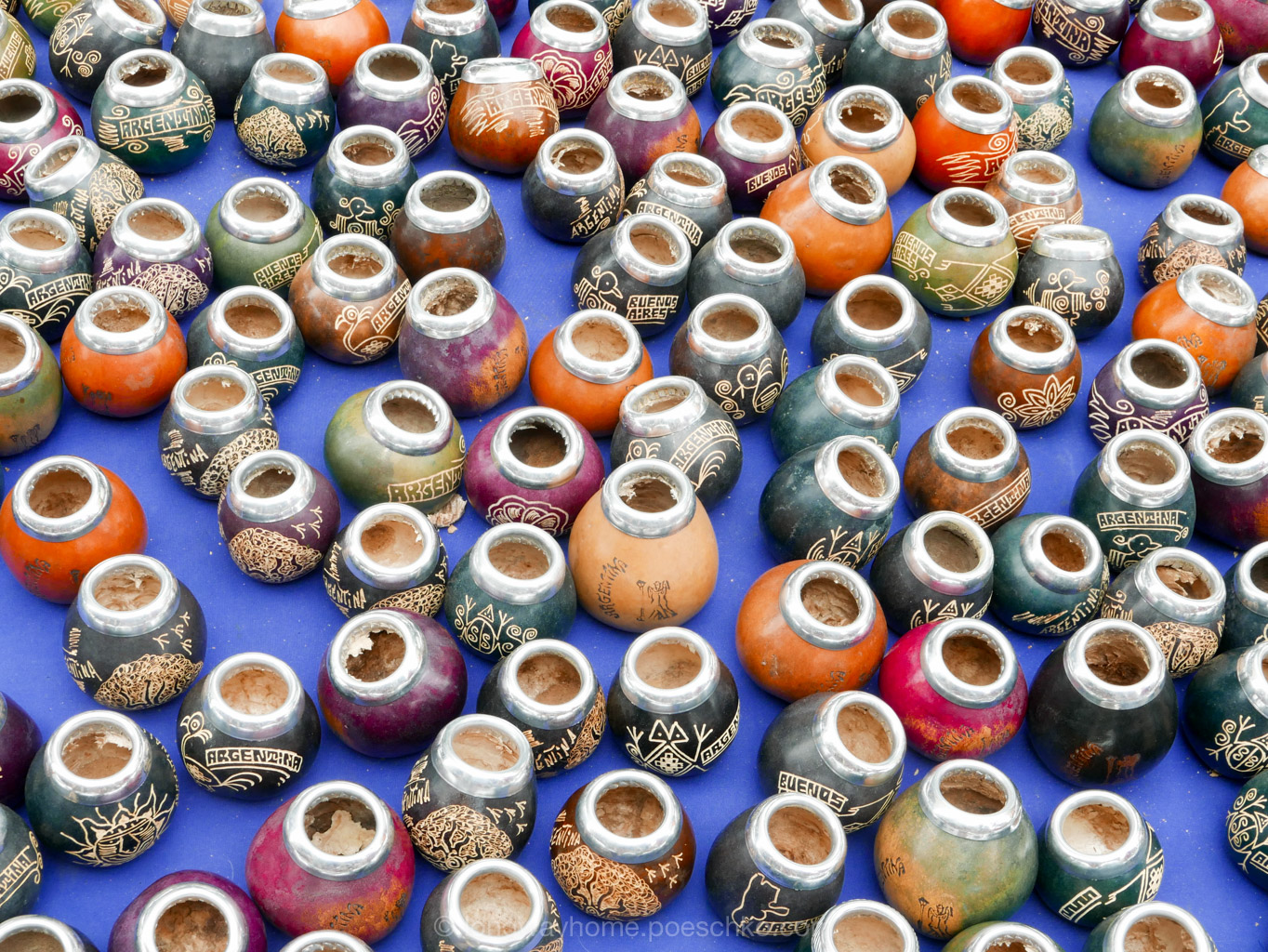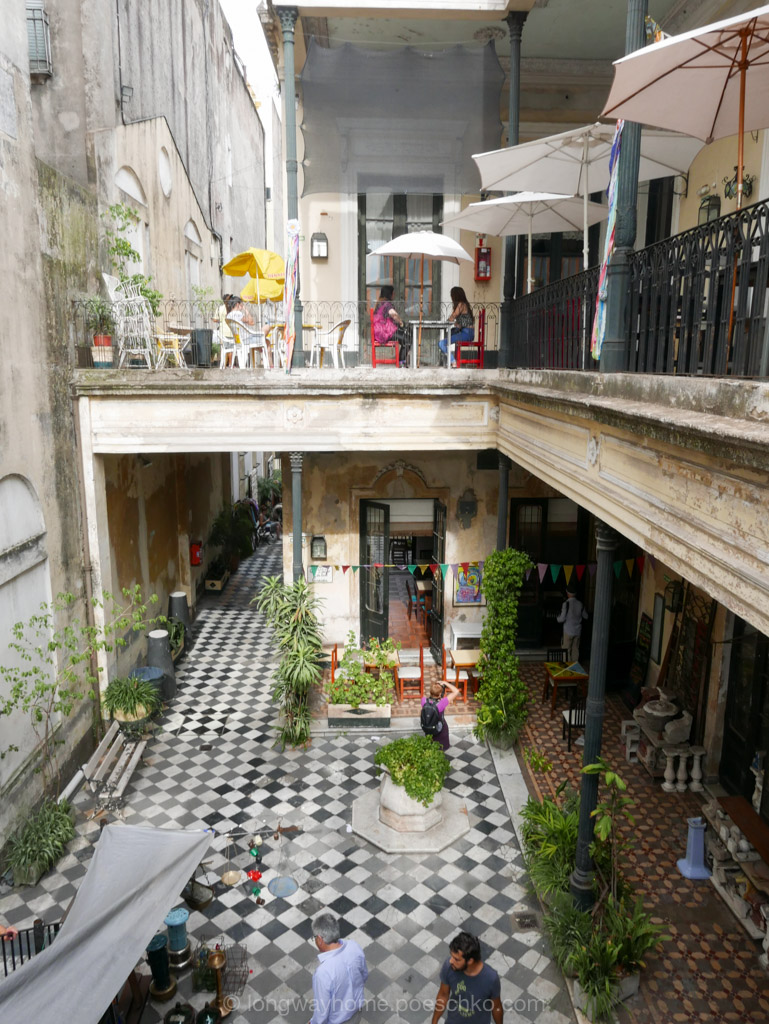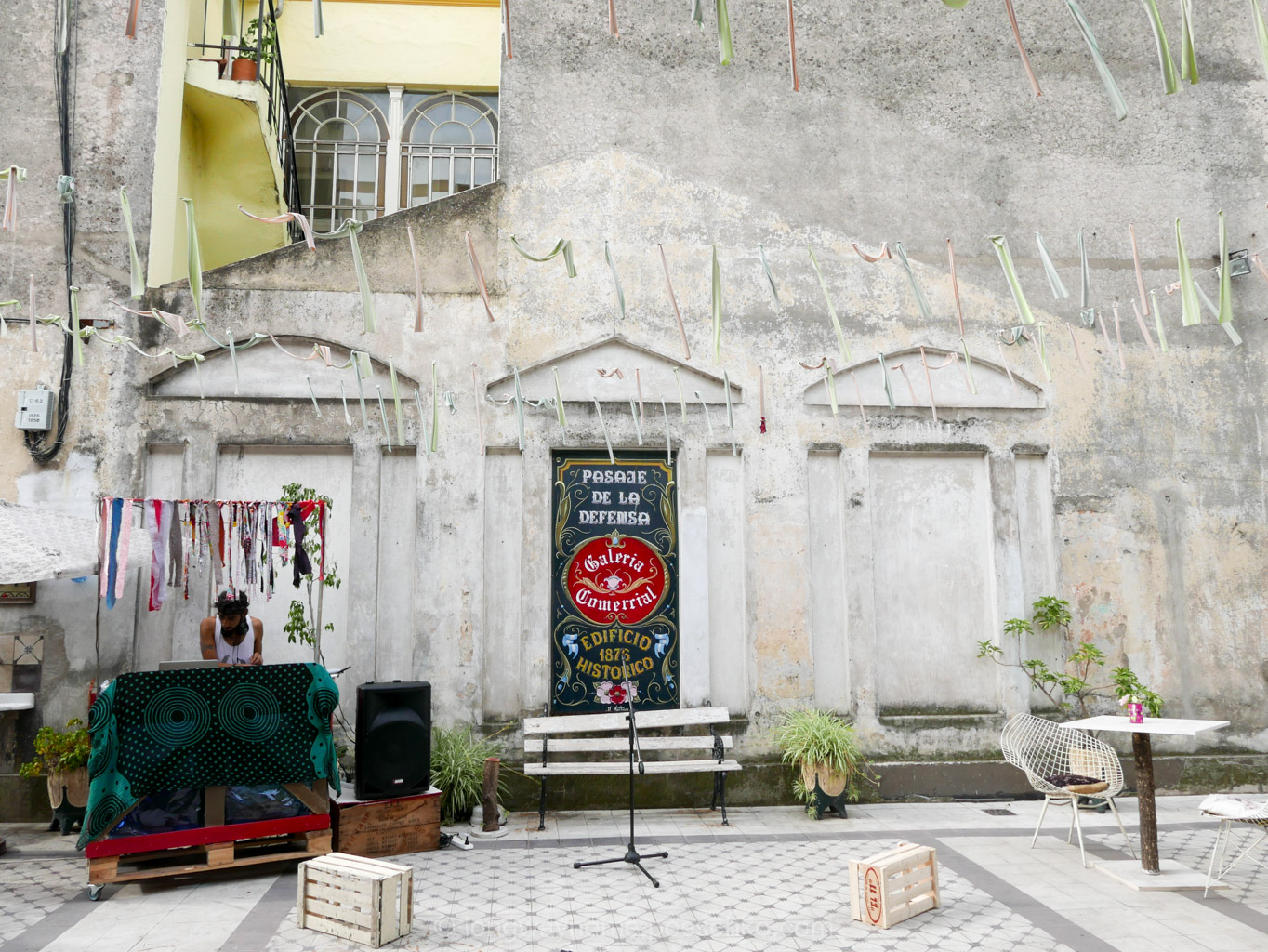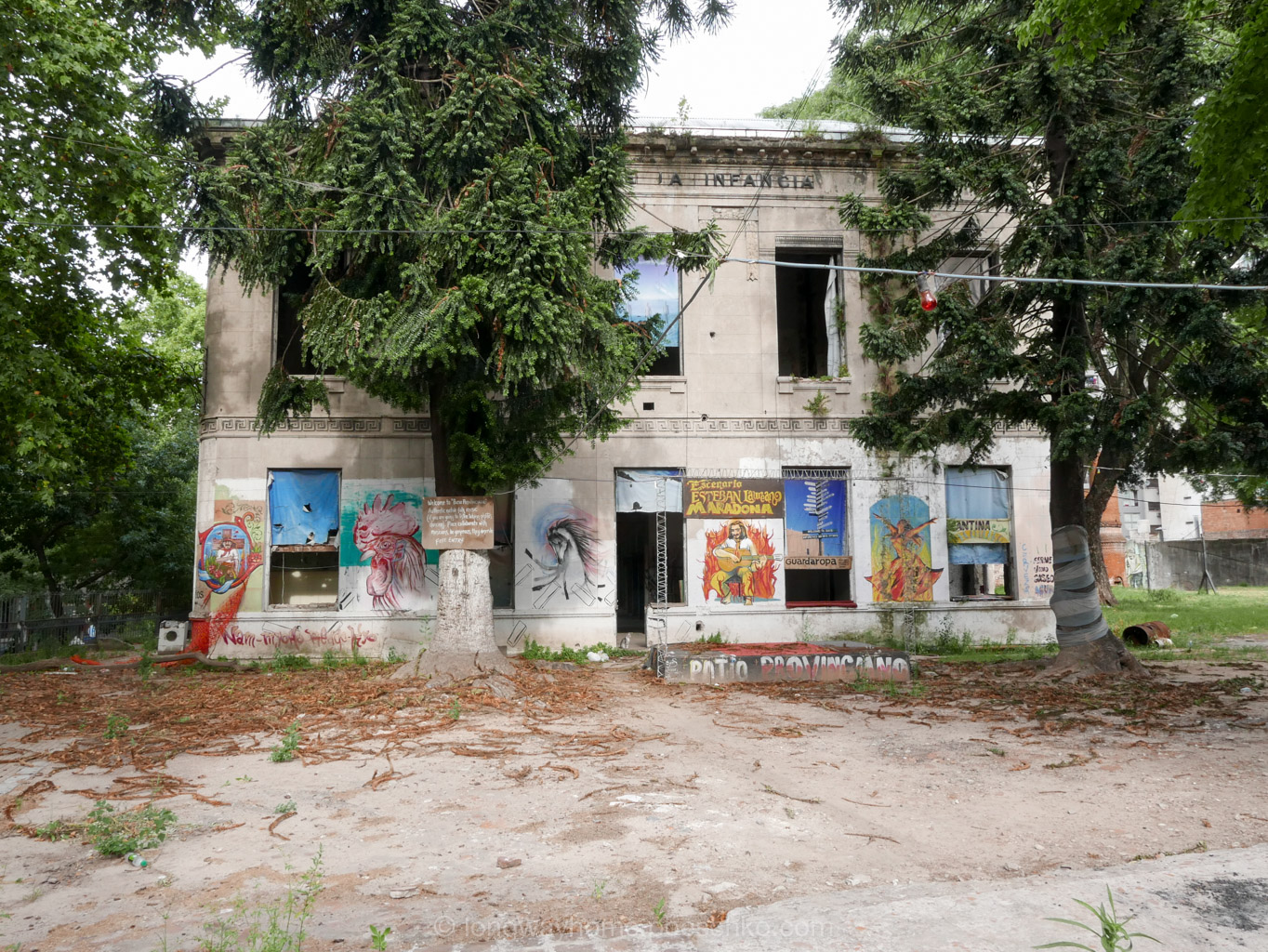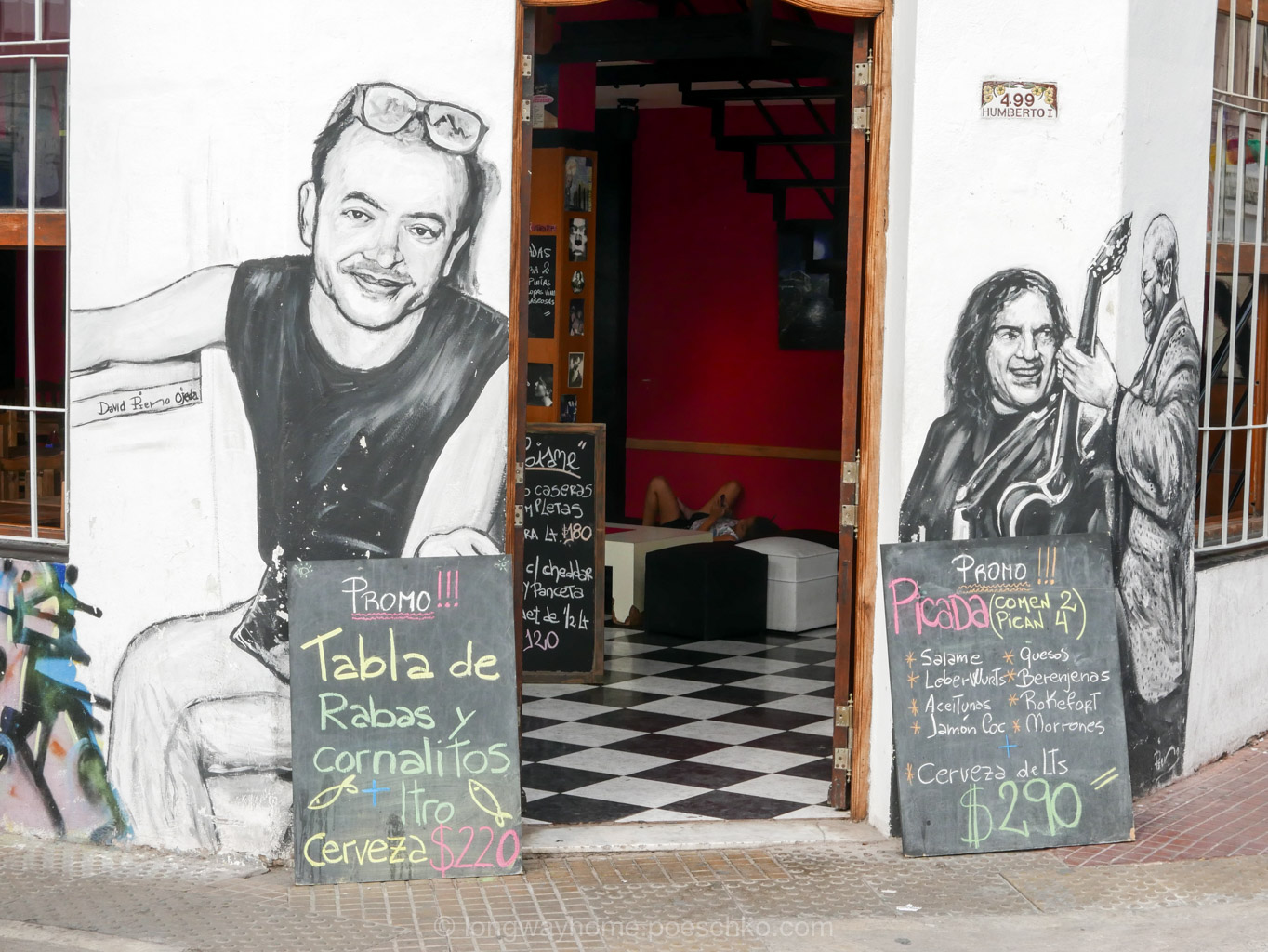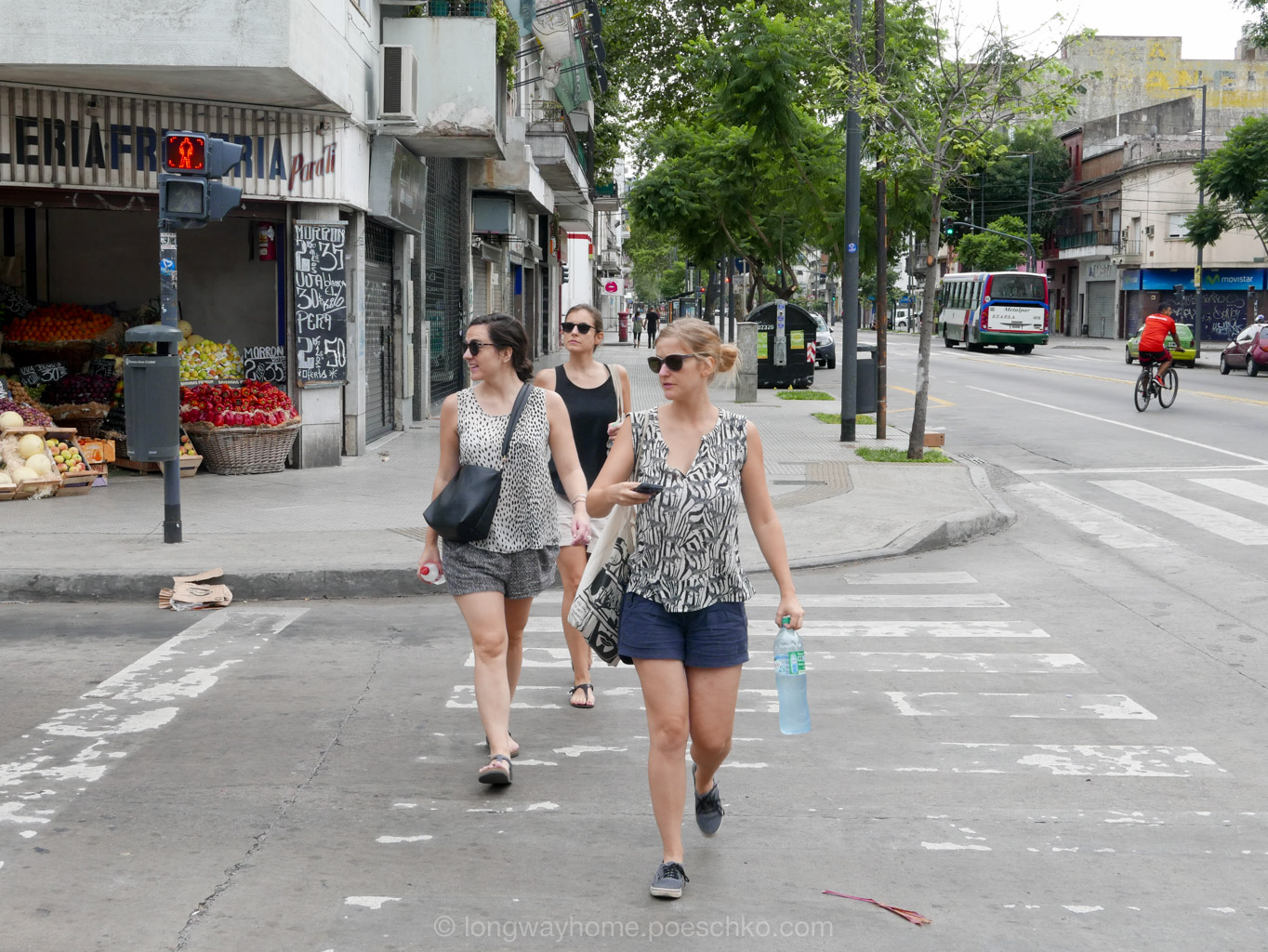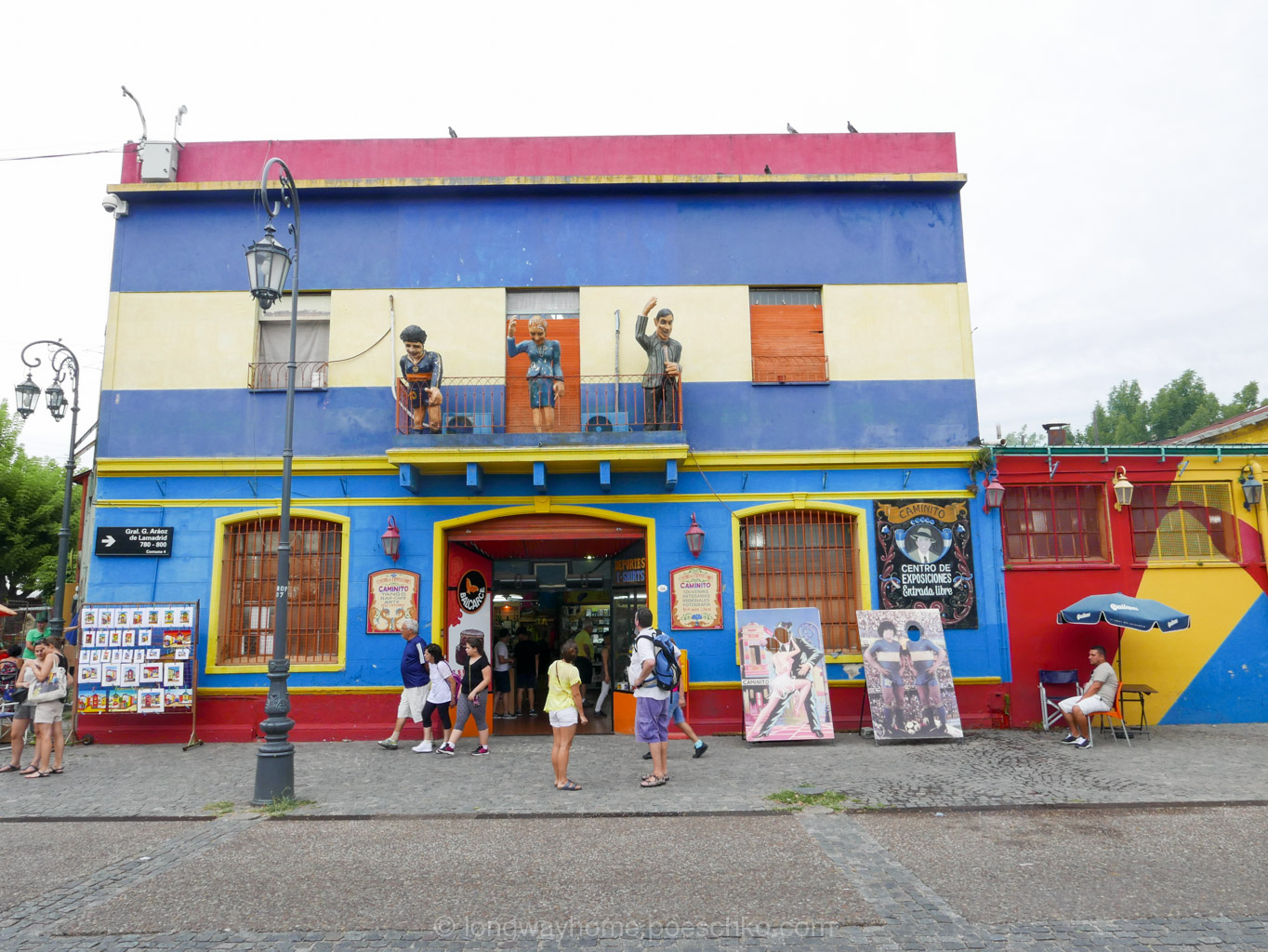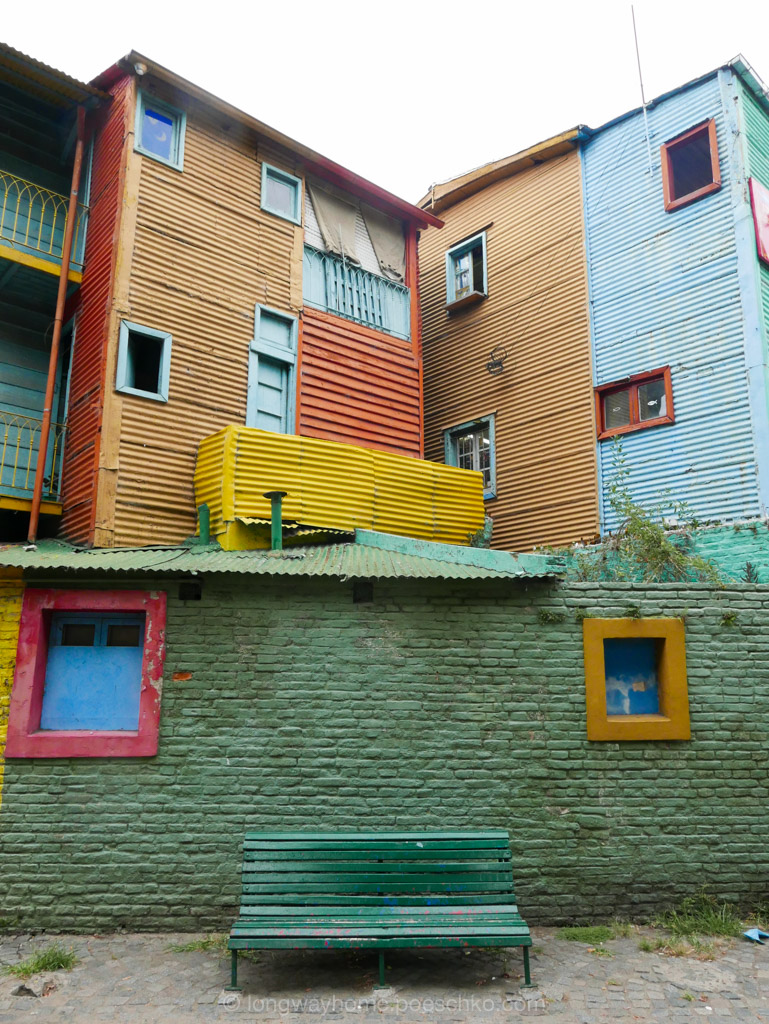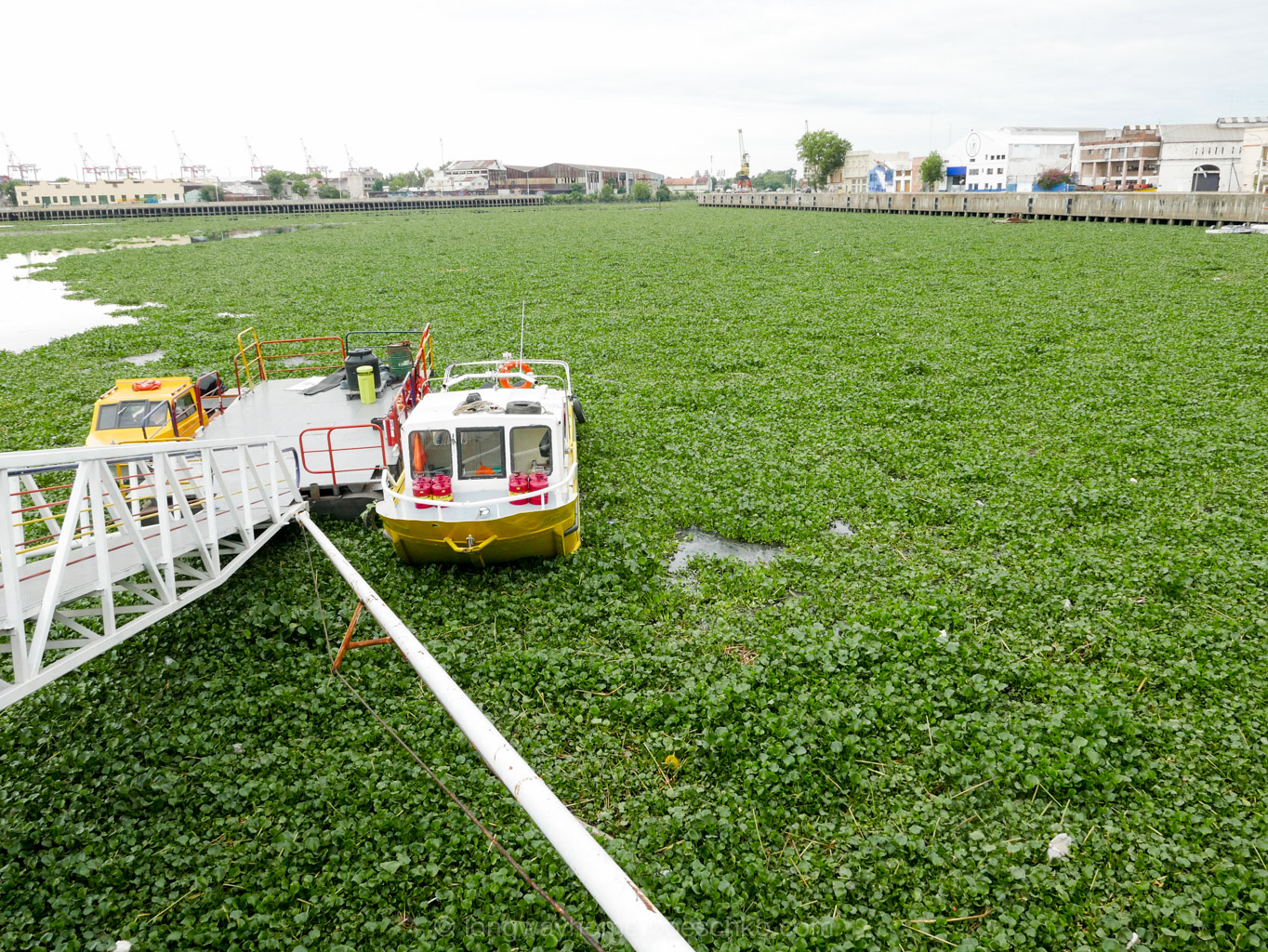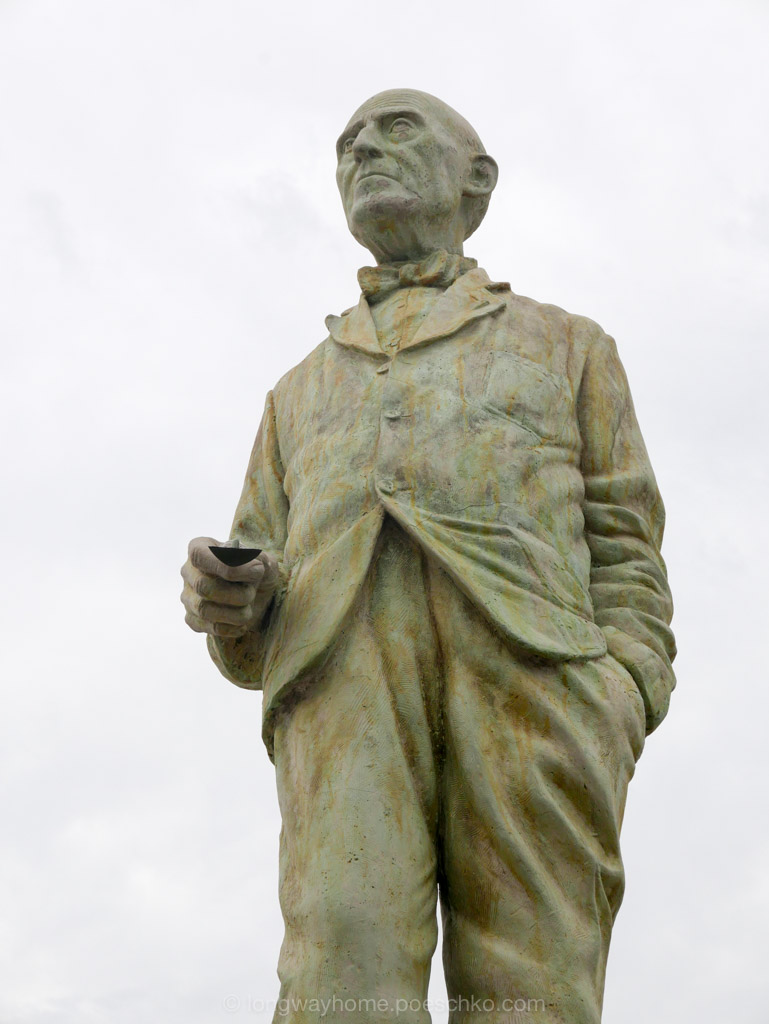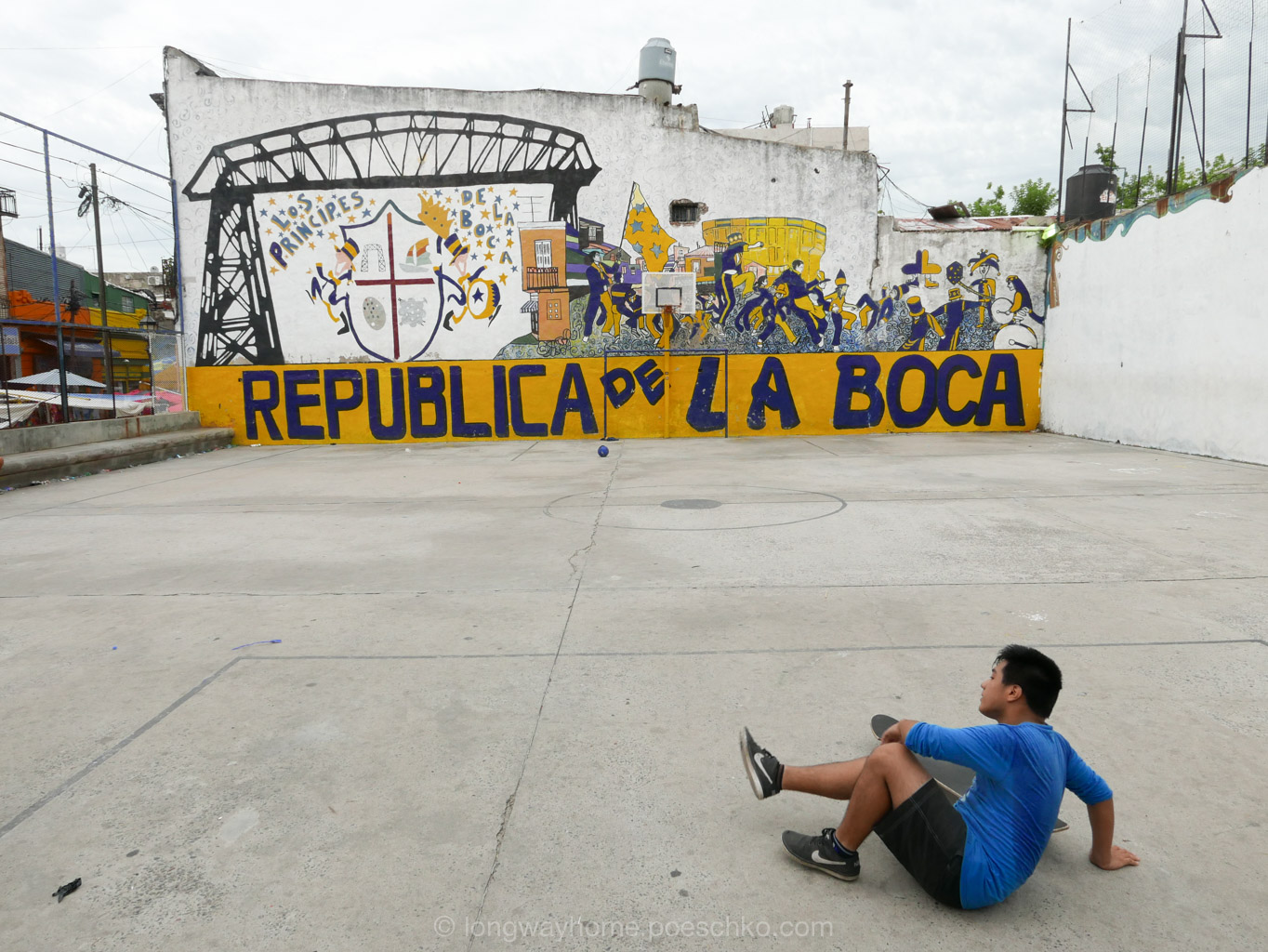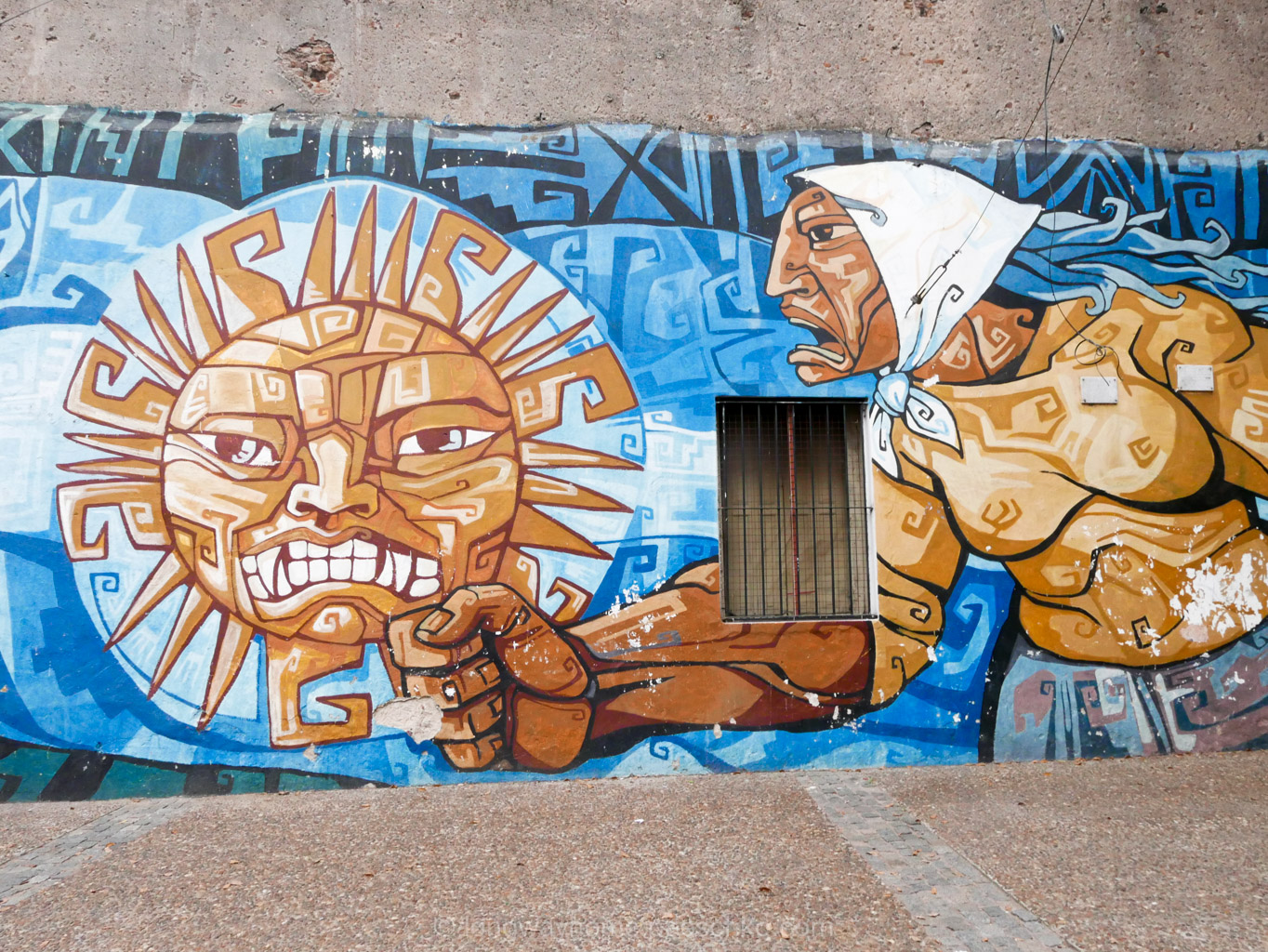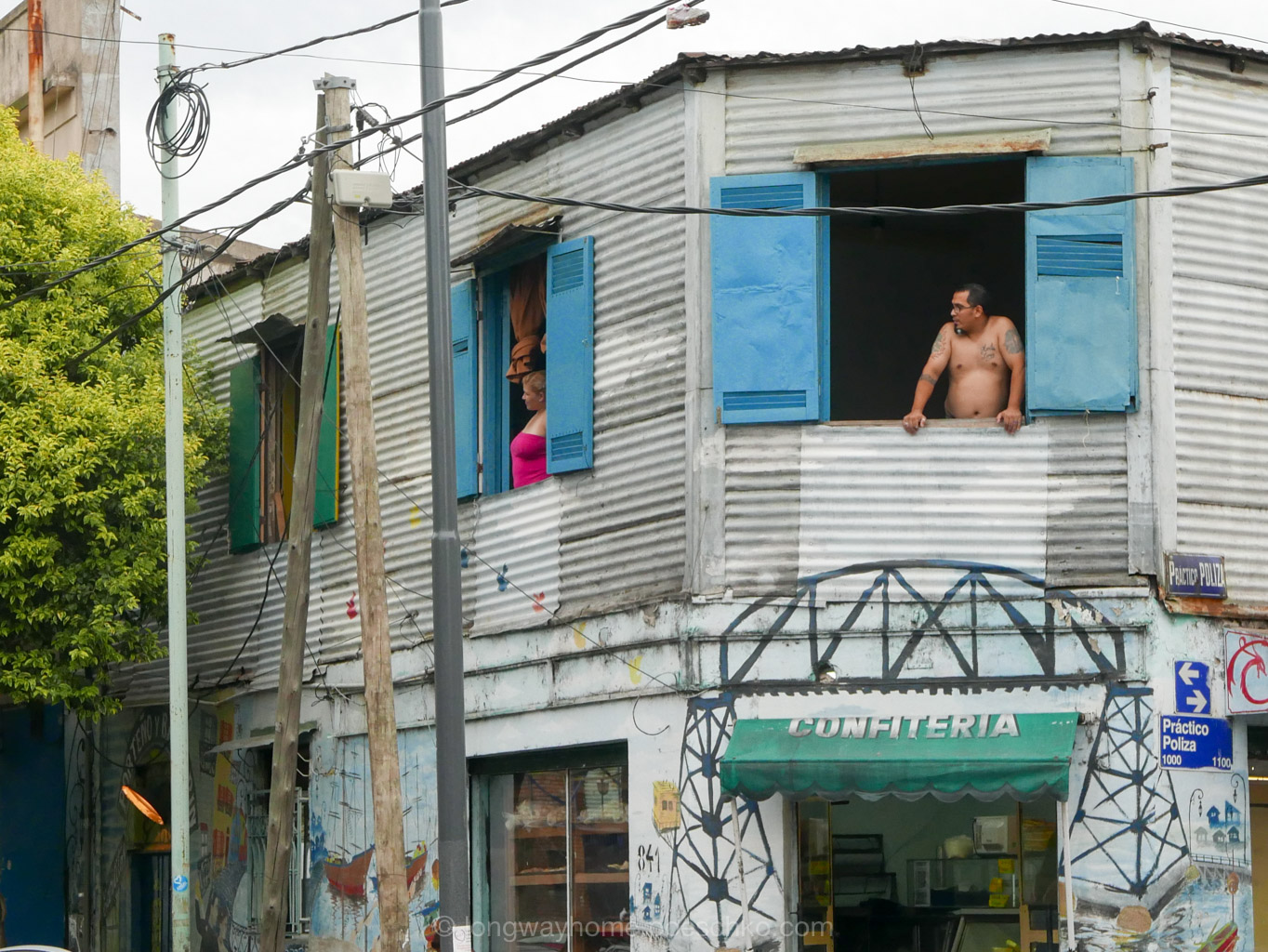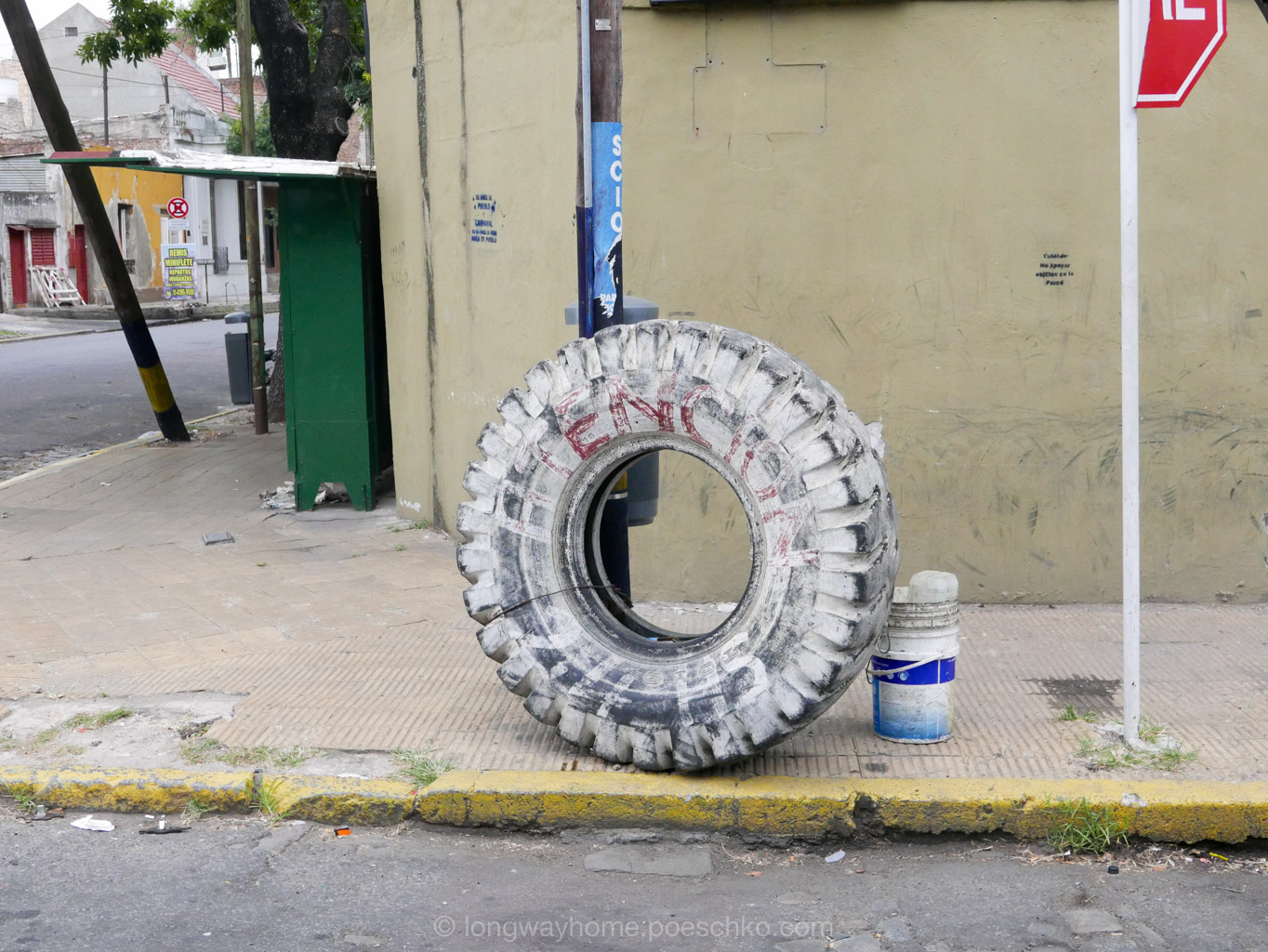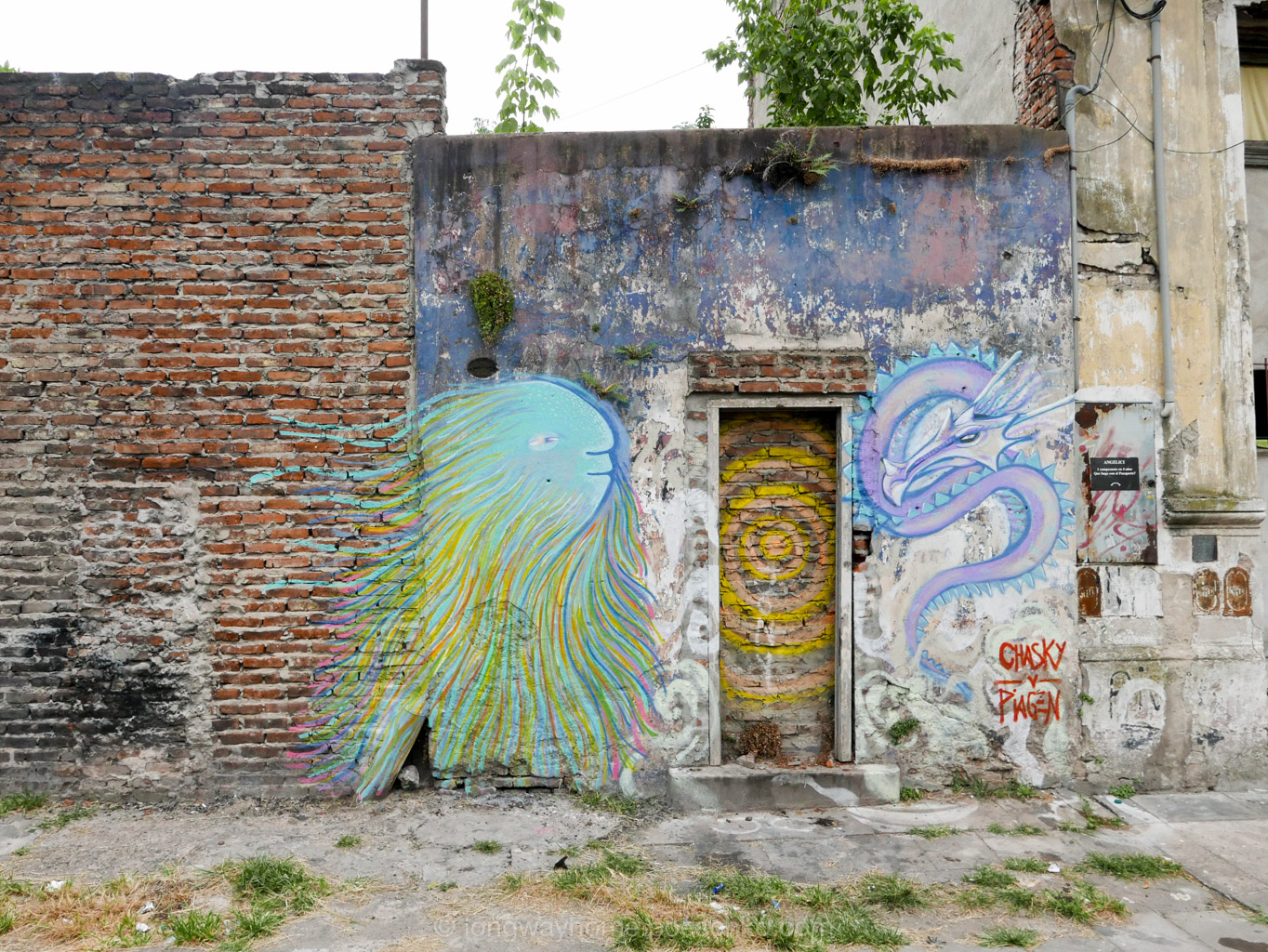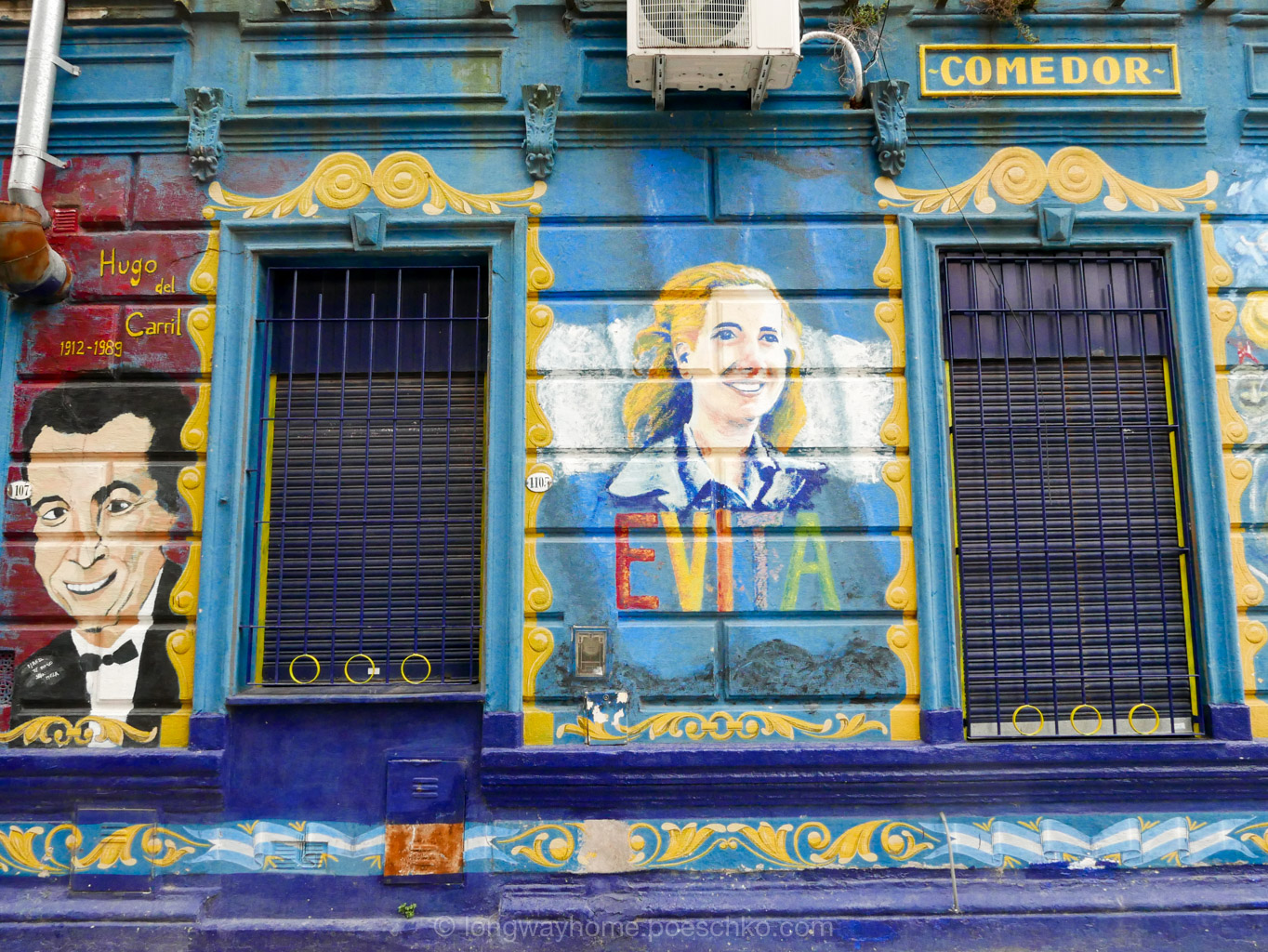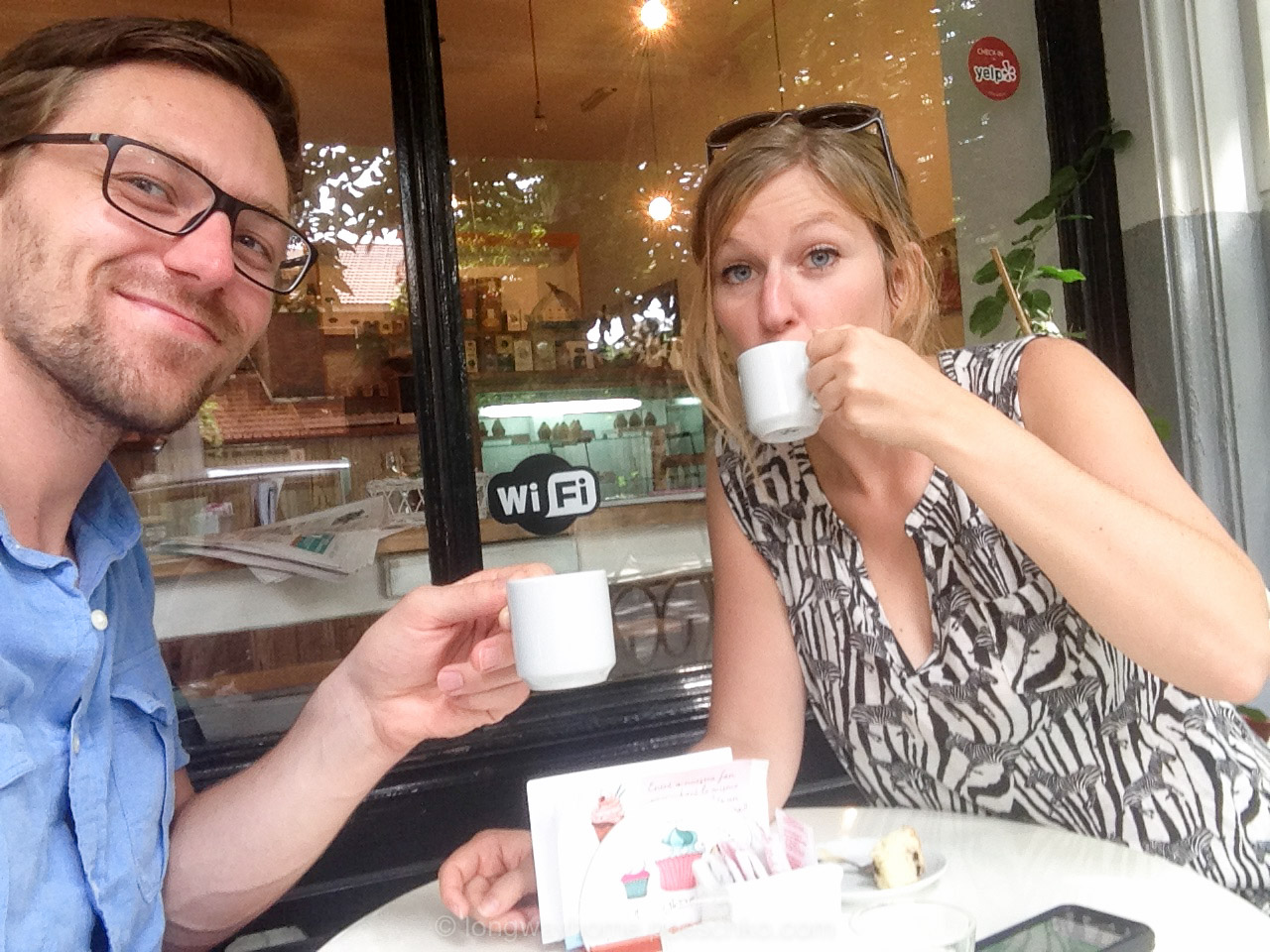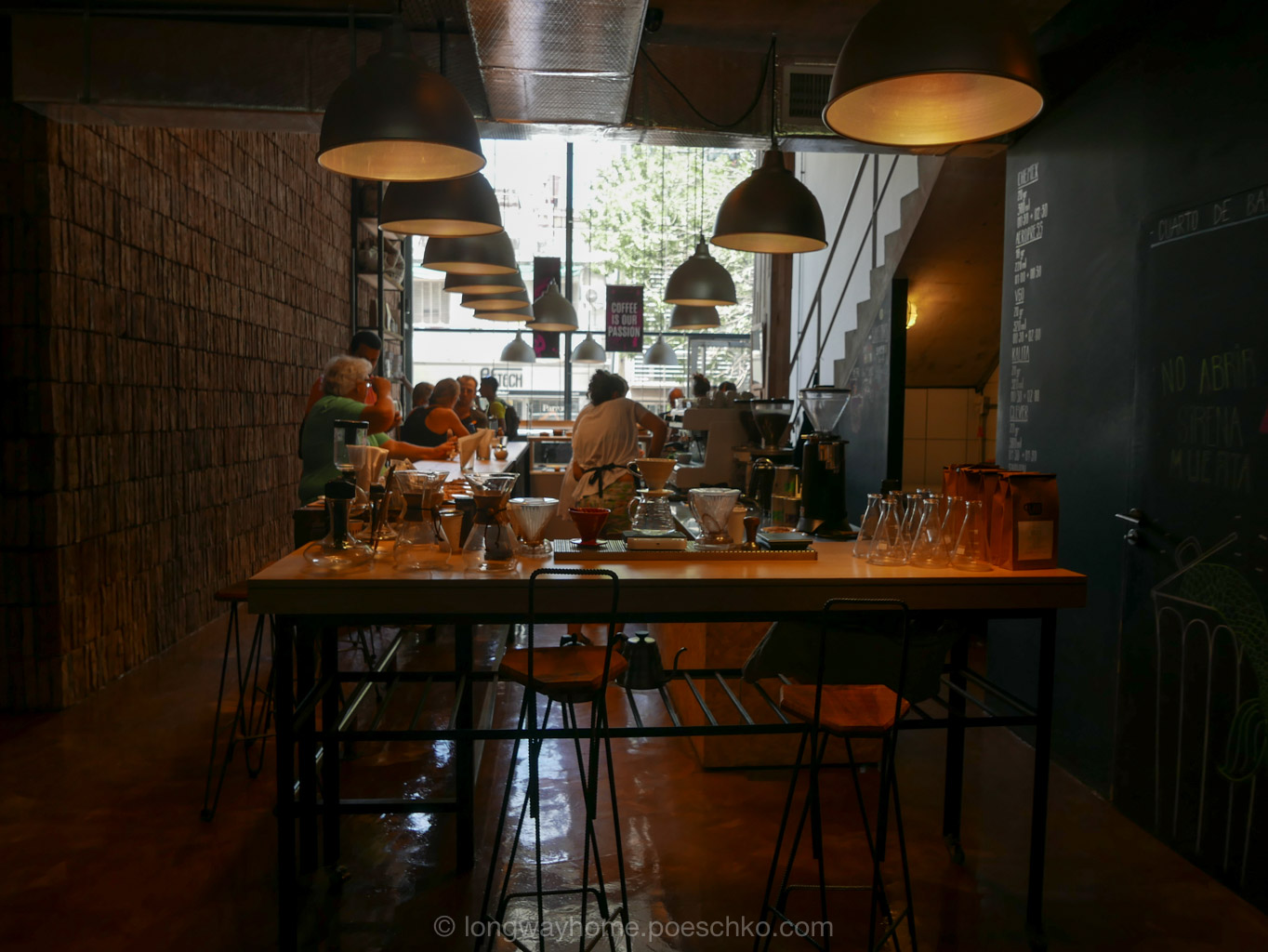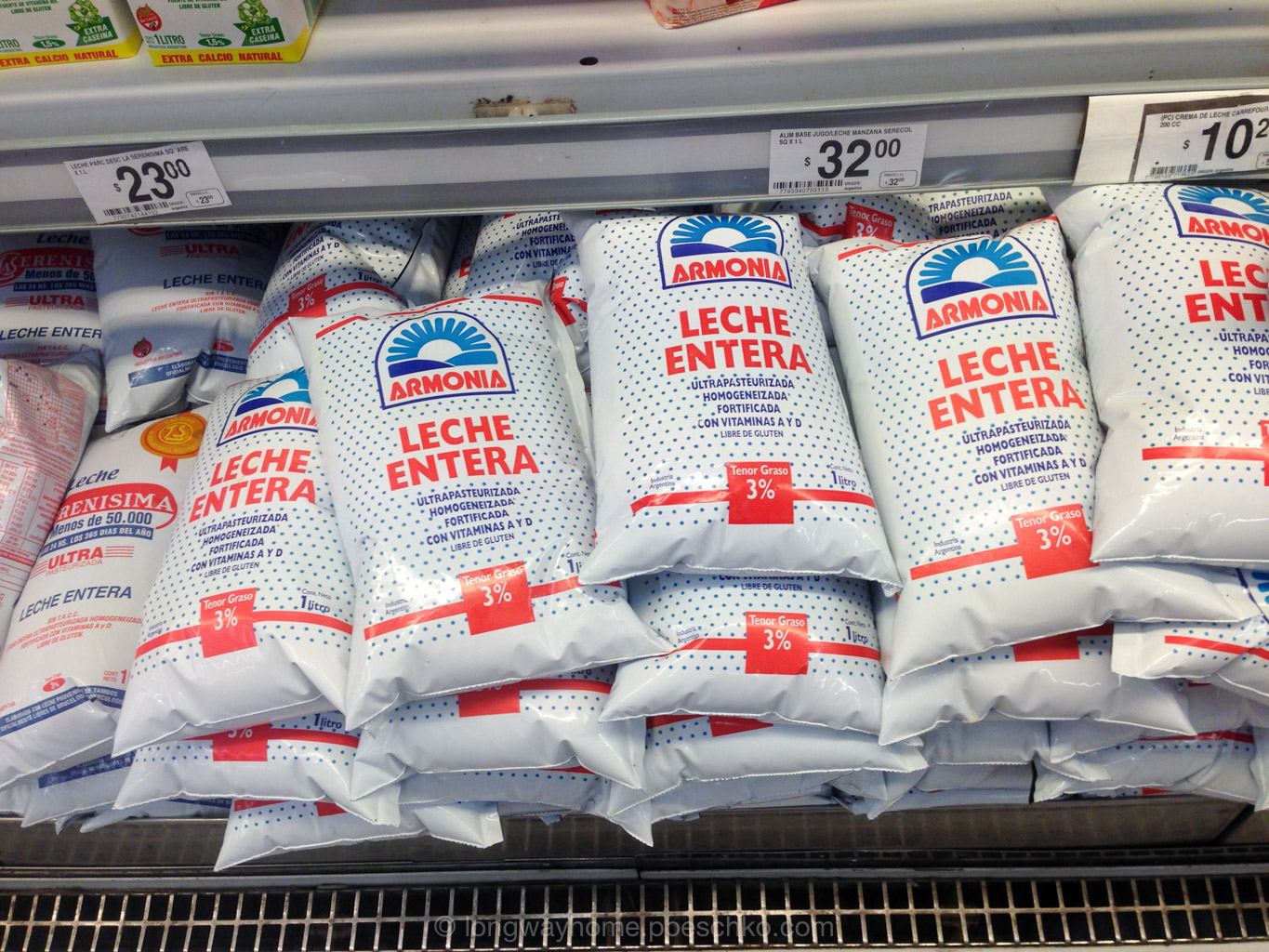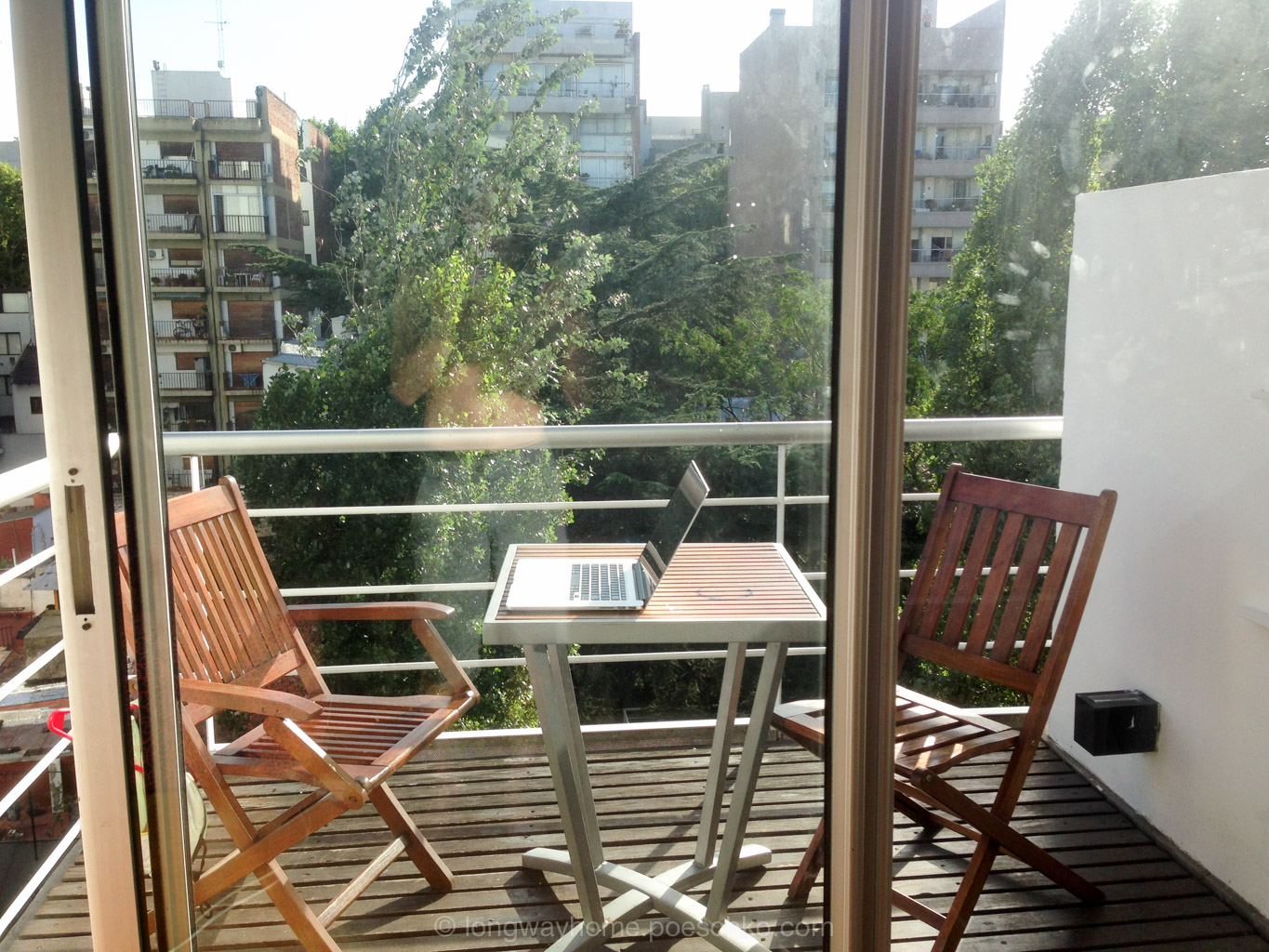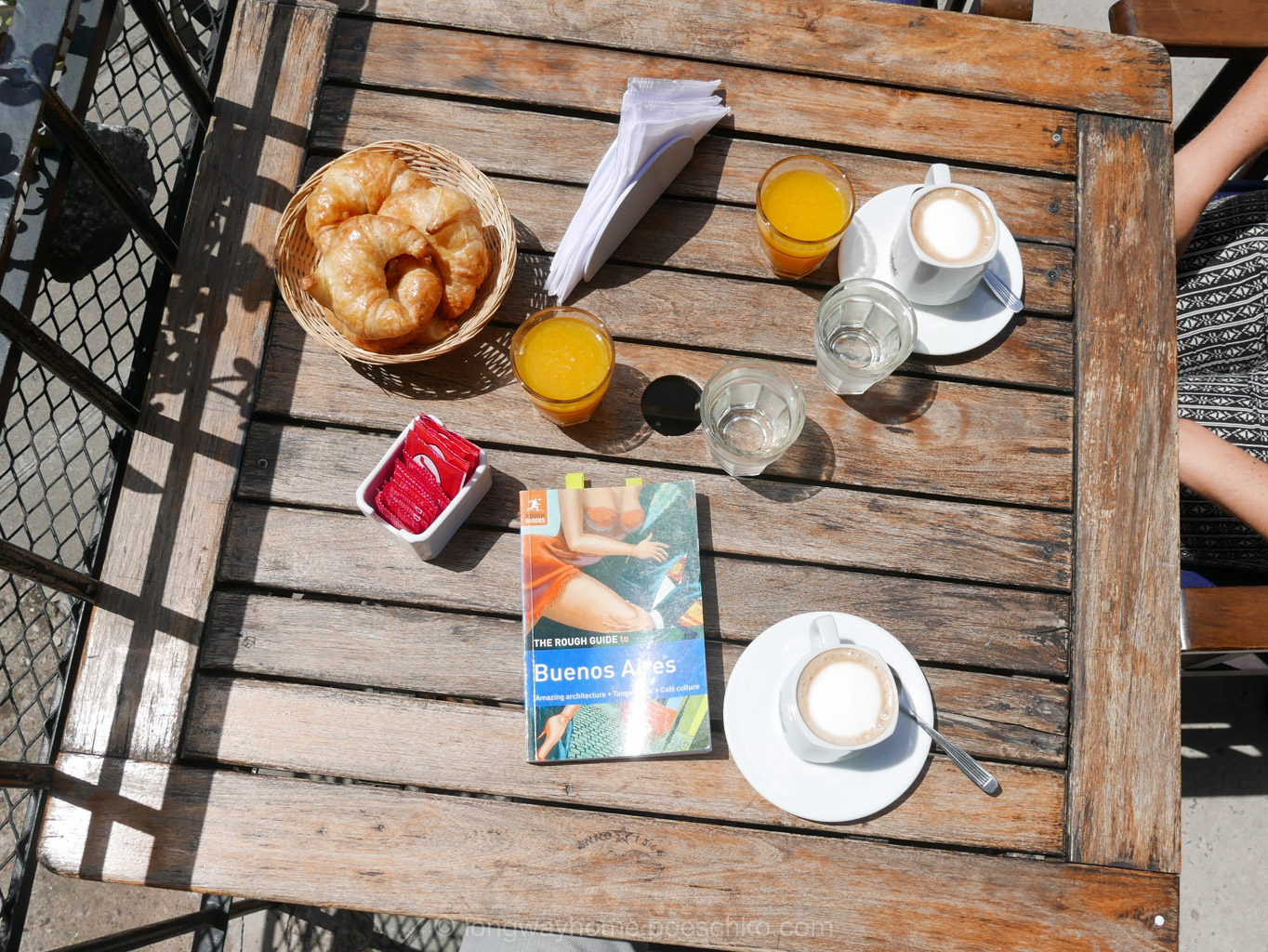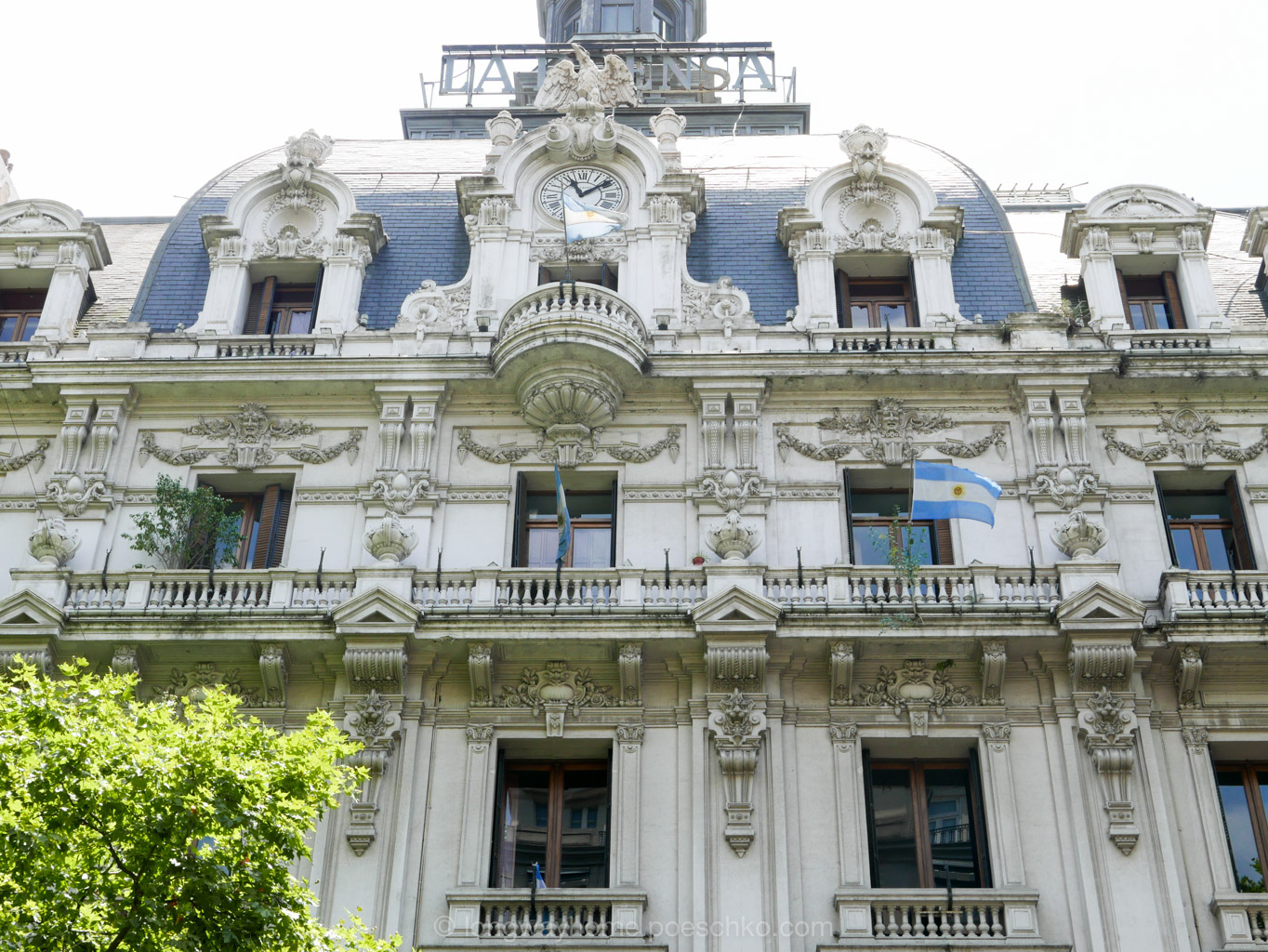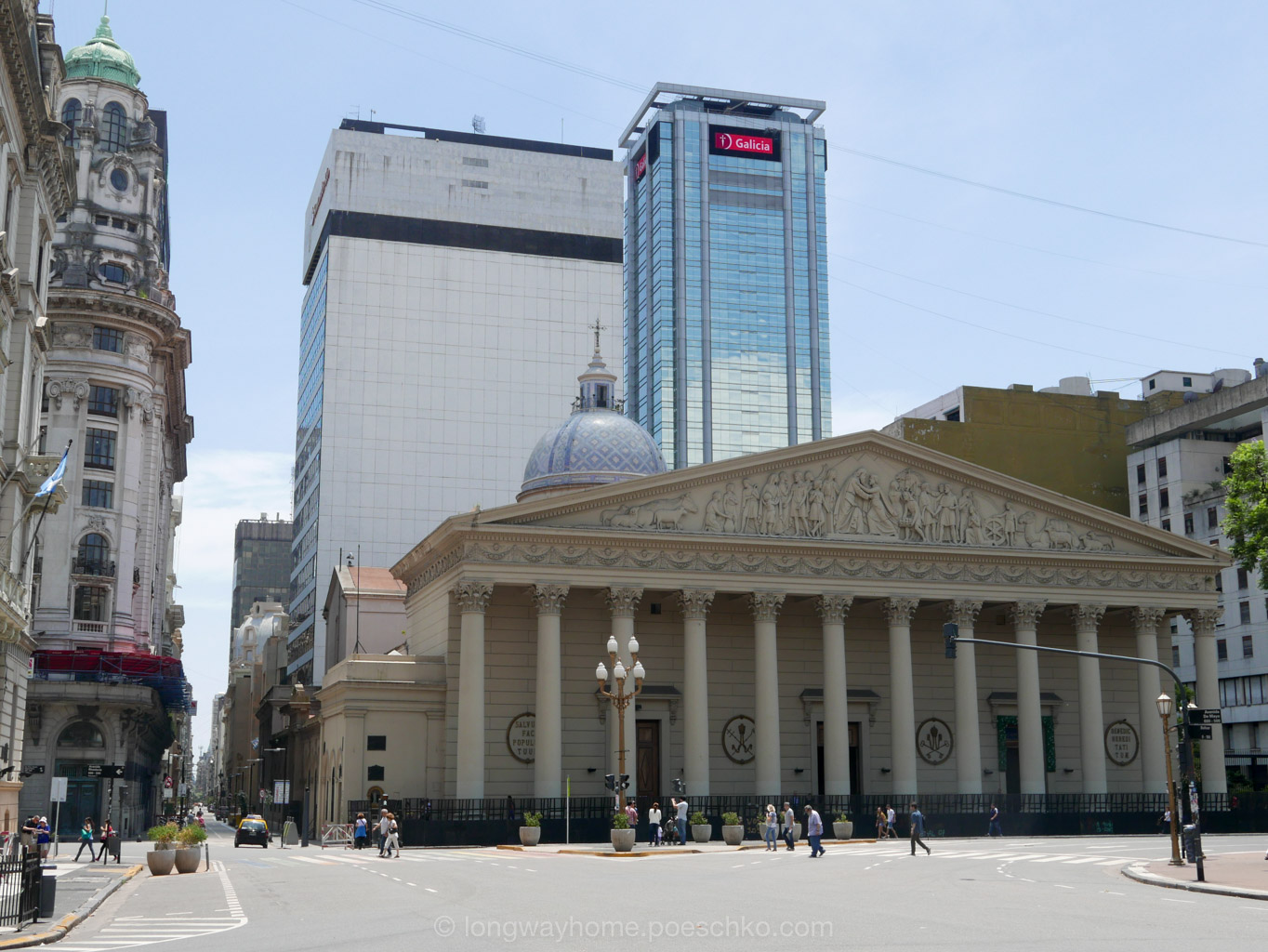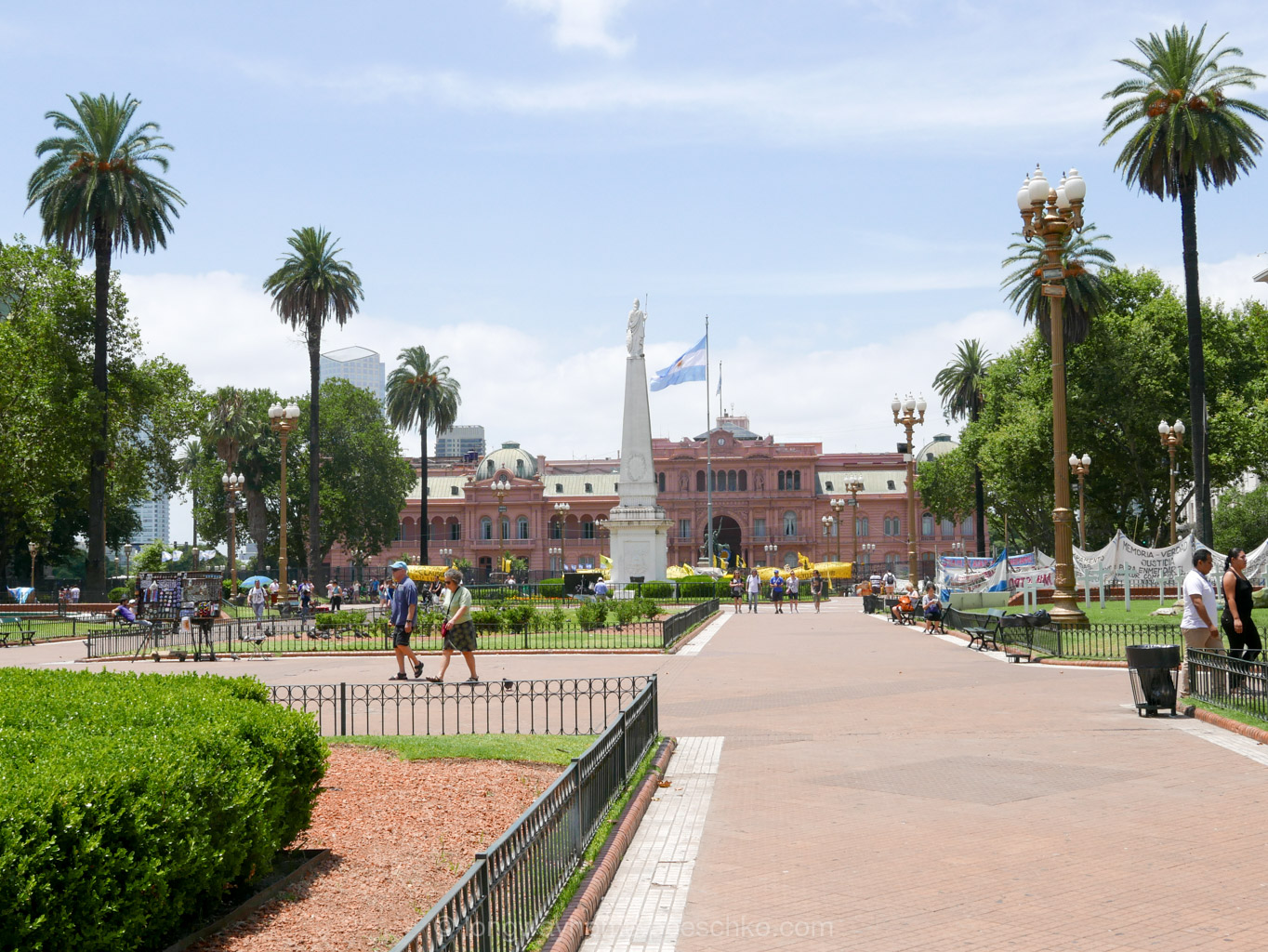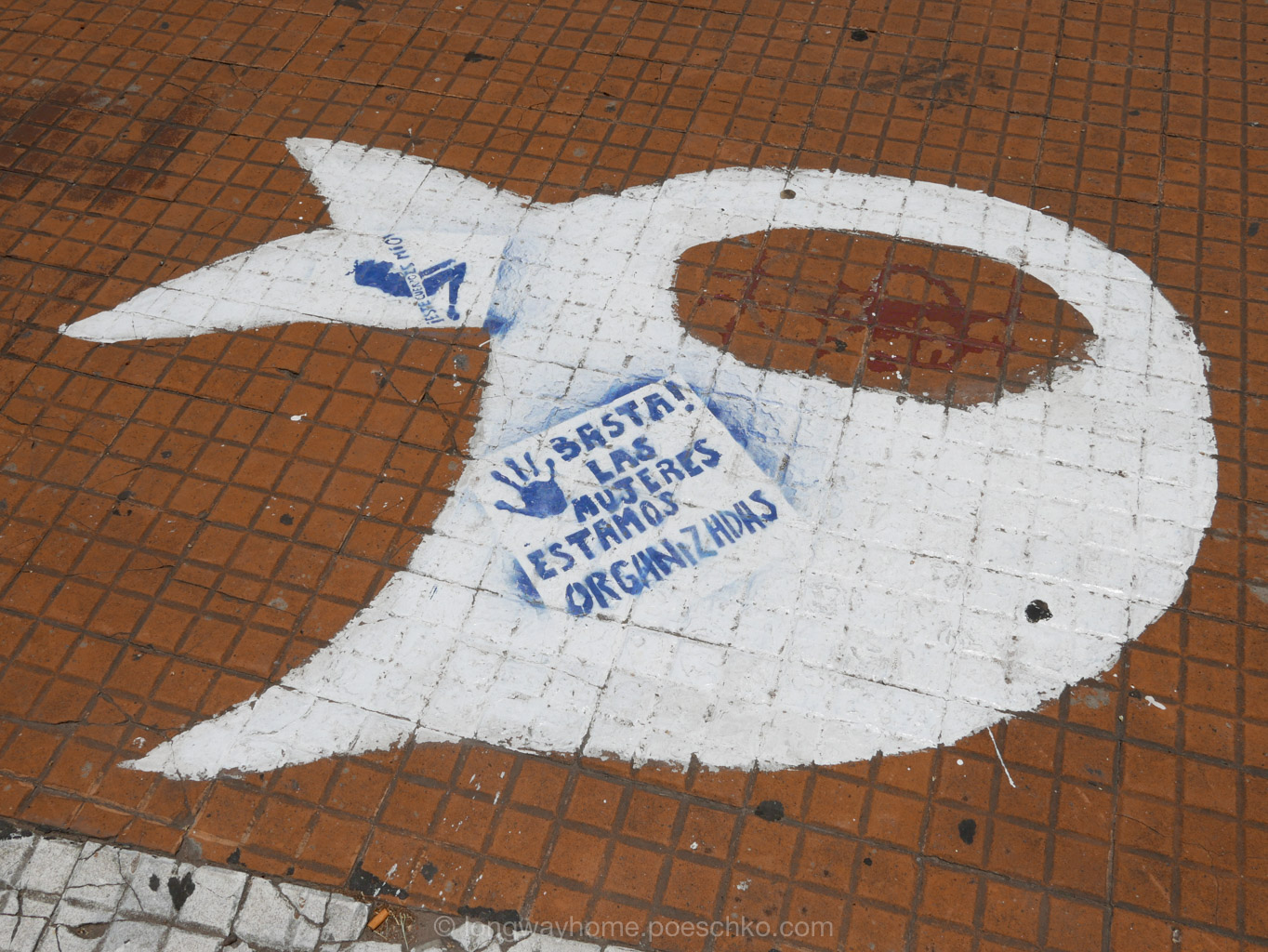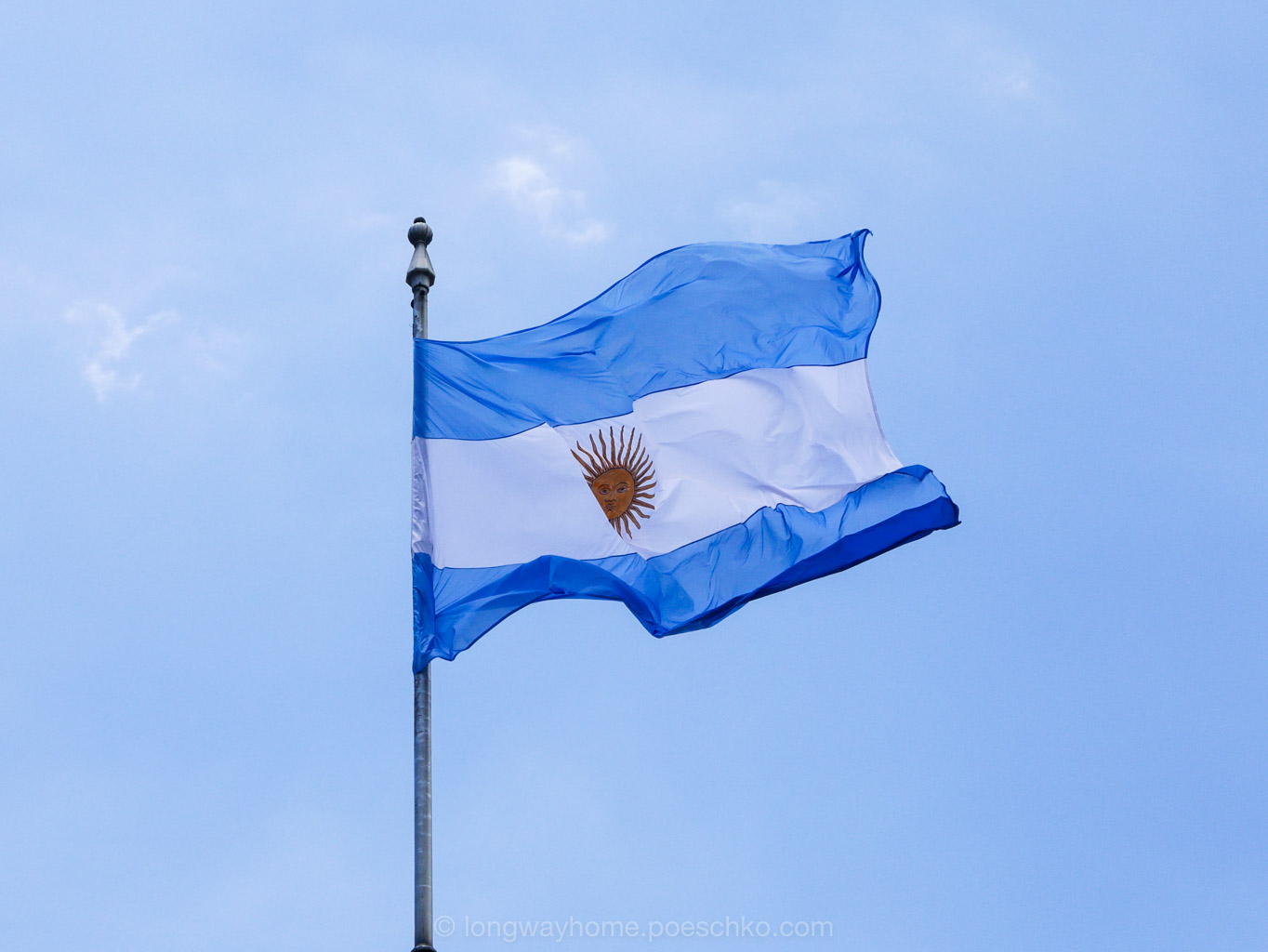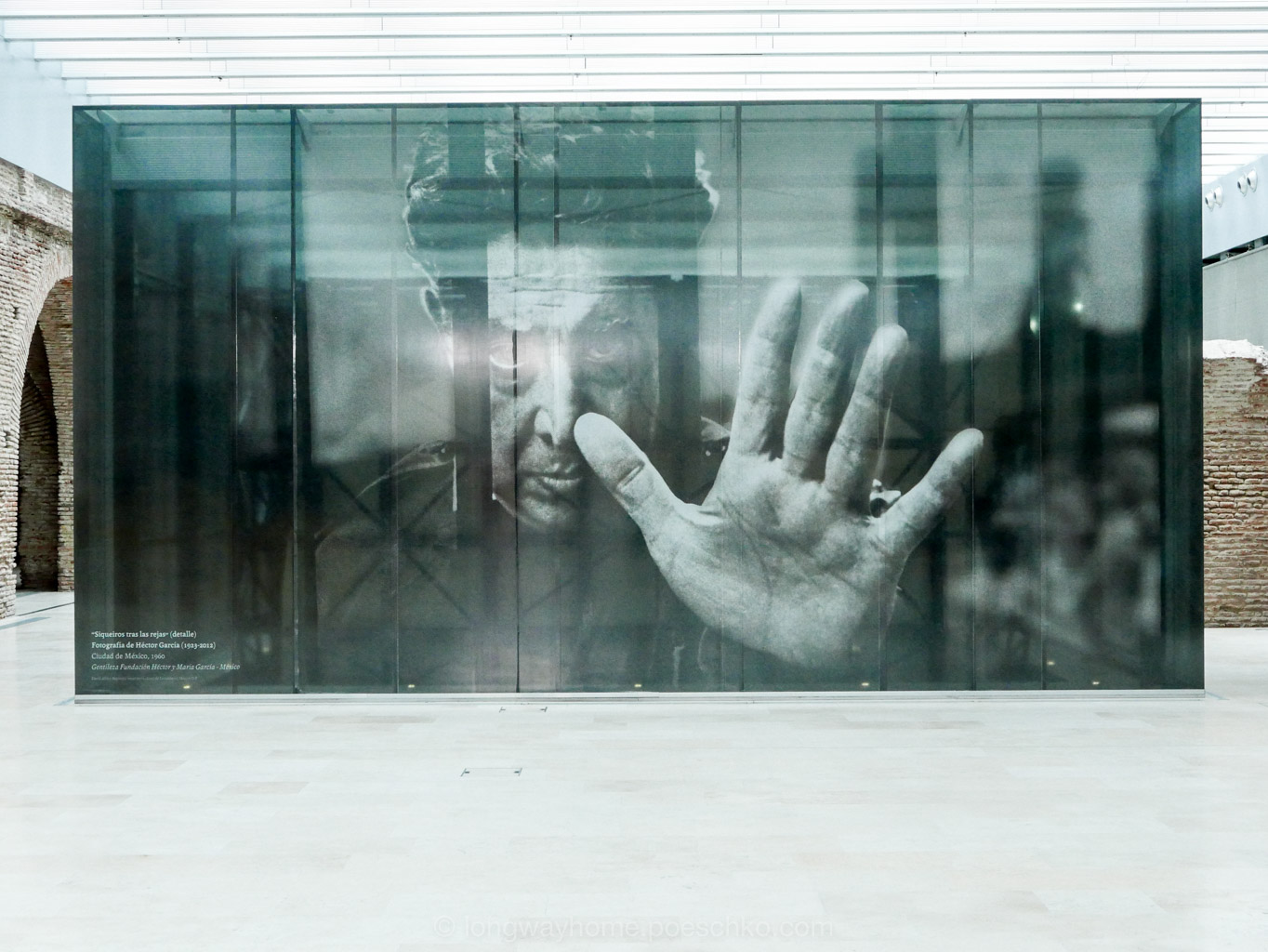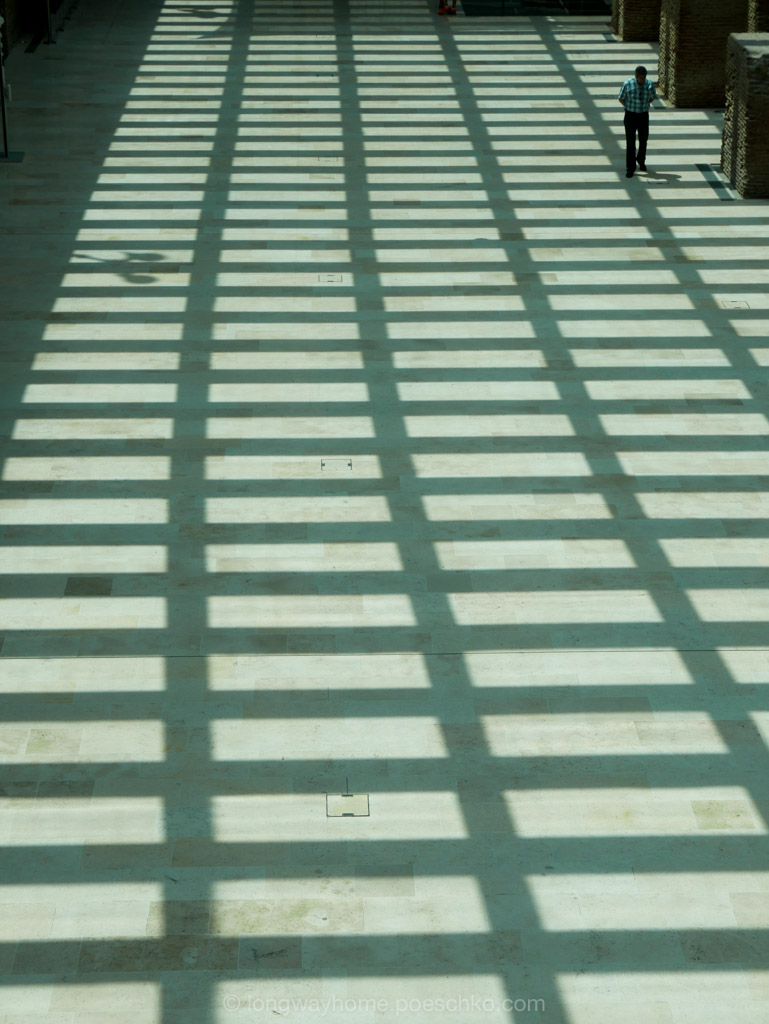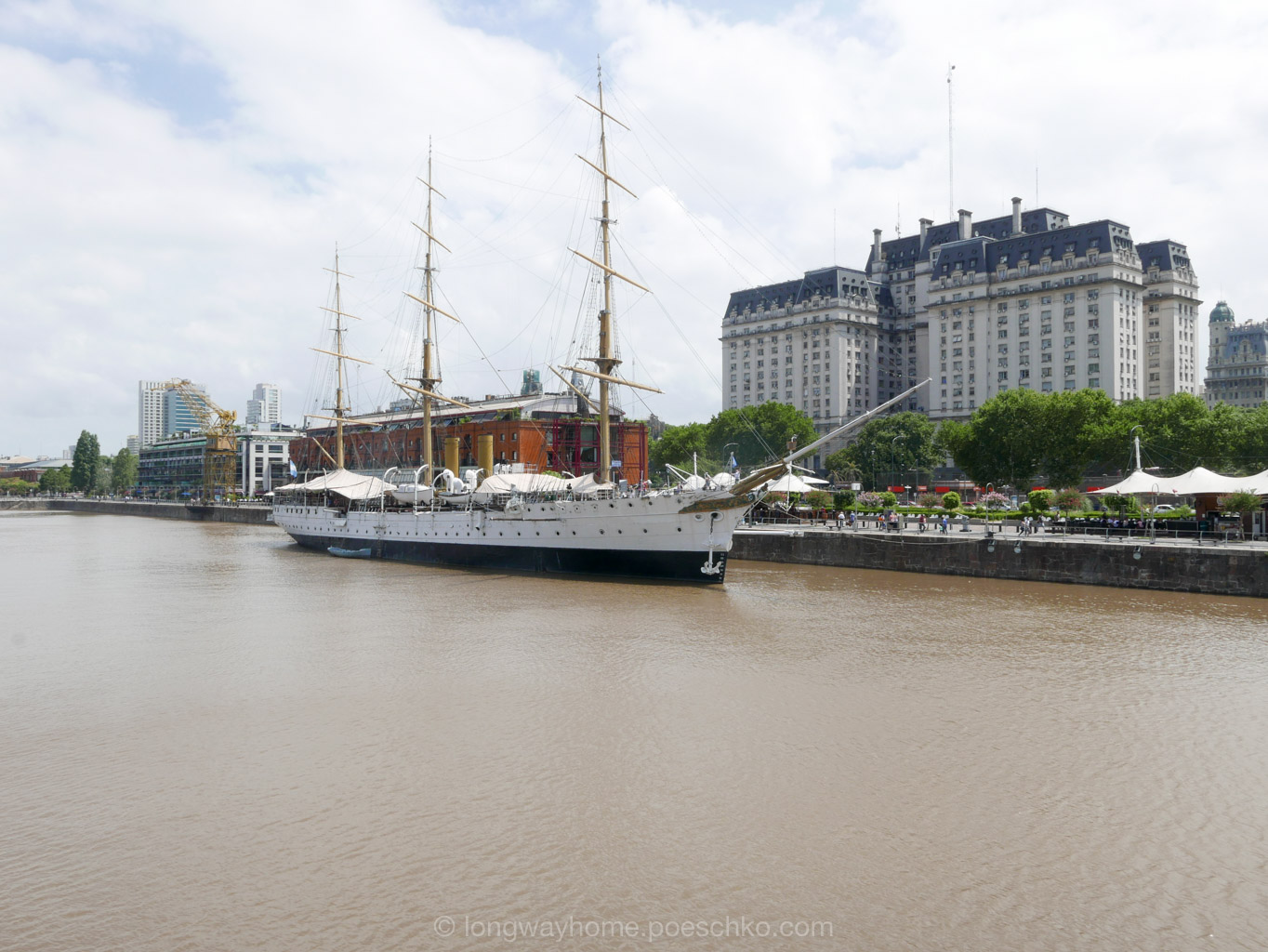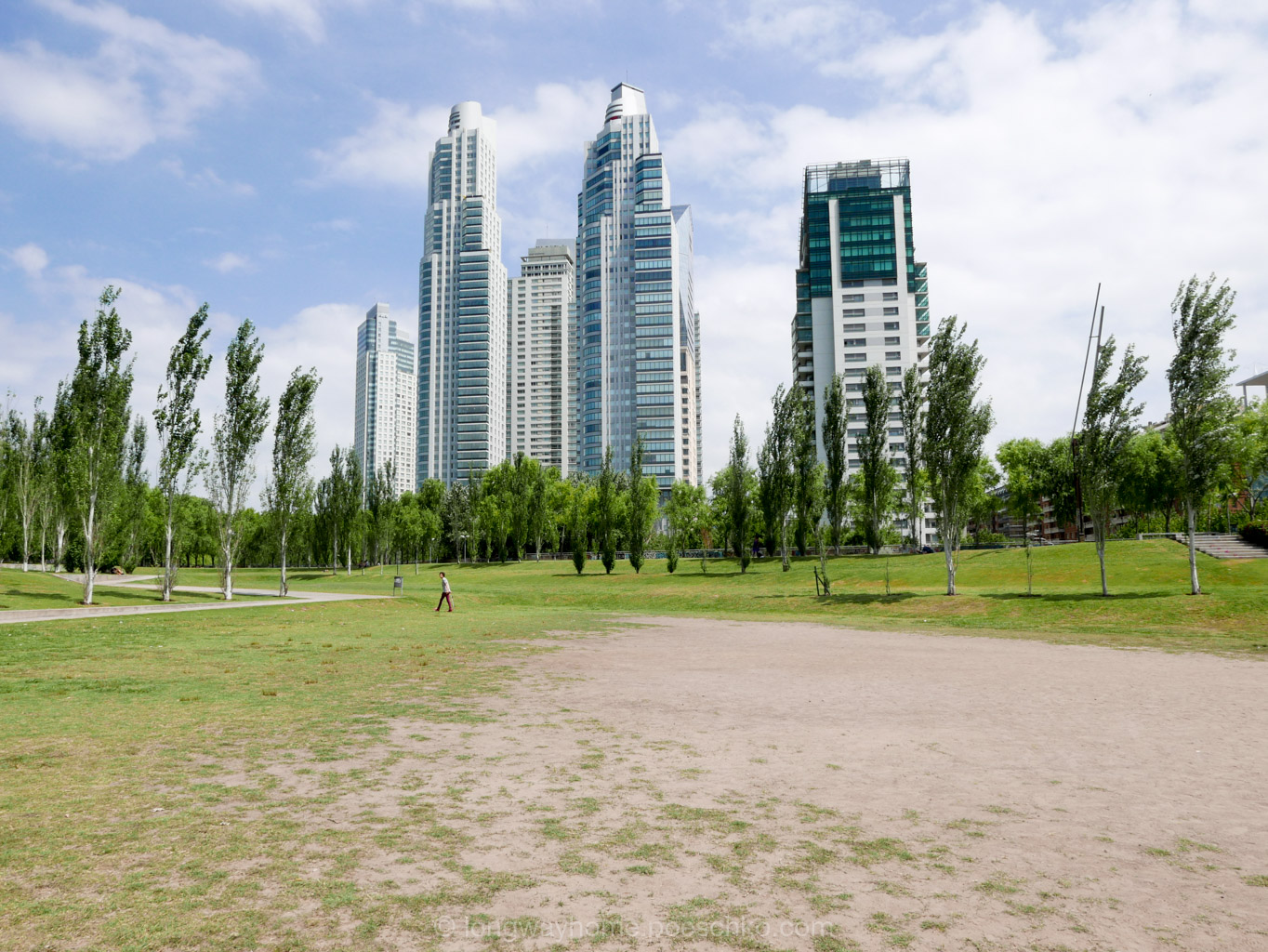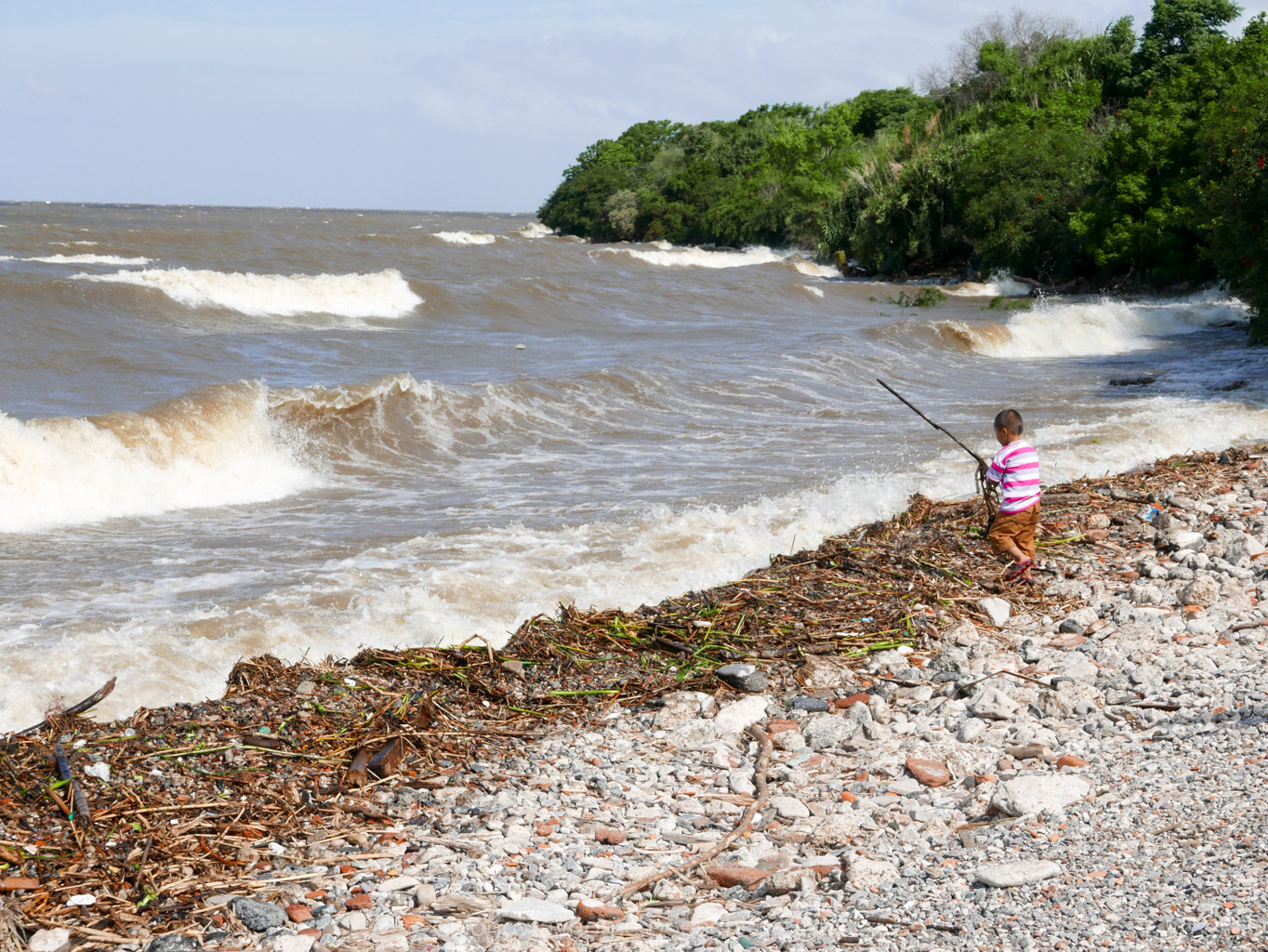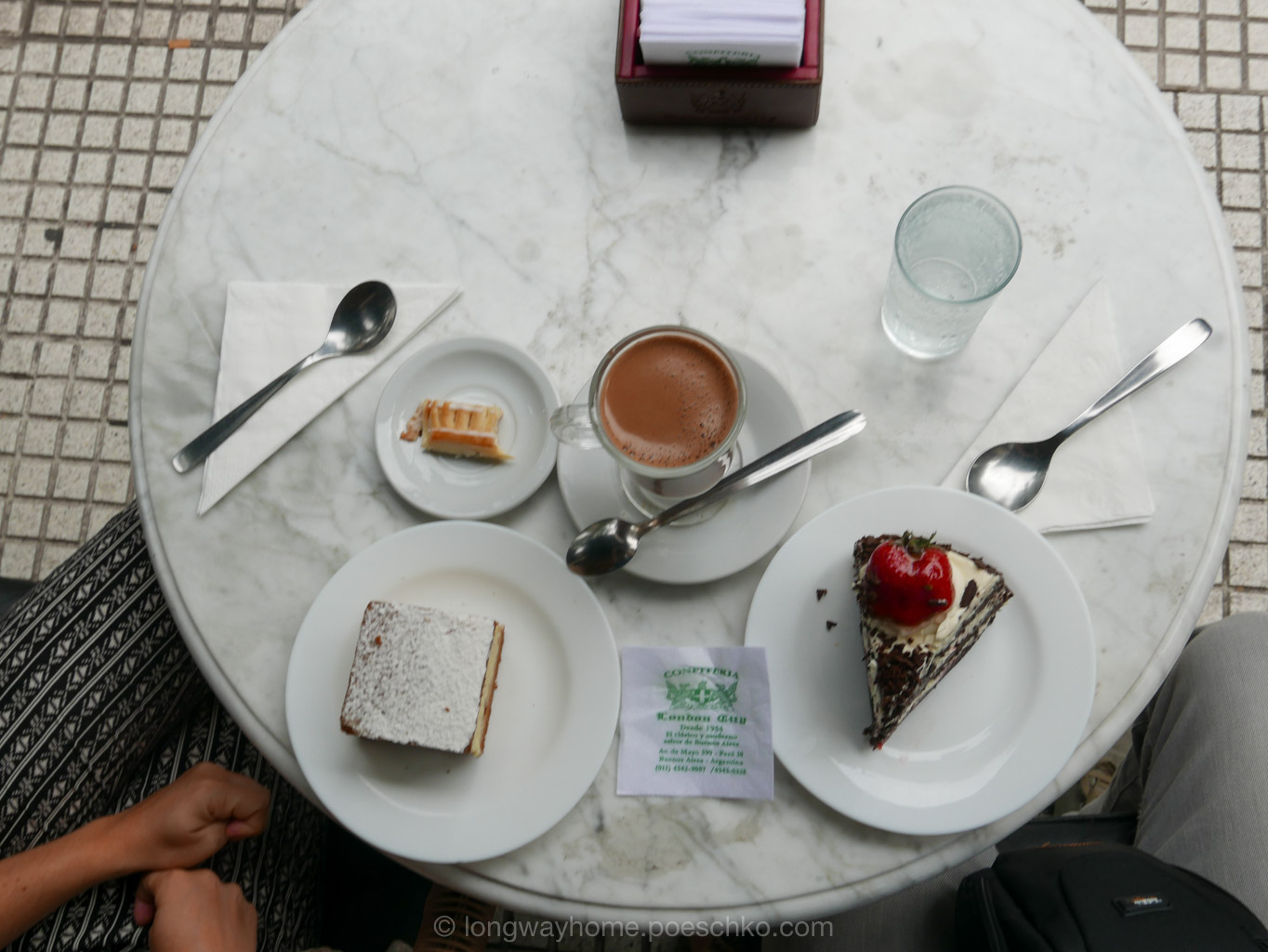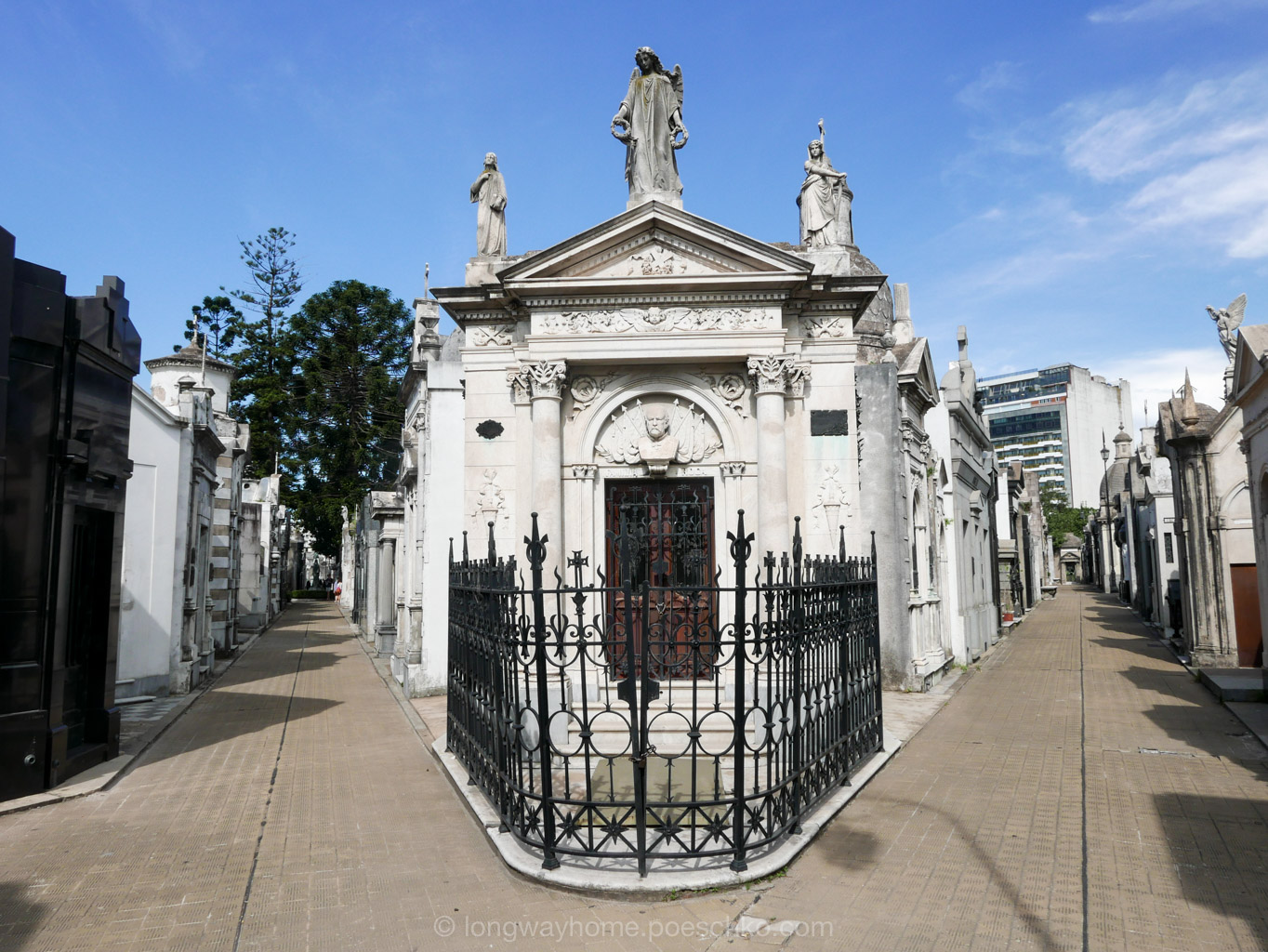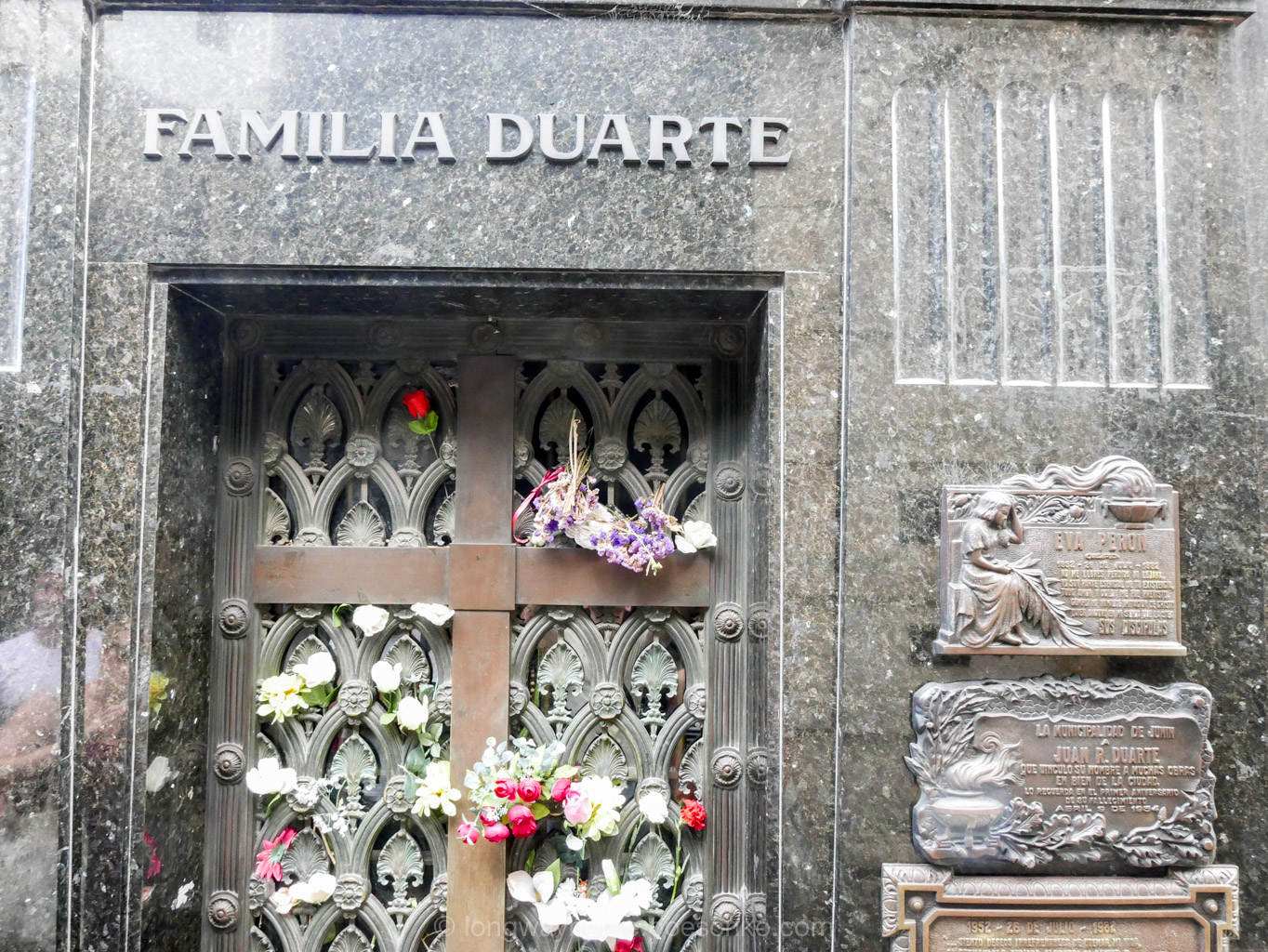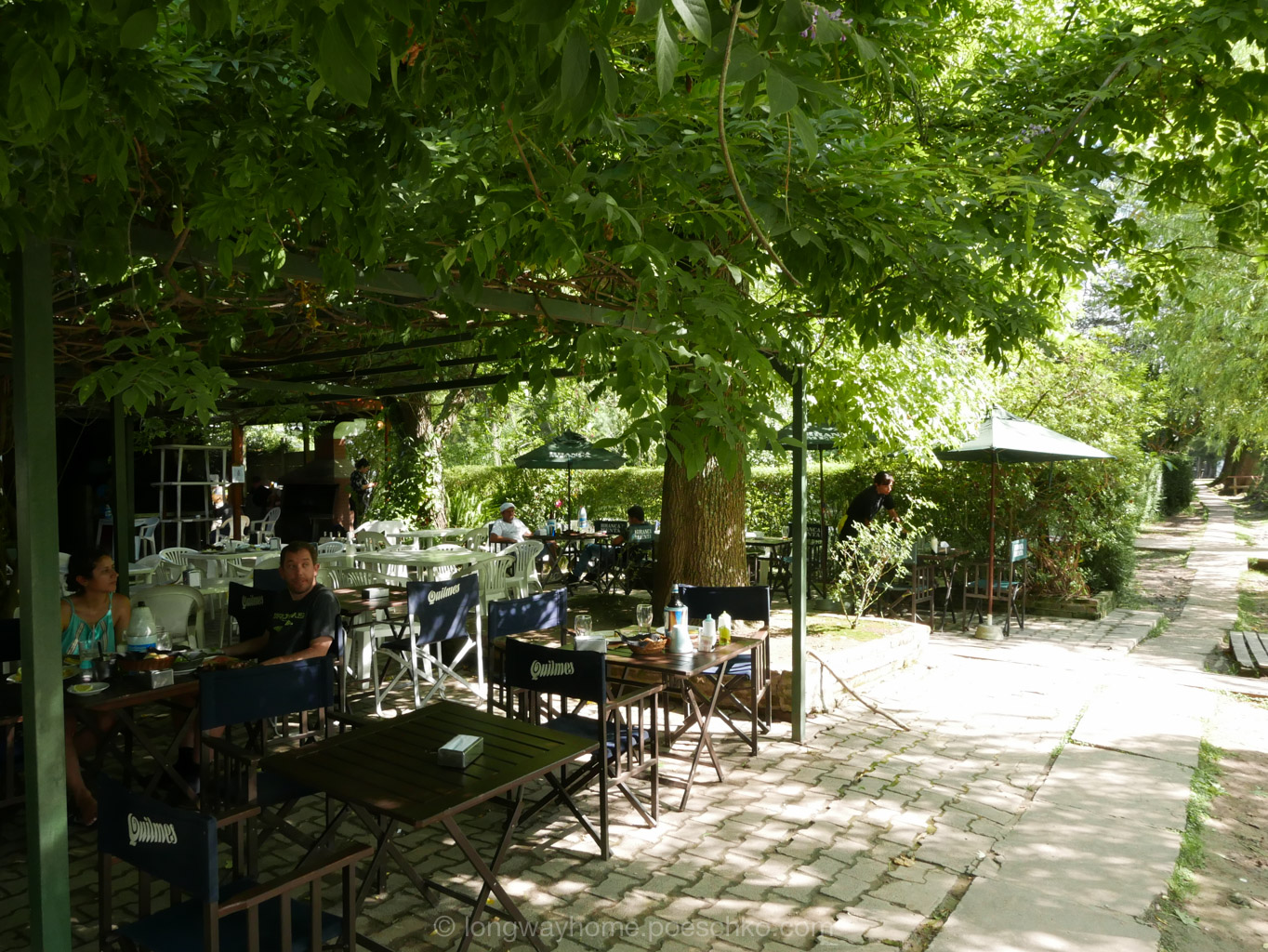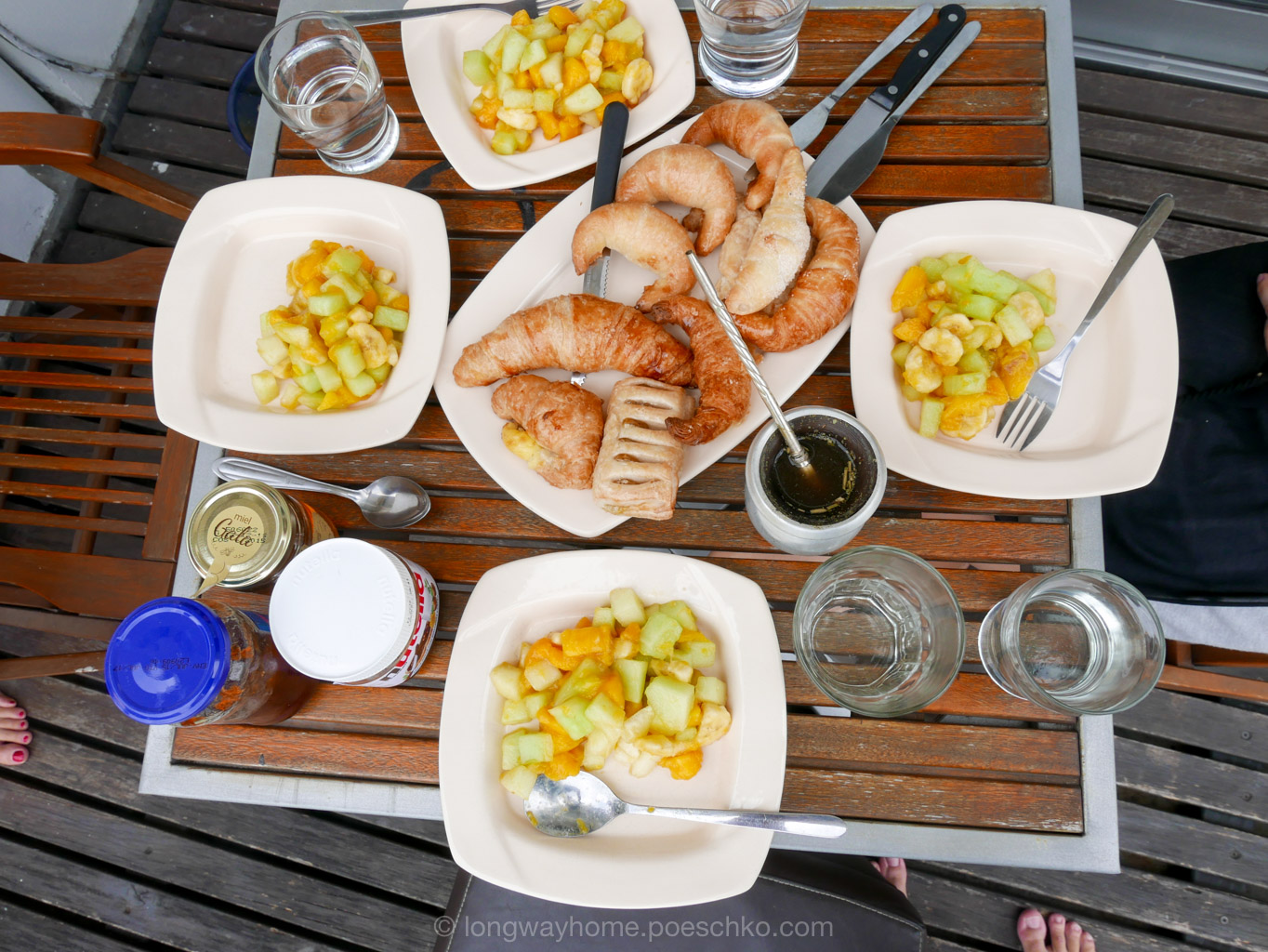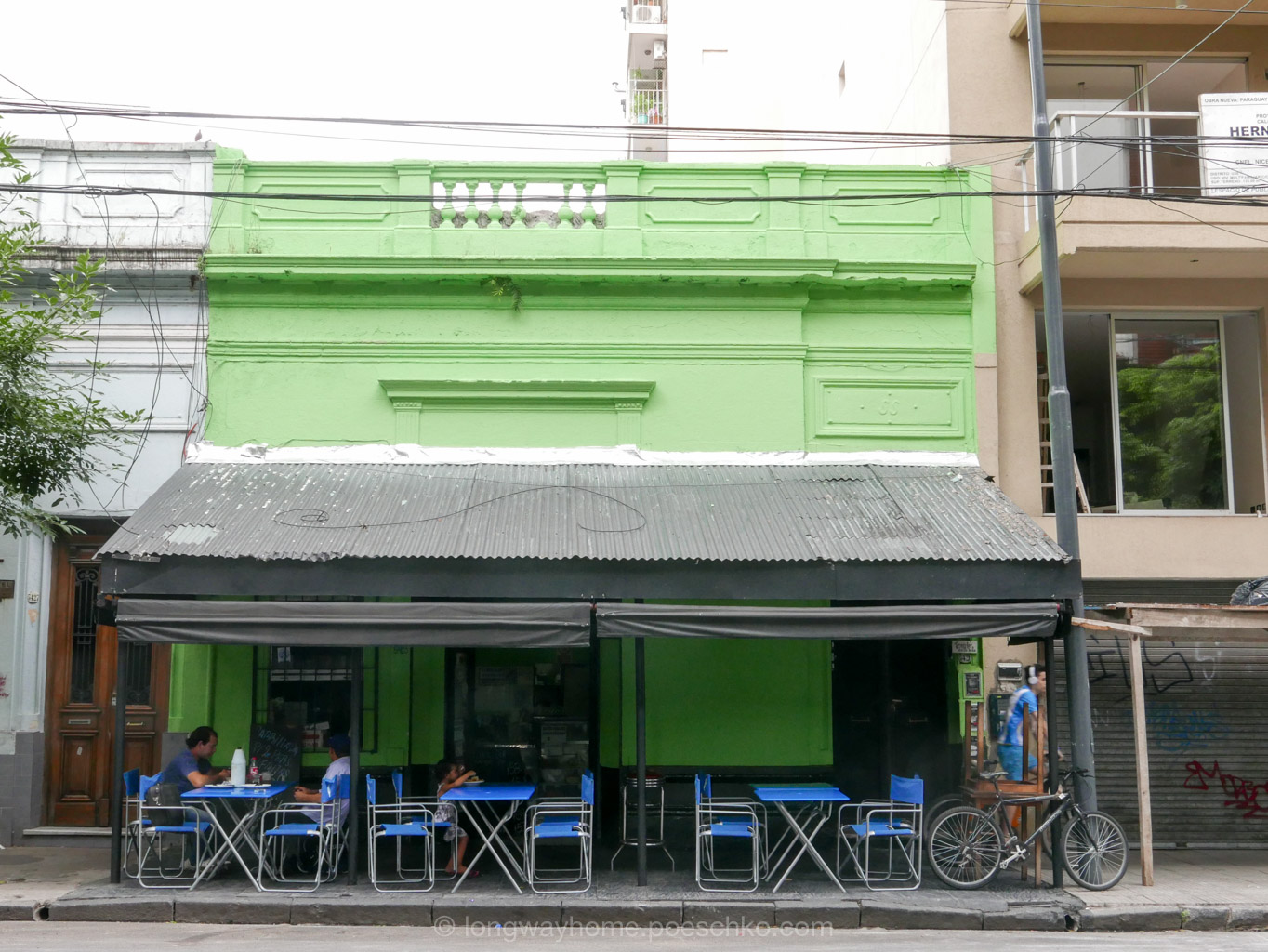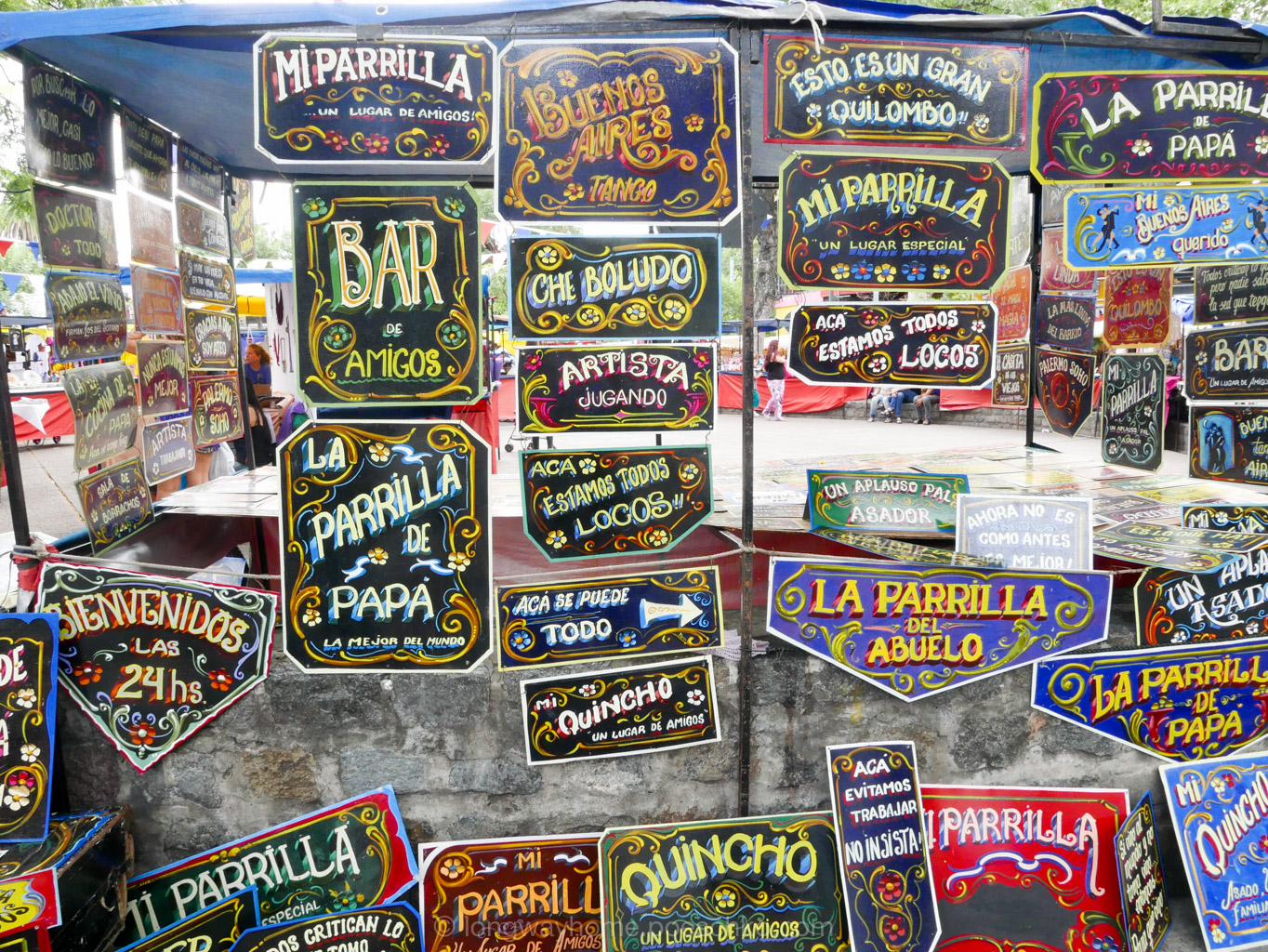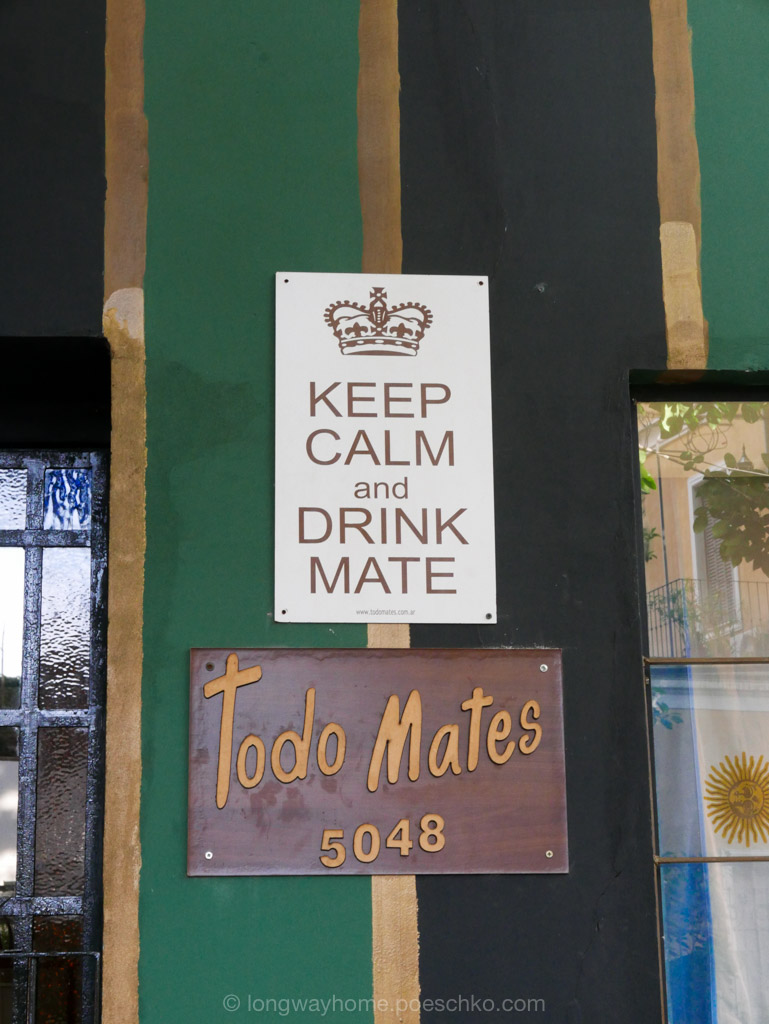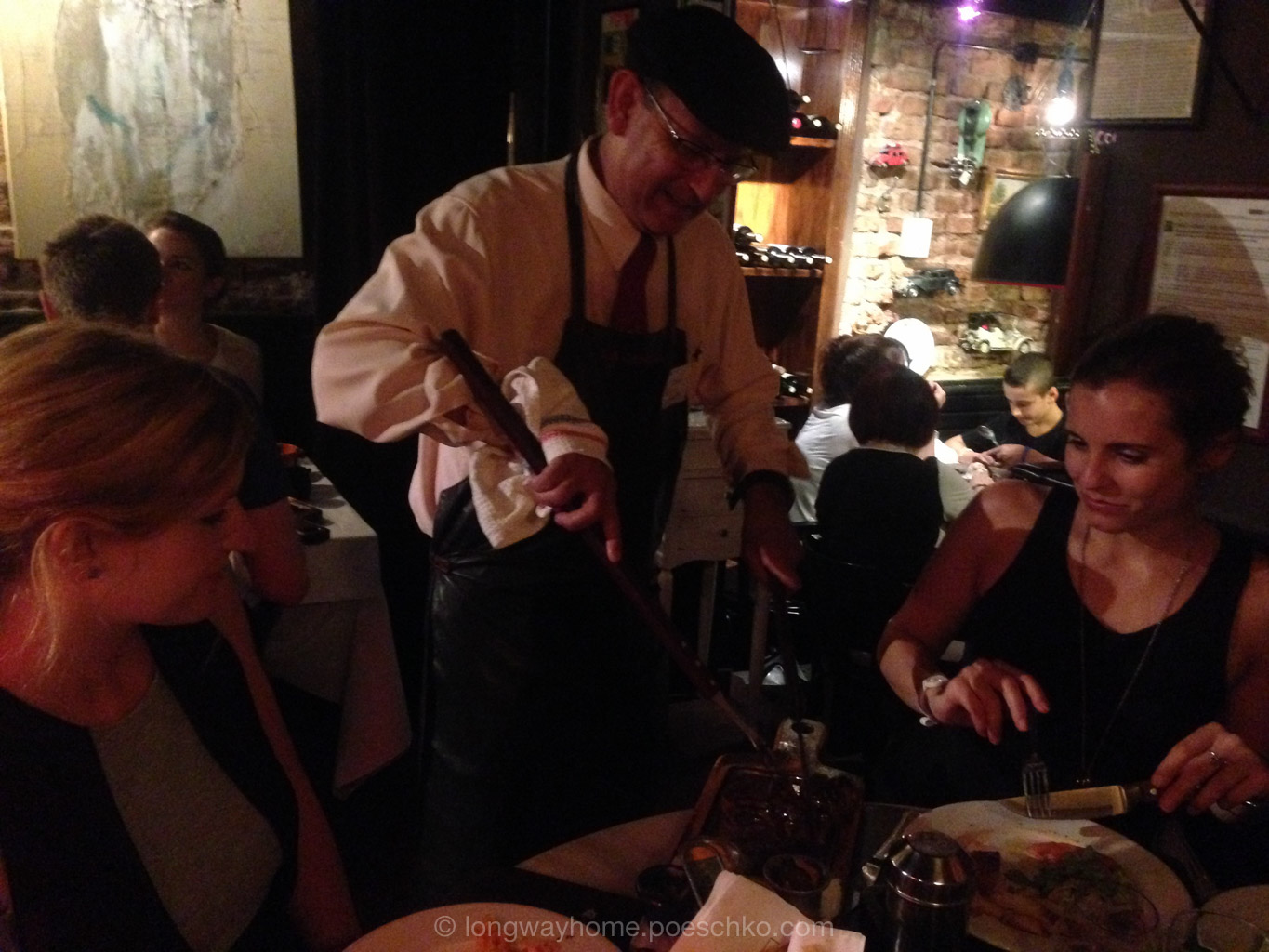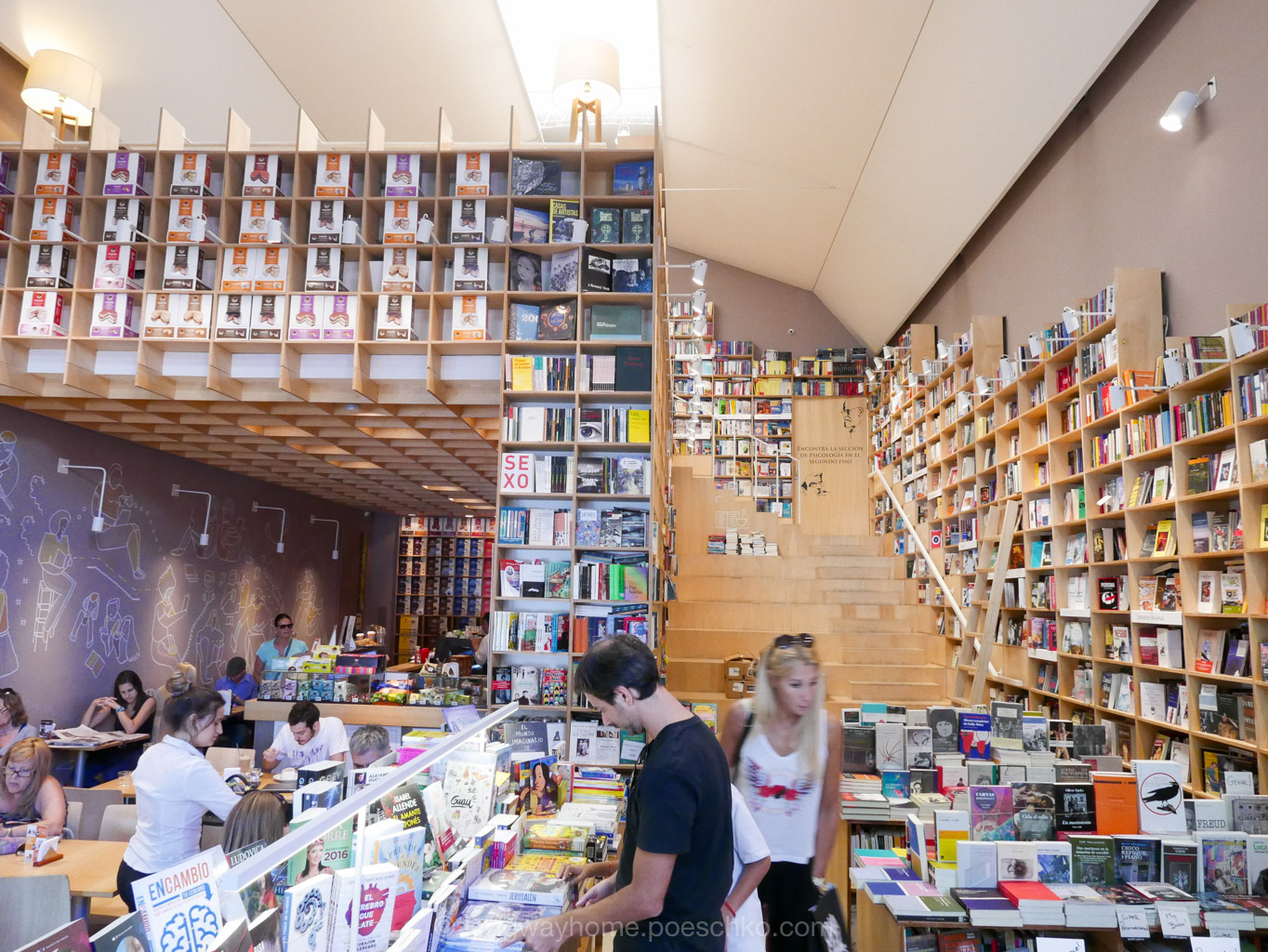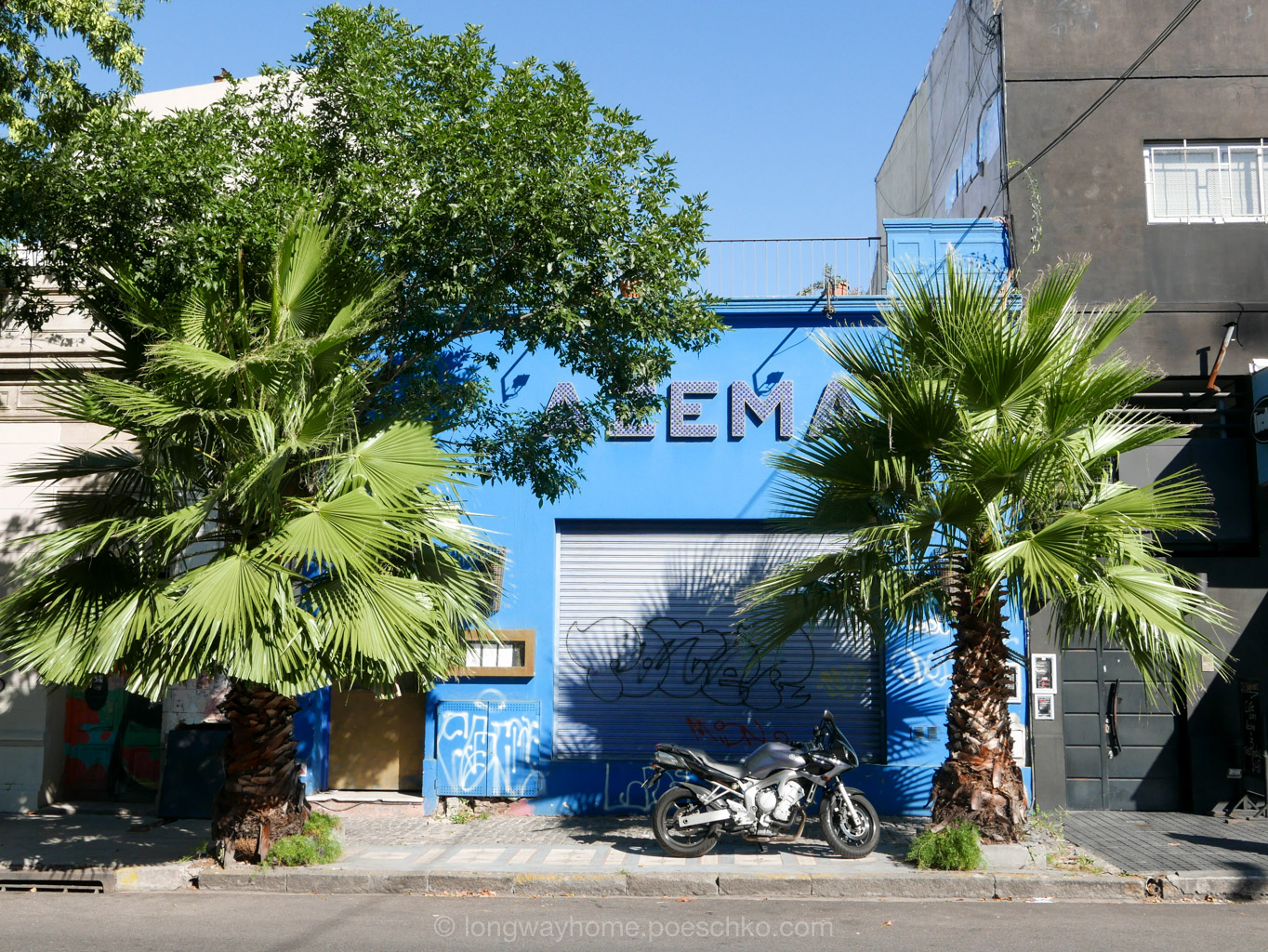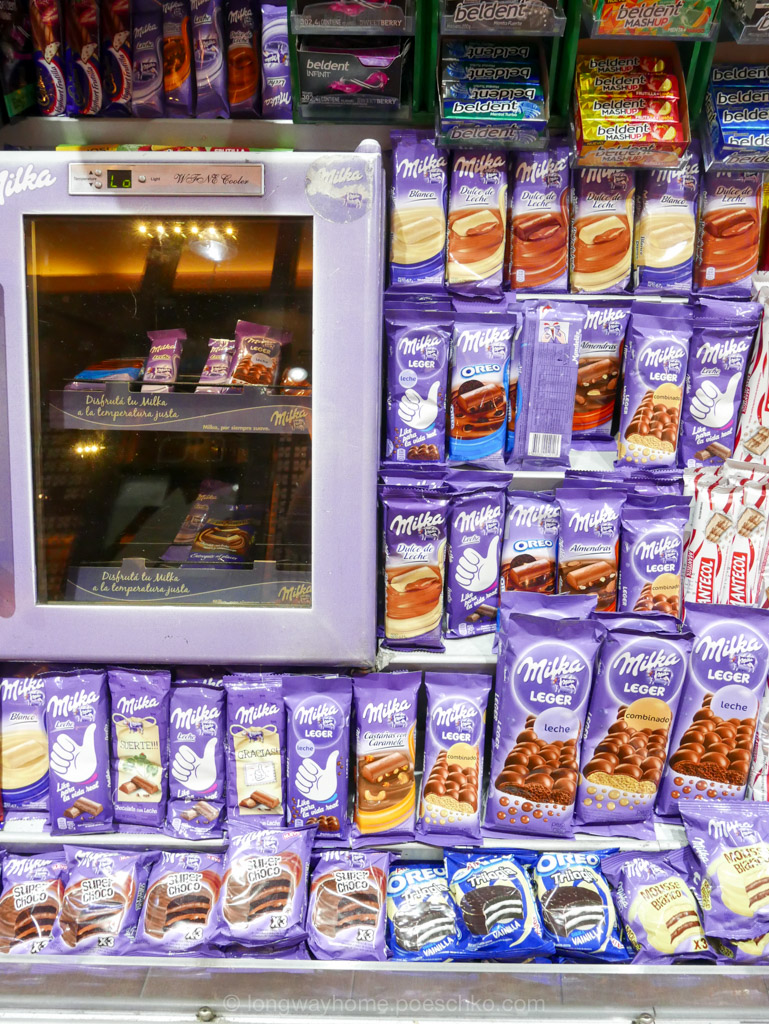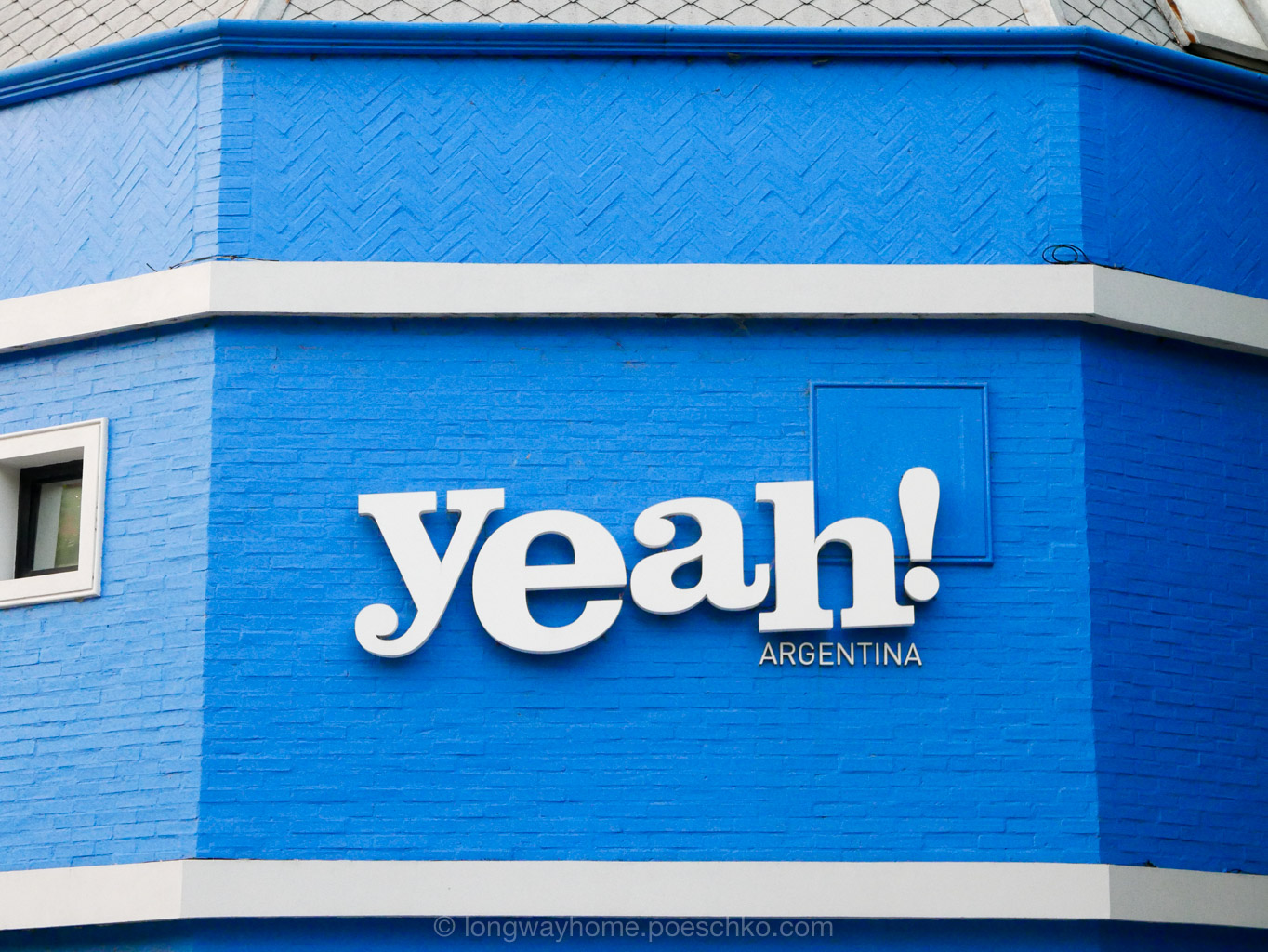We’ve now spent almost seven weeks in Buenos Aires, enjoying it a lot so far! After two months of traveling, first on the U.S. West Coast and then in Central America, our plan was to take it easy for a while: rent a nice AirBnB and return to our usual work and life routine.
What do we do all day?
We usually start another beautiful, warm summer day with a breakfast on the balcony. We take advantage of the variety of fresh and ripe fruits you get for a couple of pesos at almost every corner. Believe it or not, Simone even traded her daily cup of morning coffee for mate, a bitter but for Argentinians indispensable kind of tea that you sip through a bombilla (a metal straw with a filter in the lower end to separate the mate infusion from the leaves). In parks, on street benches, in buses you see people carrying the distinctly shaped mate cup and a thermos flask of various sizes and sipping calmly the drink of, admittedly, rather acquired taste.
Then, either Jan or Simone go to Spanish class with Mónica. Jan works on his basic Spanish while Simone just needed to pay somebody whom she can talk Spanish to.
From noon on it’s usually work, which we occasionally interrupt for a small merienda in the afternoon (a very popular sweet afternoon snack typically consisting of café con leche and medialunas—tiny delicious croissants).
If you want to learn more about Argentine food (from a foreigner’s perspective), read Argentina on Two Steaks a Day:
The classic beginner’s mistake in Argentina is to neglect the first steak of the day. You will be tempted to just peck at it or even skip it altogether, rationalizing that you need to save yourself for the much larger steak later that night. But this is a false economy, like refusing to drink water in the early parts of a marathon.
Can’t add much to that. The steaks here are great.
Nightlife in BA starts notoriously late. Restaurants get crowded by 9pm, bars by 11pm and clubs around 3am. To be honest, we hardly ever made it that far (late). Going out in Palermo is amazing, though! Half a barrio full of street bars and restaurants, unpretentious, relaxed people (porteños) and everything within walking distance from our place.
The Paris (and Barcelona, and Italy) of the South
BA is somehow the perfect mix between Barcelona, Paris and Italy. With its obvious Italian heritage (that doesn’t only manifest itself in pizza and pasta and the more melodious intonation of Spanish), its ample cut-off street corners boasting corner cafés and restaurants, its Baron Haussmann-esque boulevards and many small fruterías, shops, kioscos, countless bars and confiterías and busy street life, we immediately fell in love with Buenos Aires.
Although we visited the places and sights our guide book recommended—such as the Obelisco, la Casa Rosada, San Telmo, the Recoleta cemetery—the city’s main attraction lies in wandering through the nice barrios of Palermo and Recoleta.
It’s especially nice when you walk those barrios with friends. Thanks for visiting, Maria & Anna and Lisa, Anna & Babsi!
Comment and share
